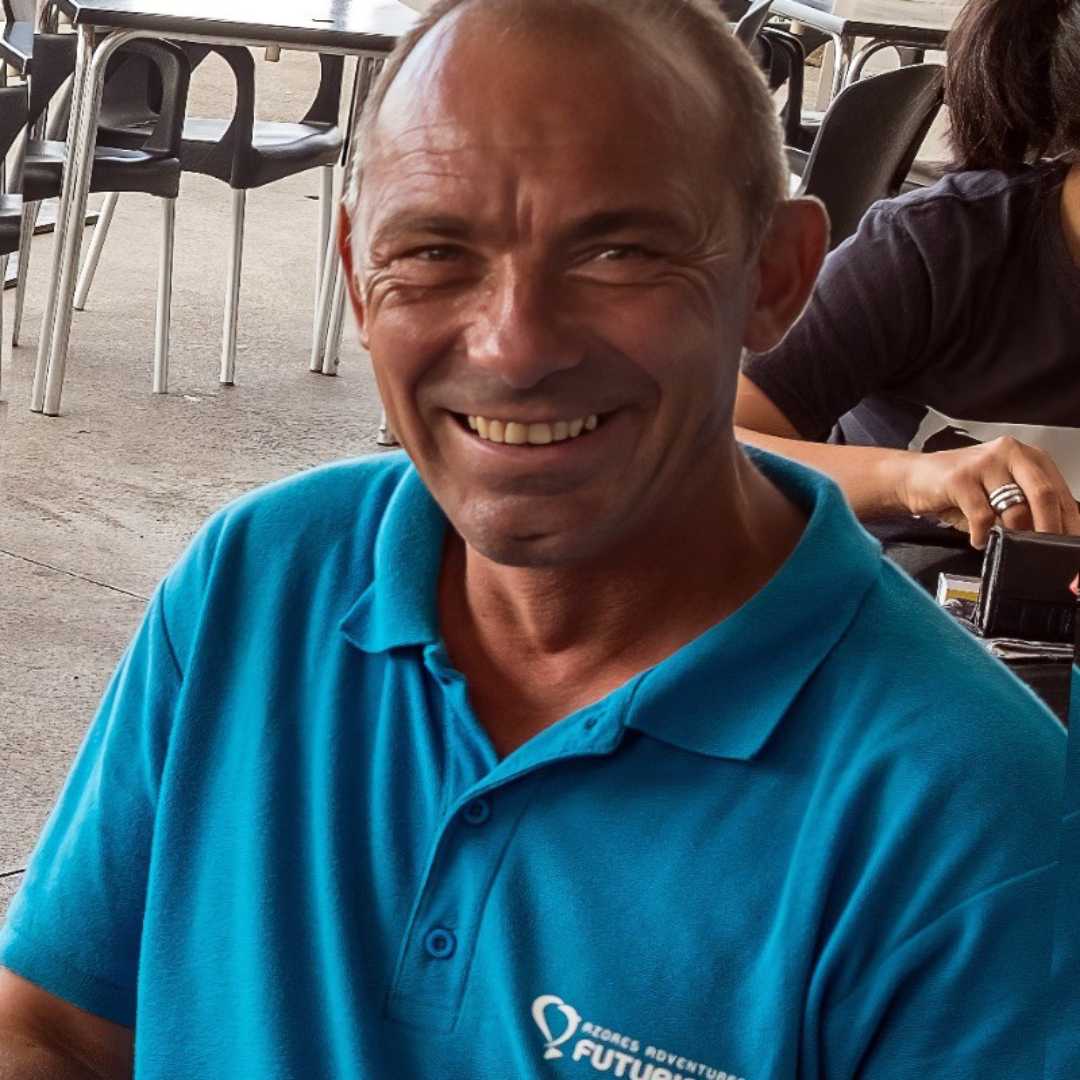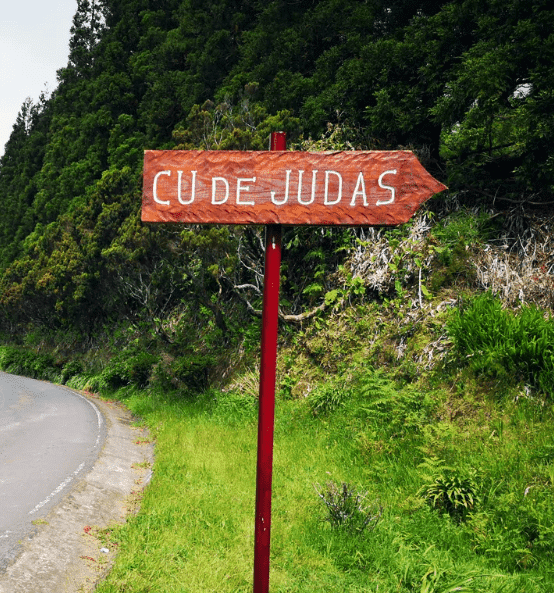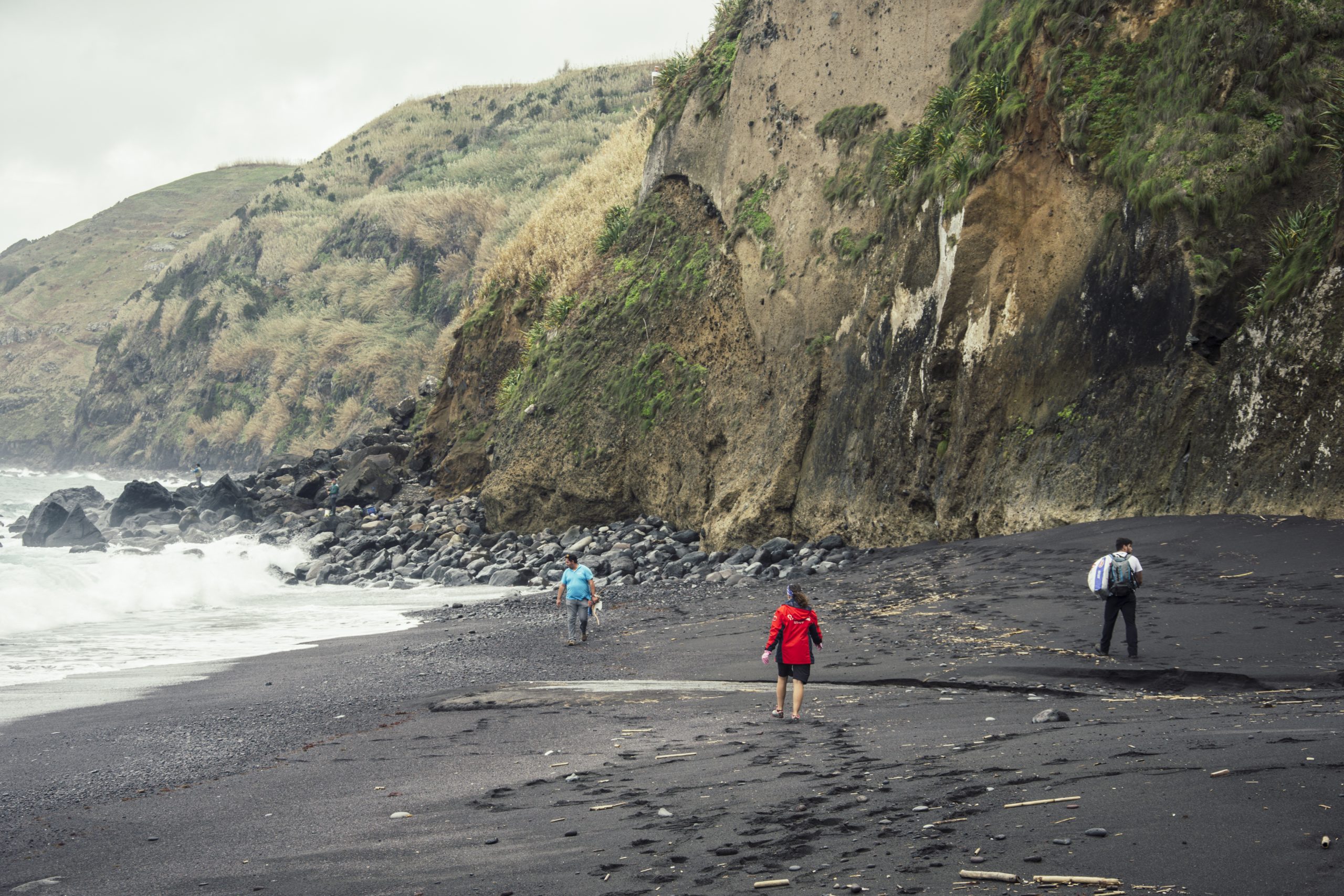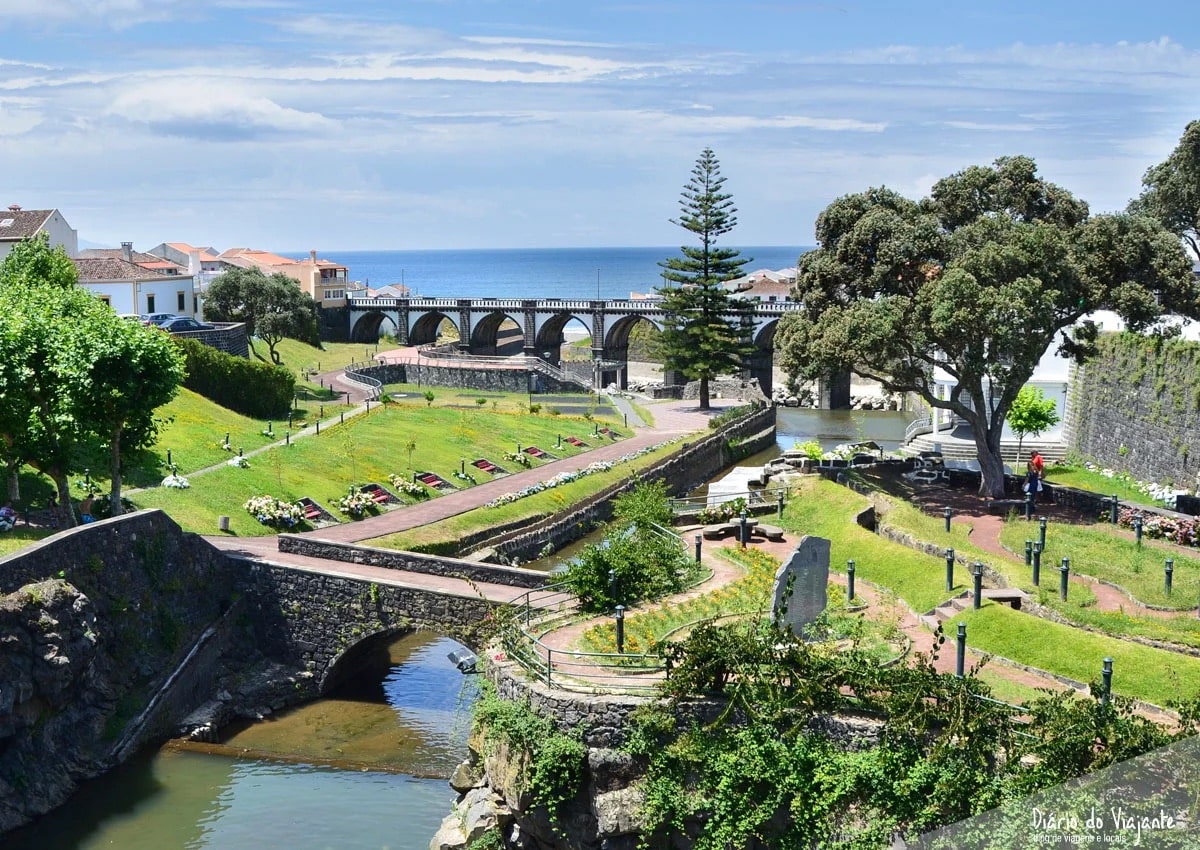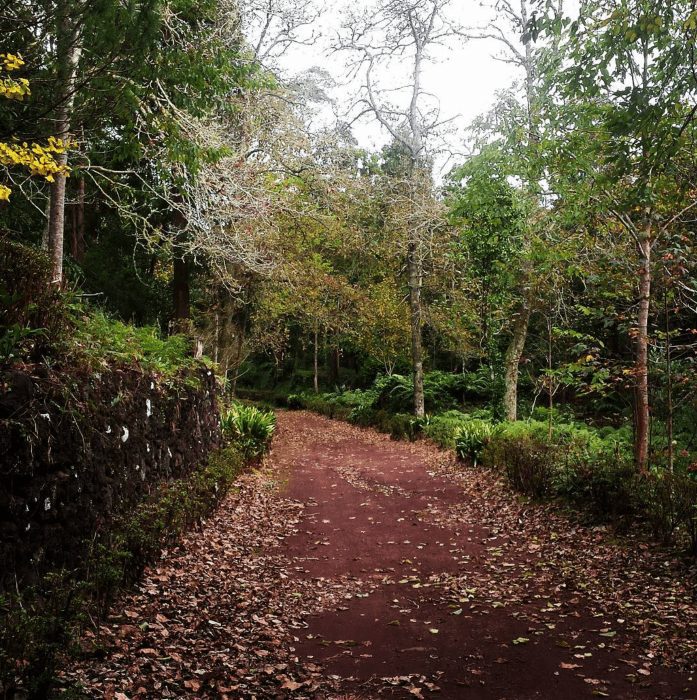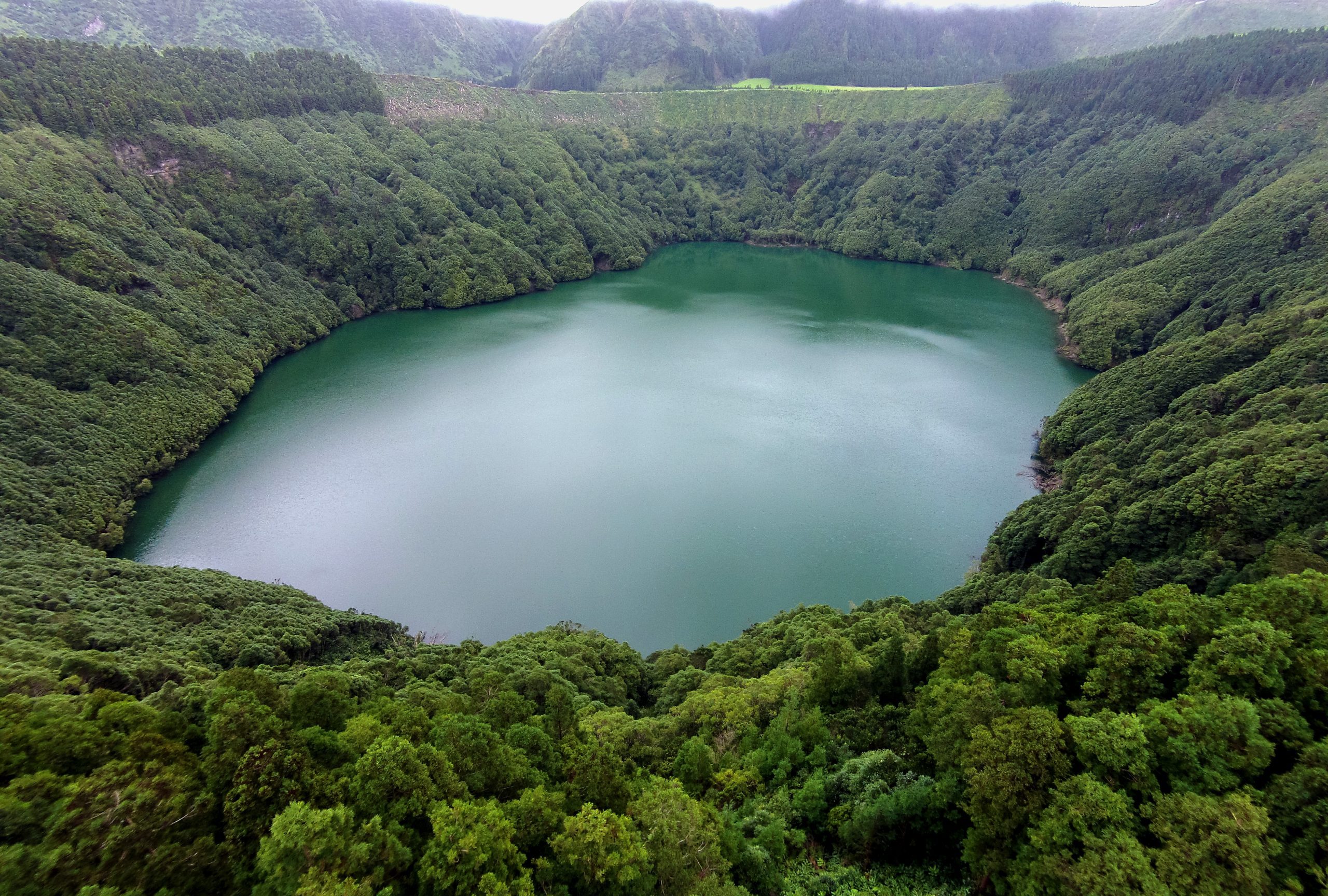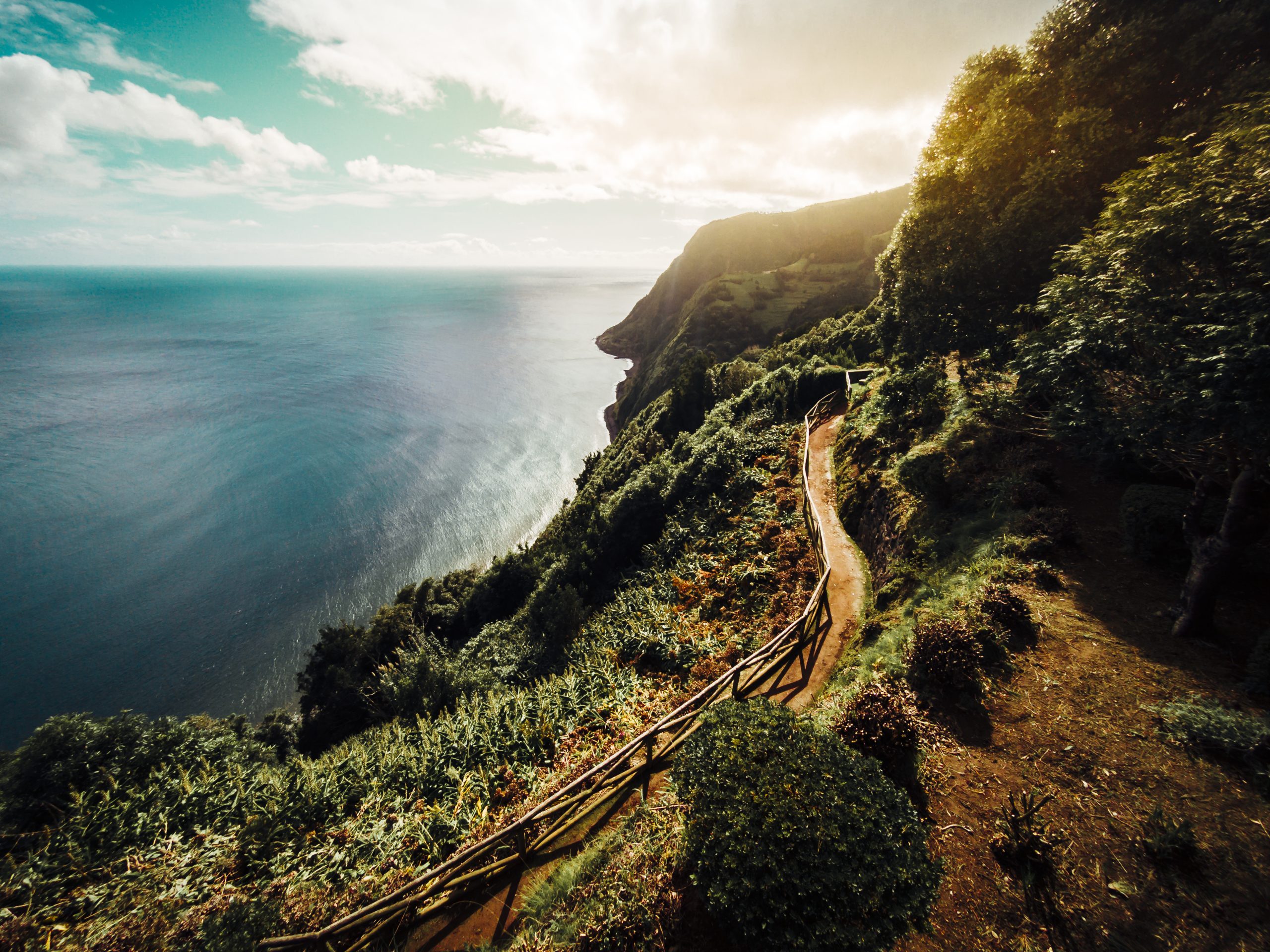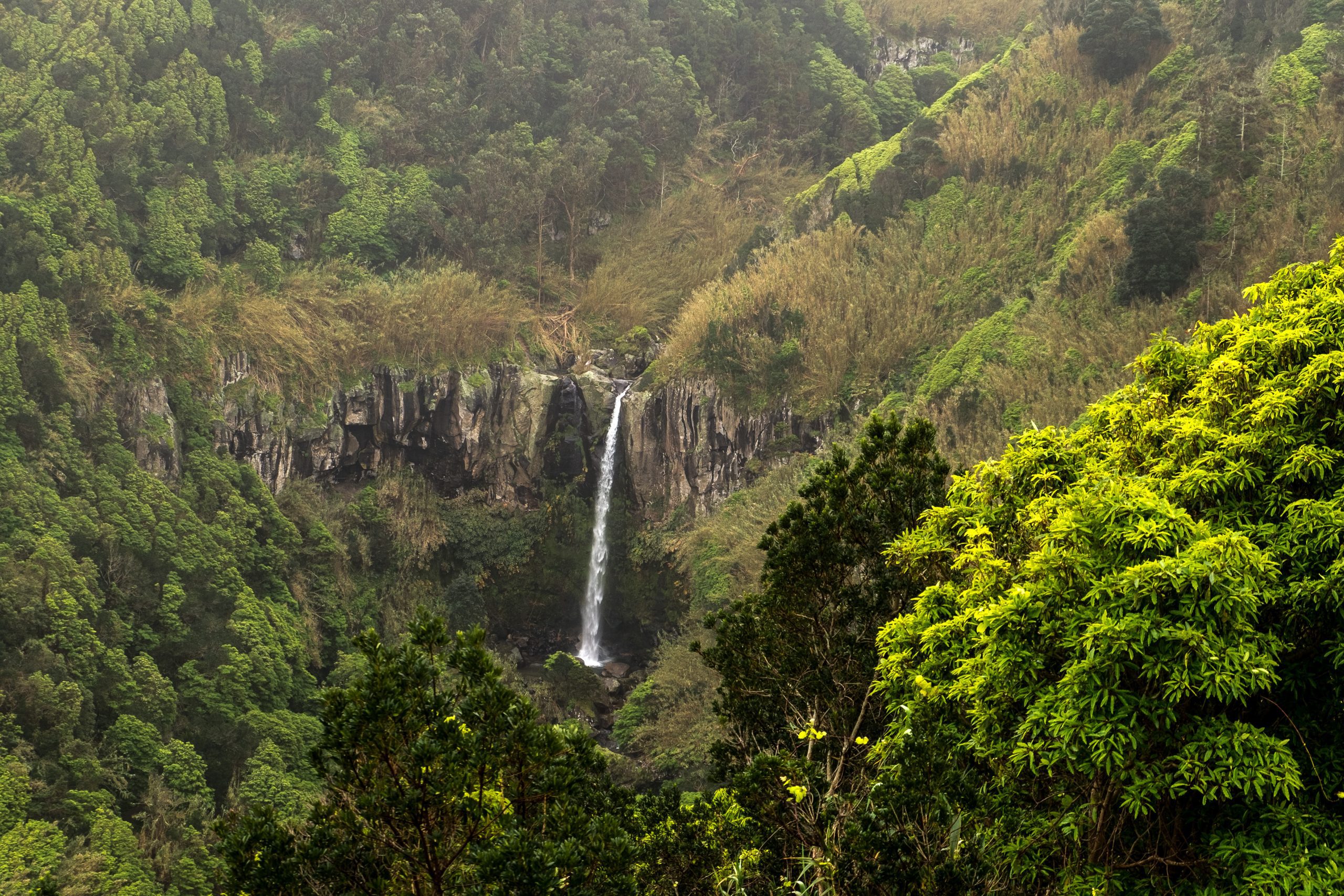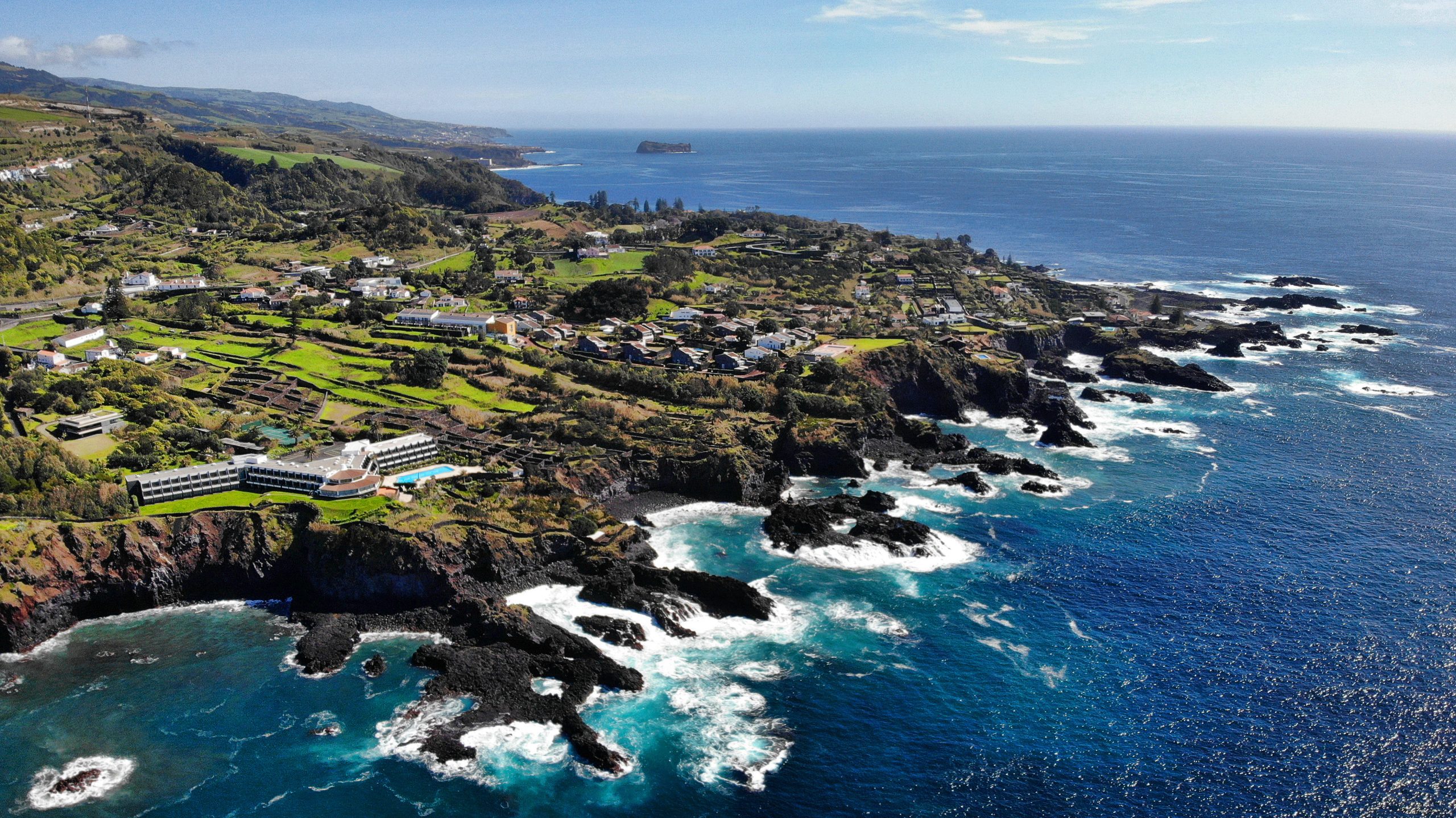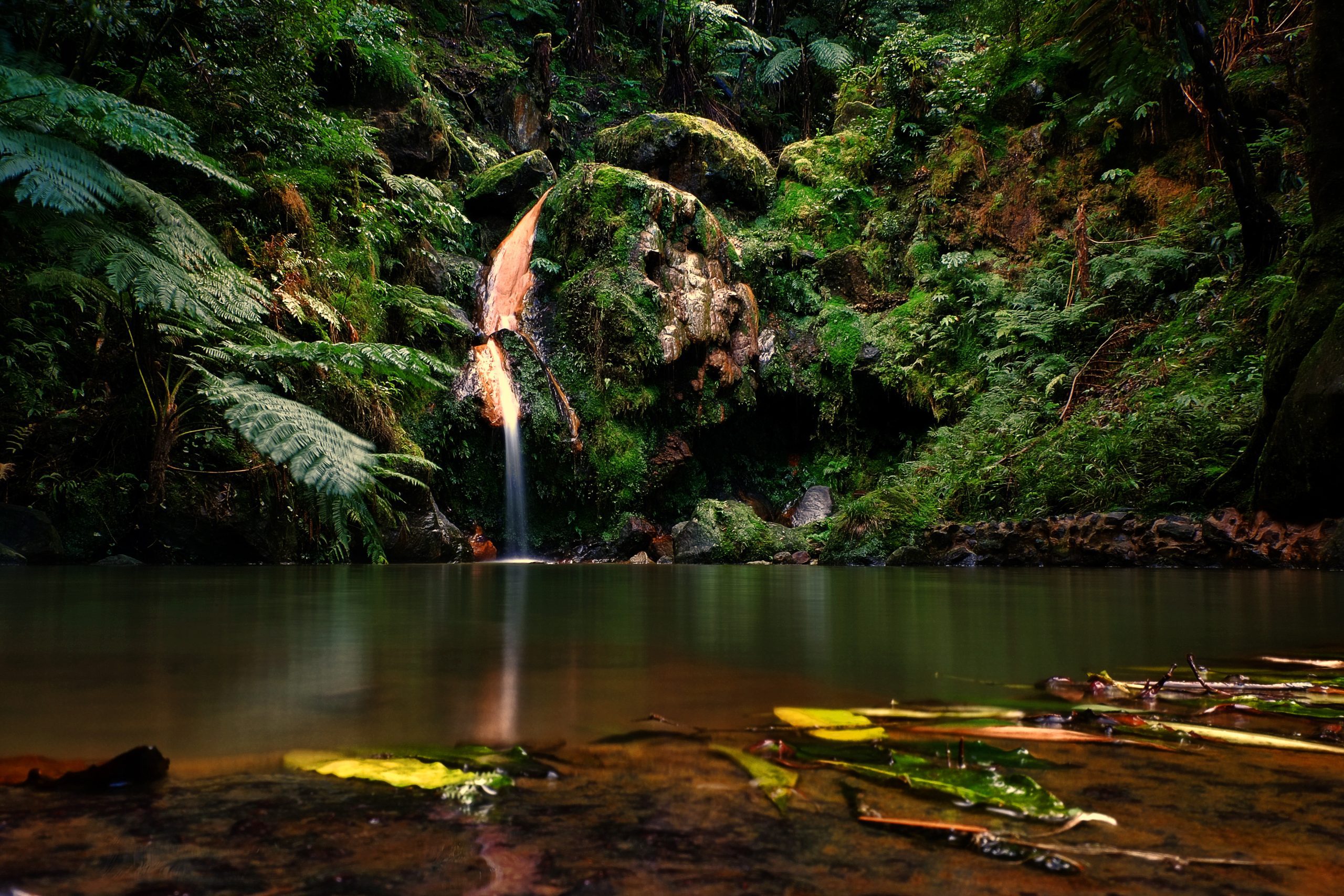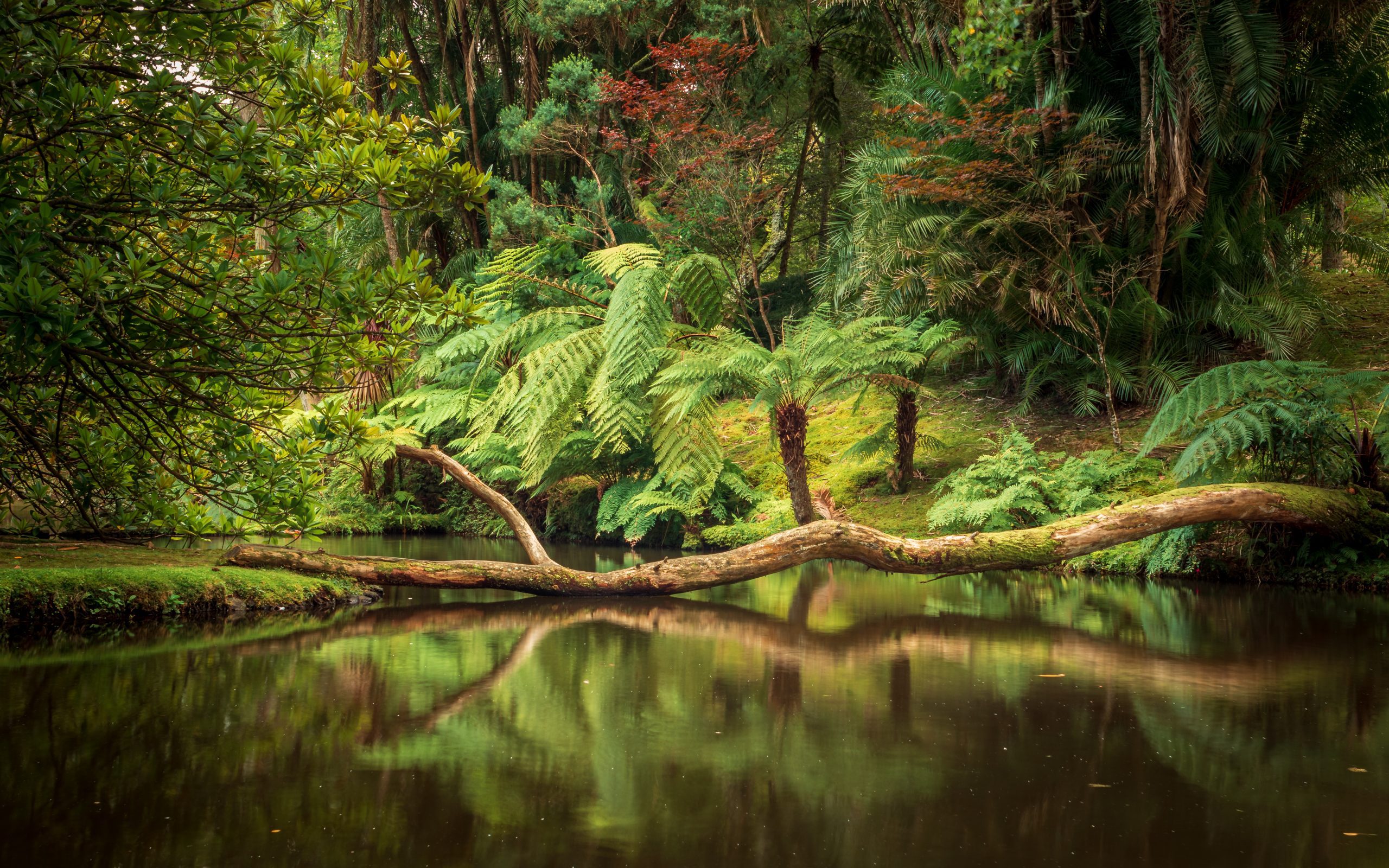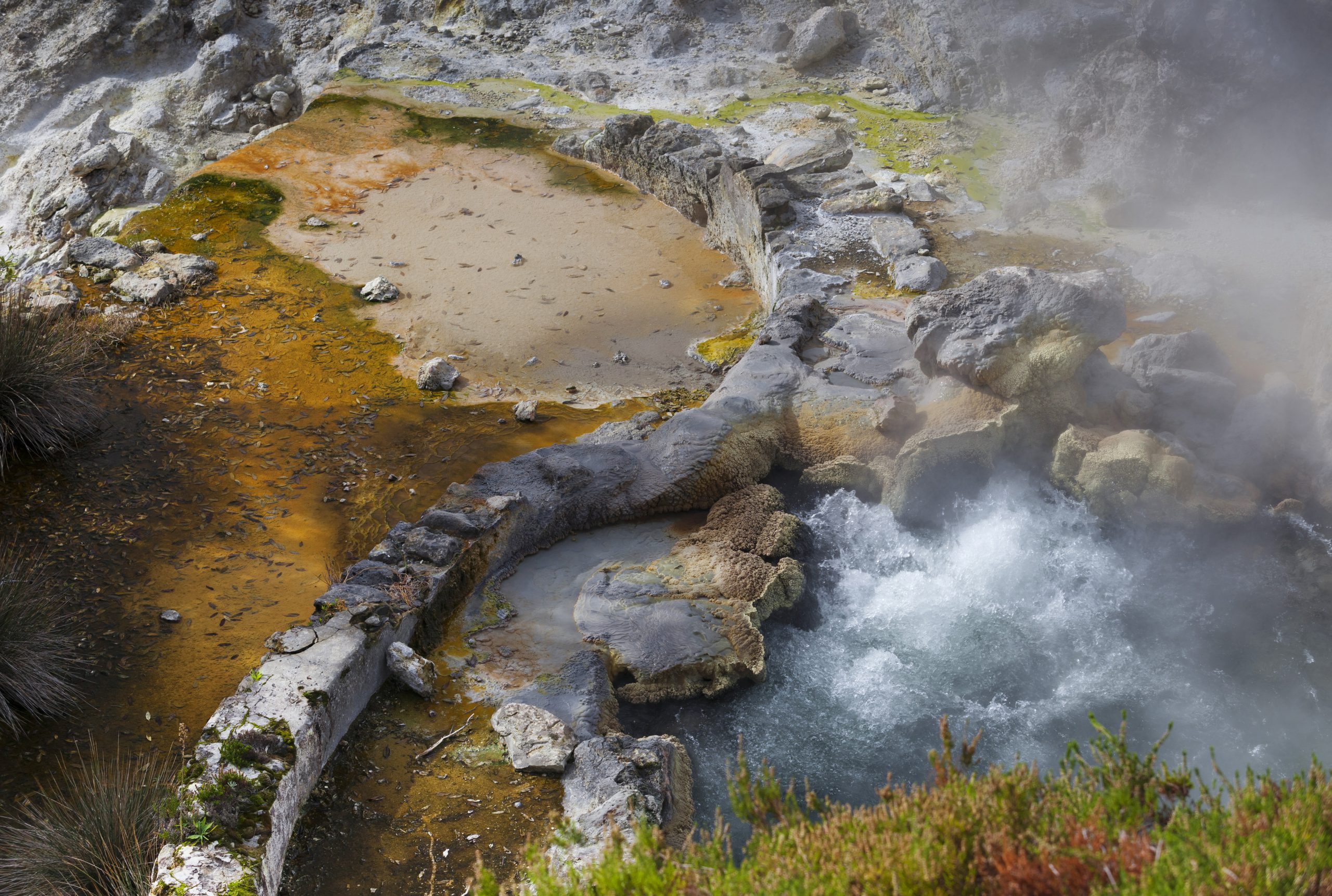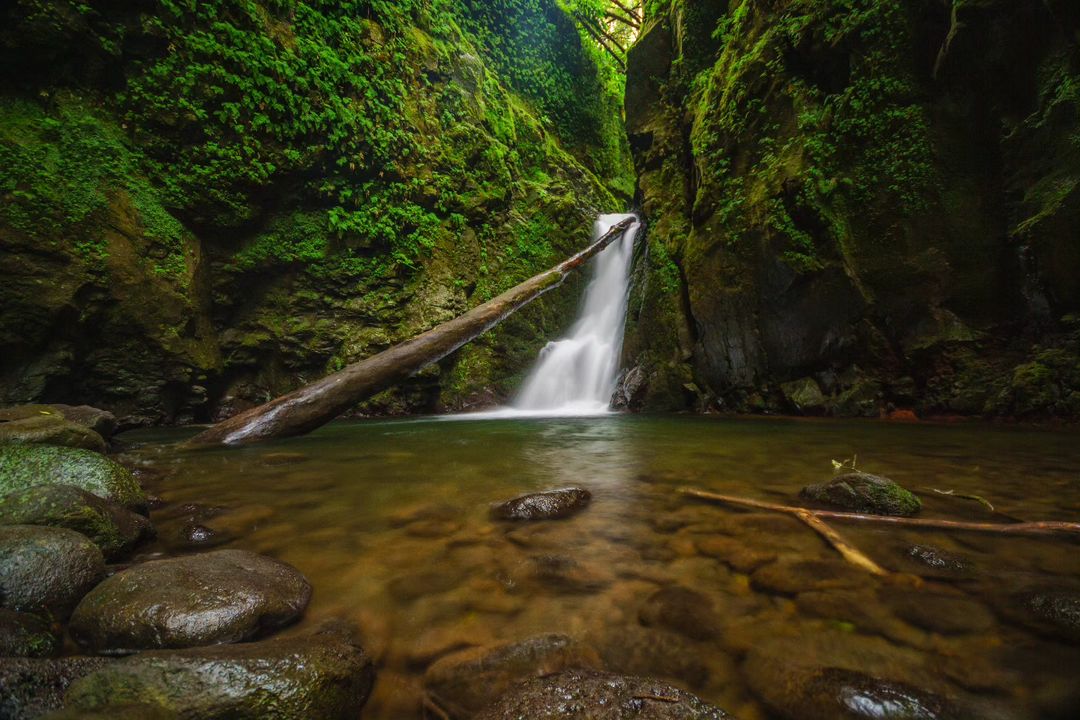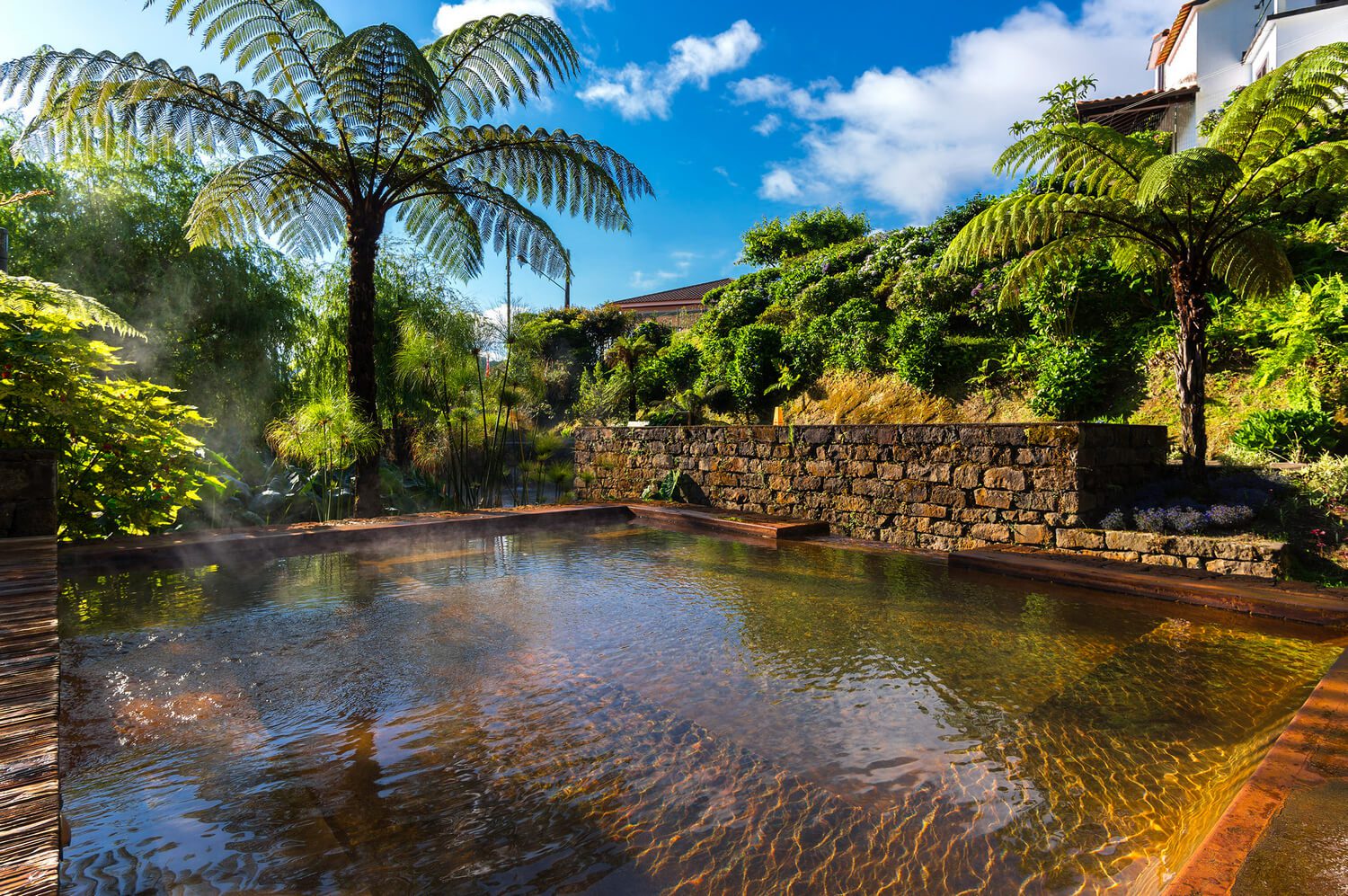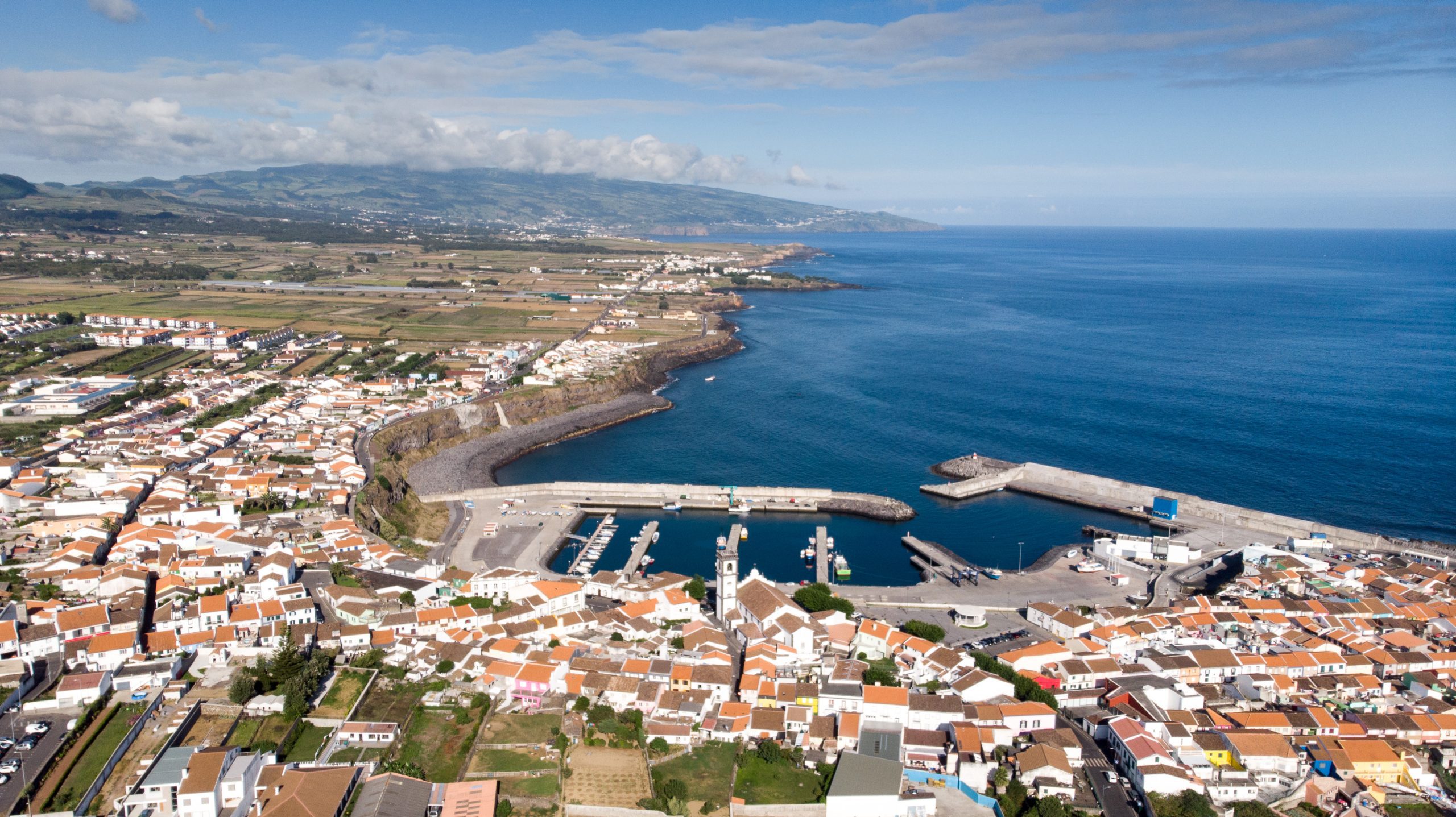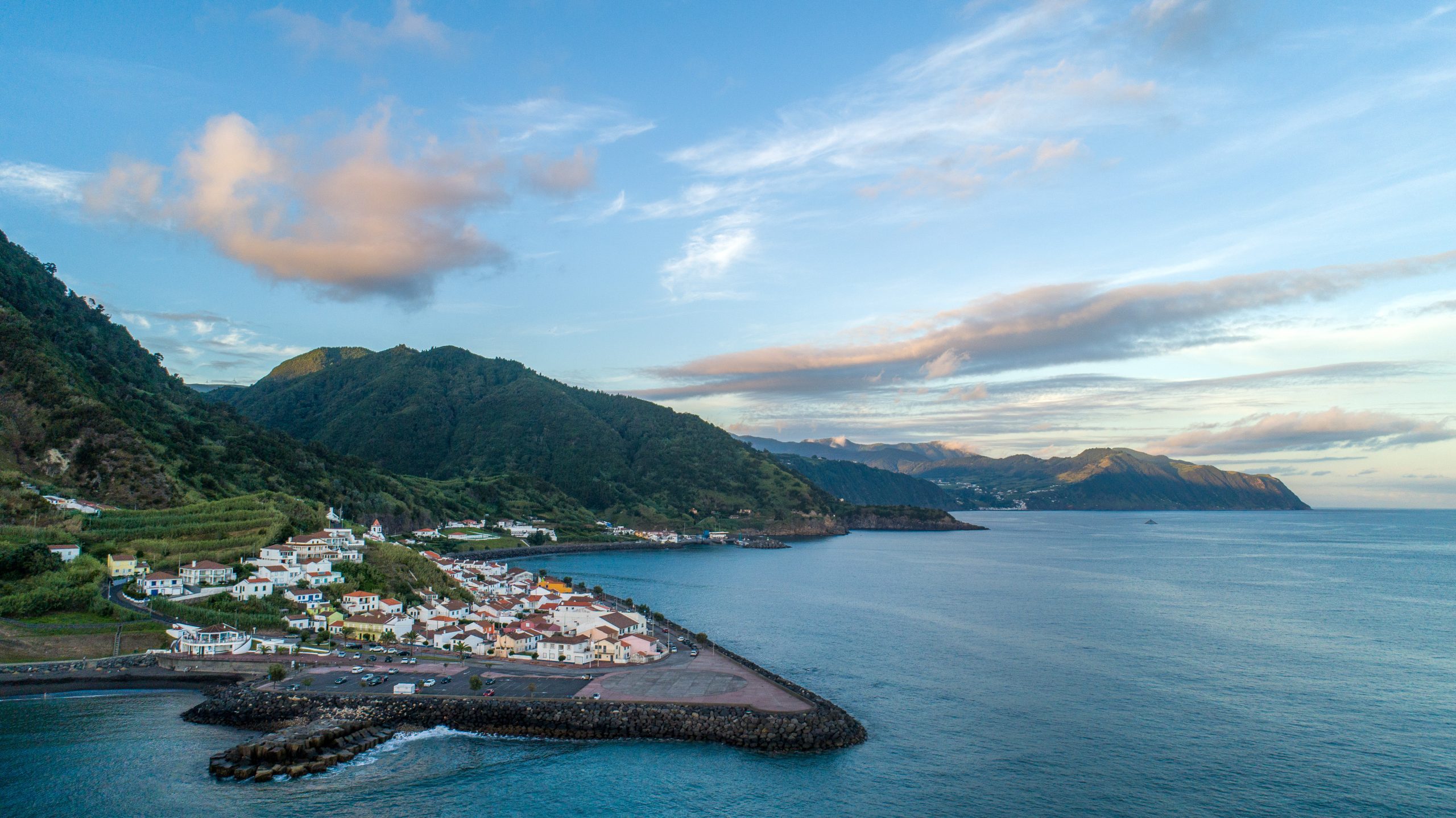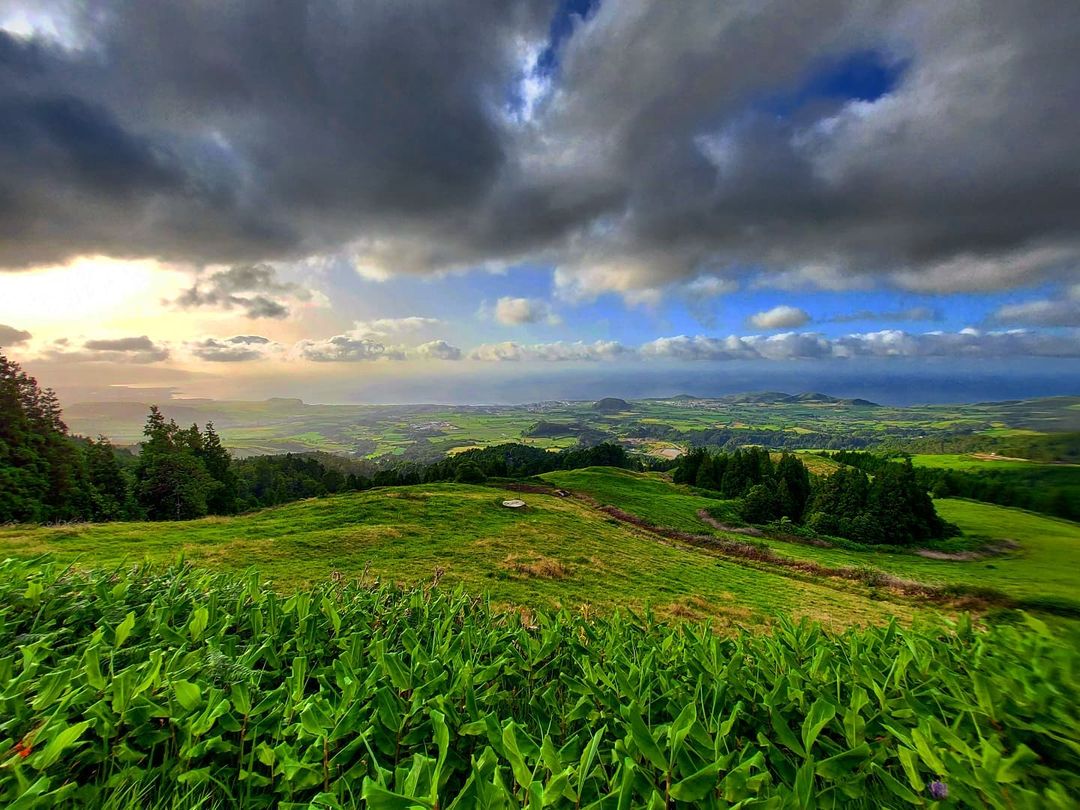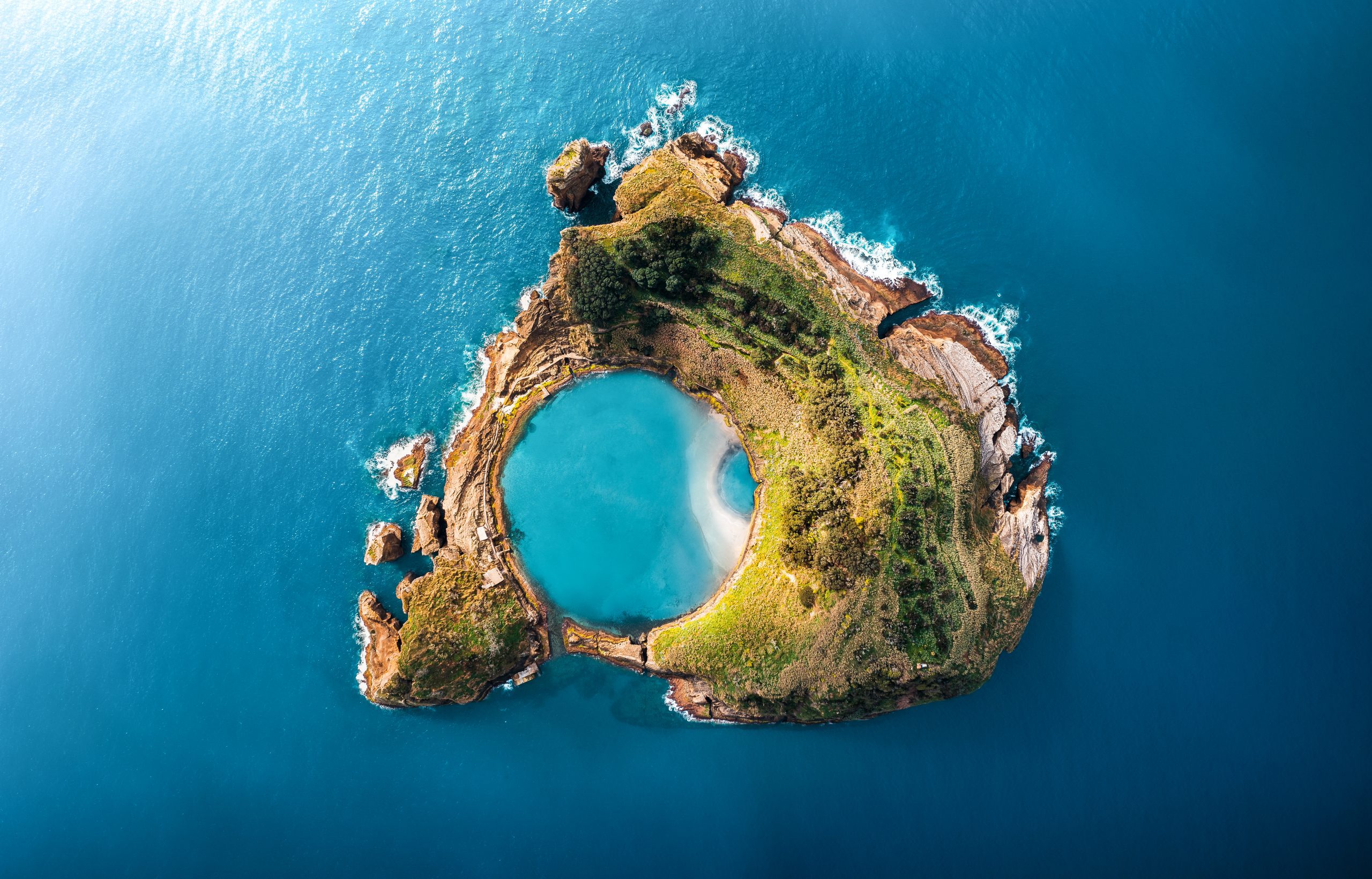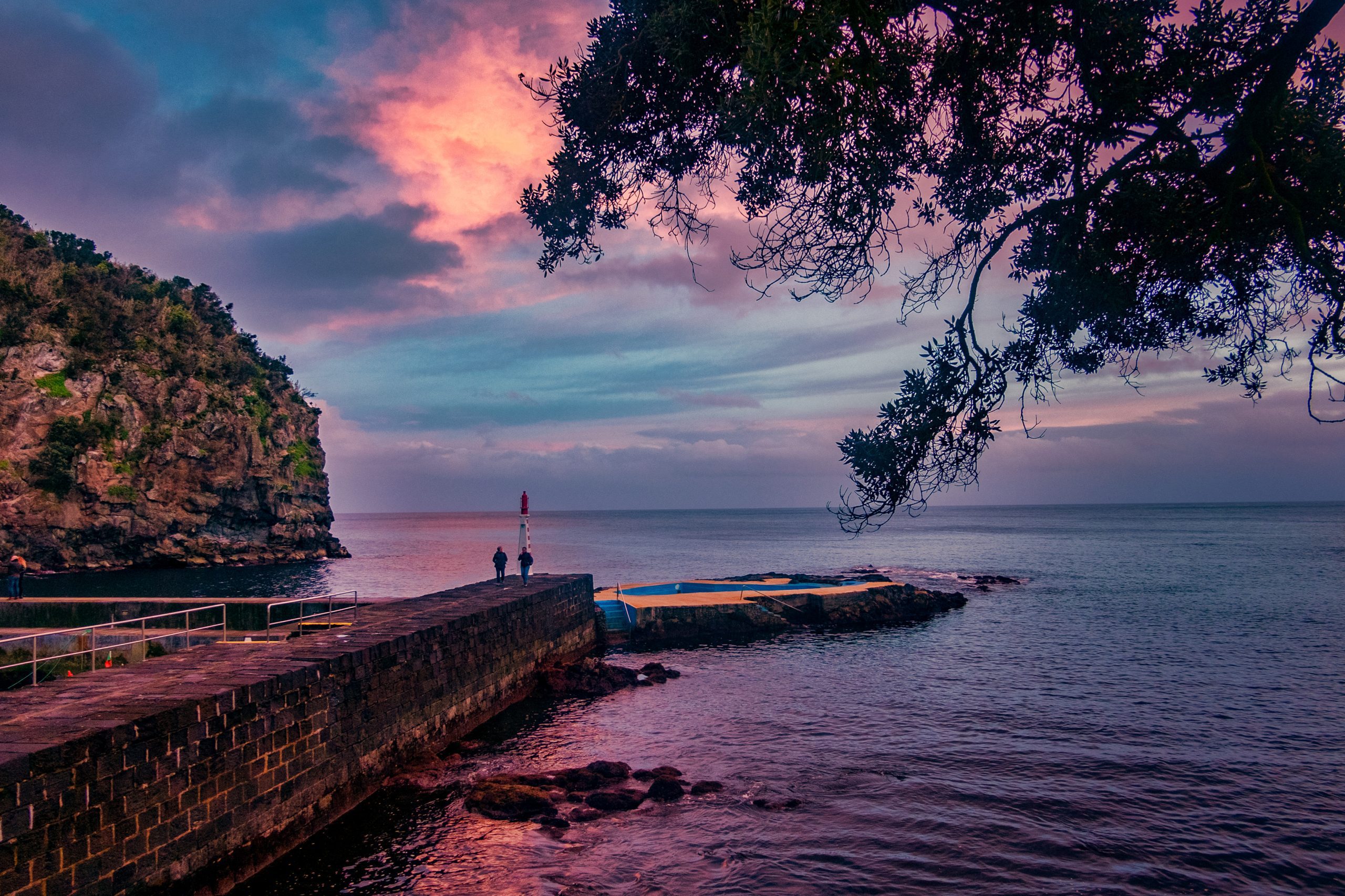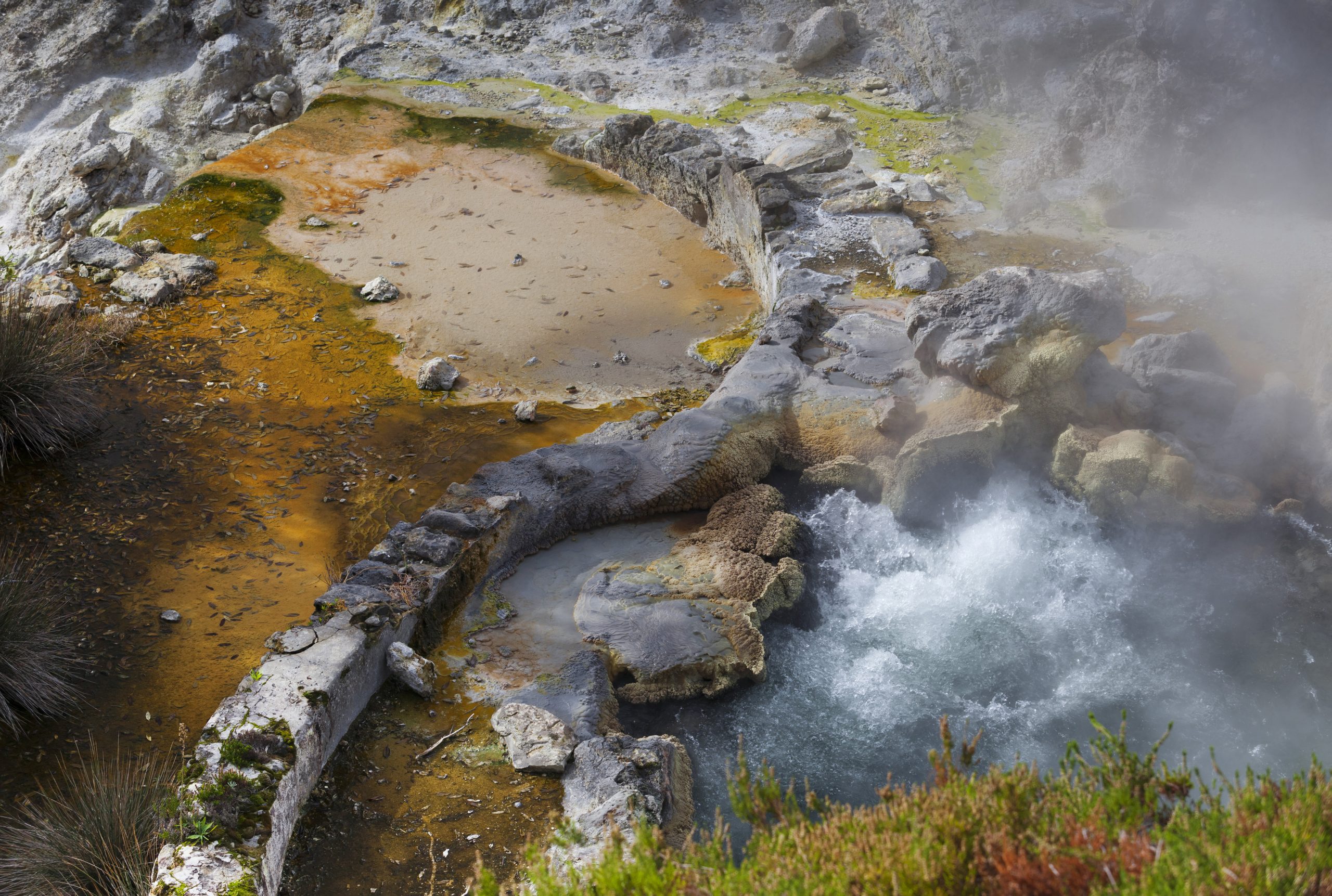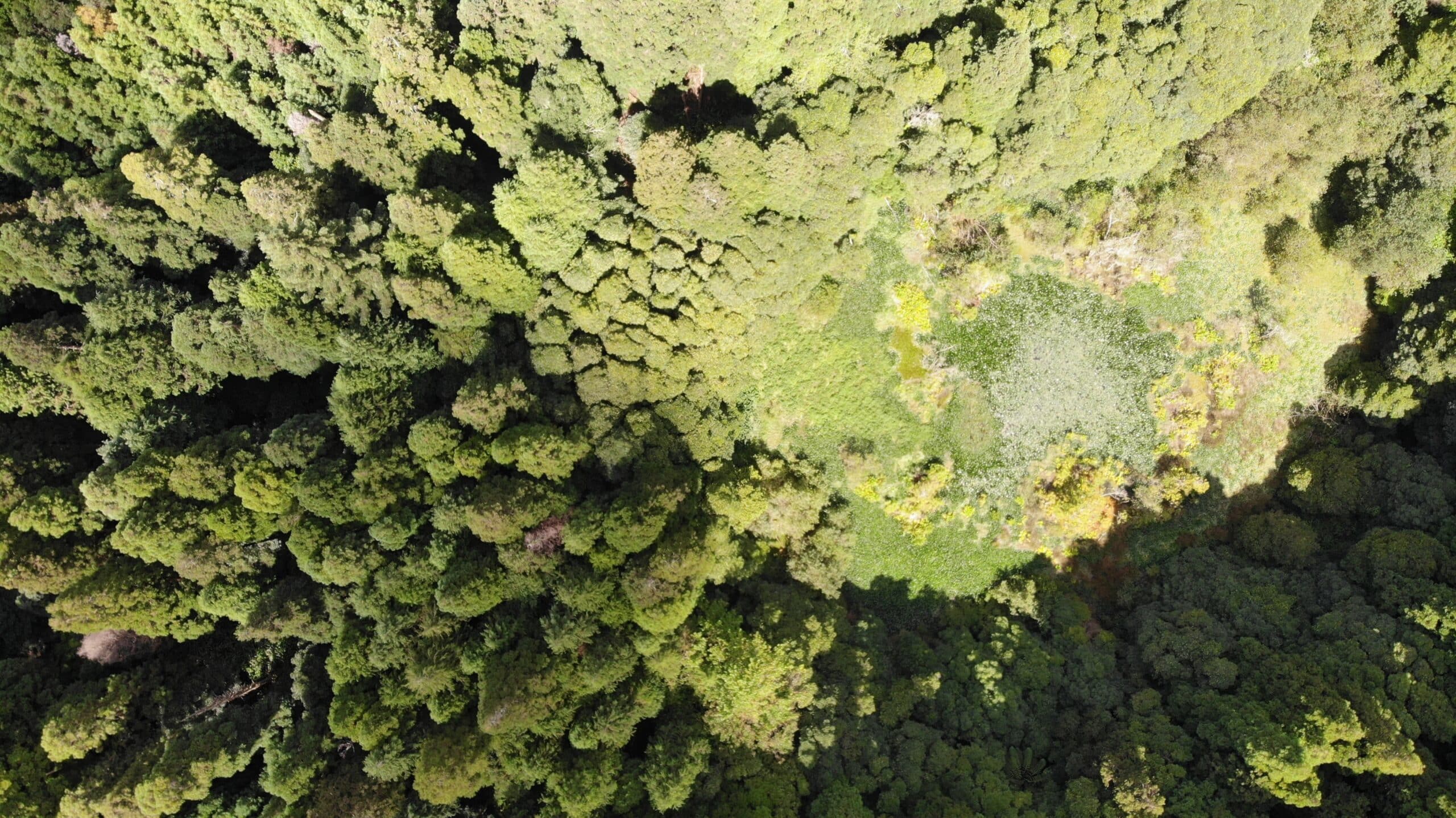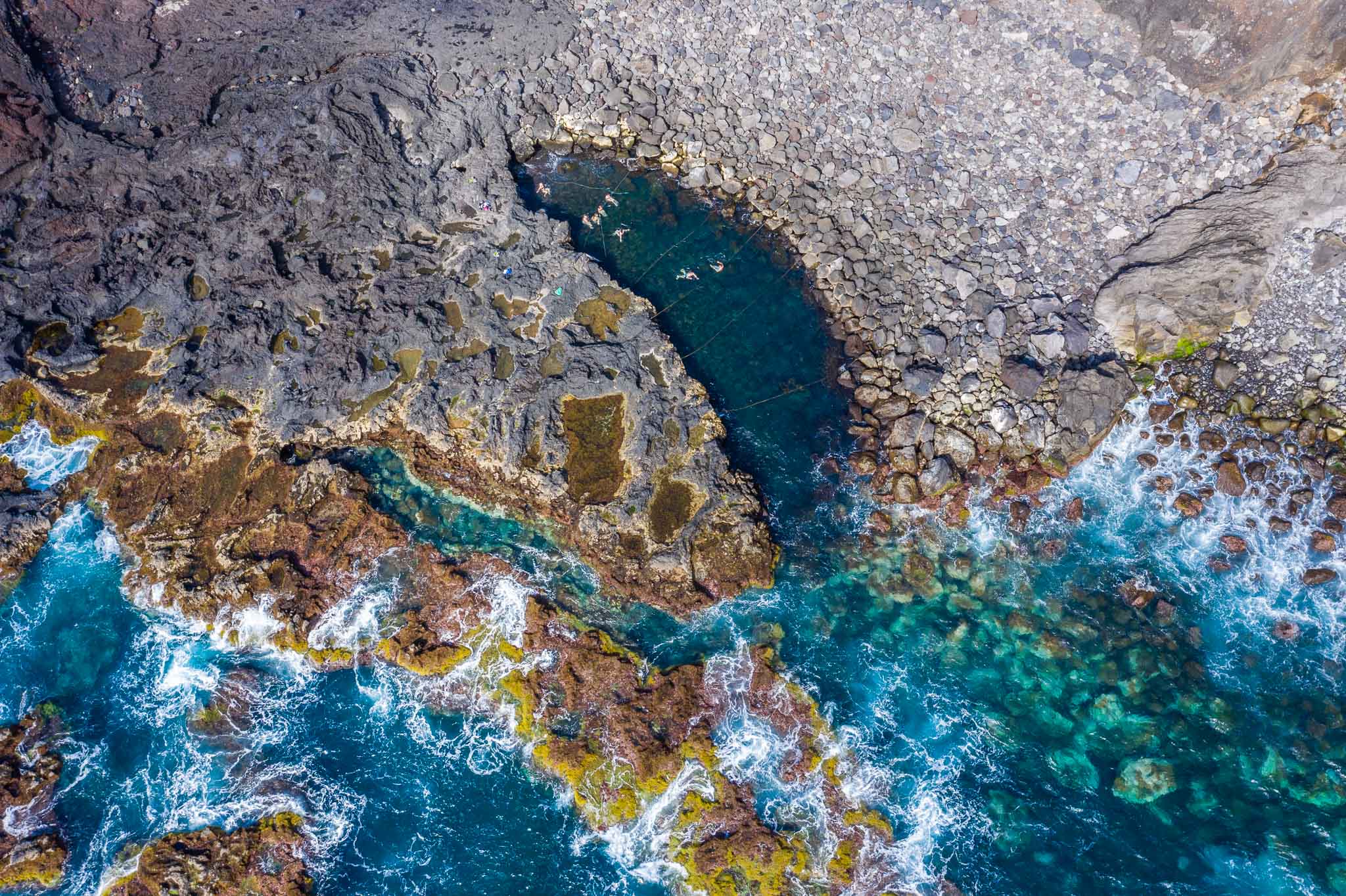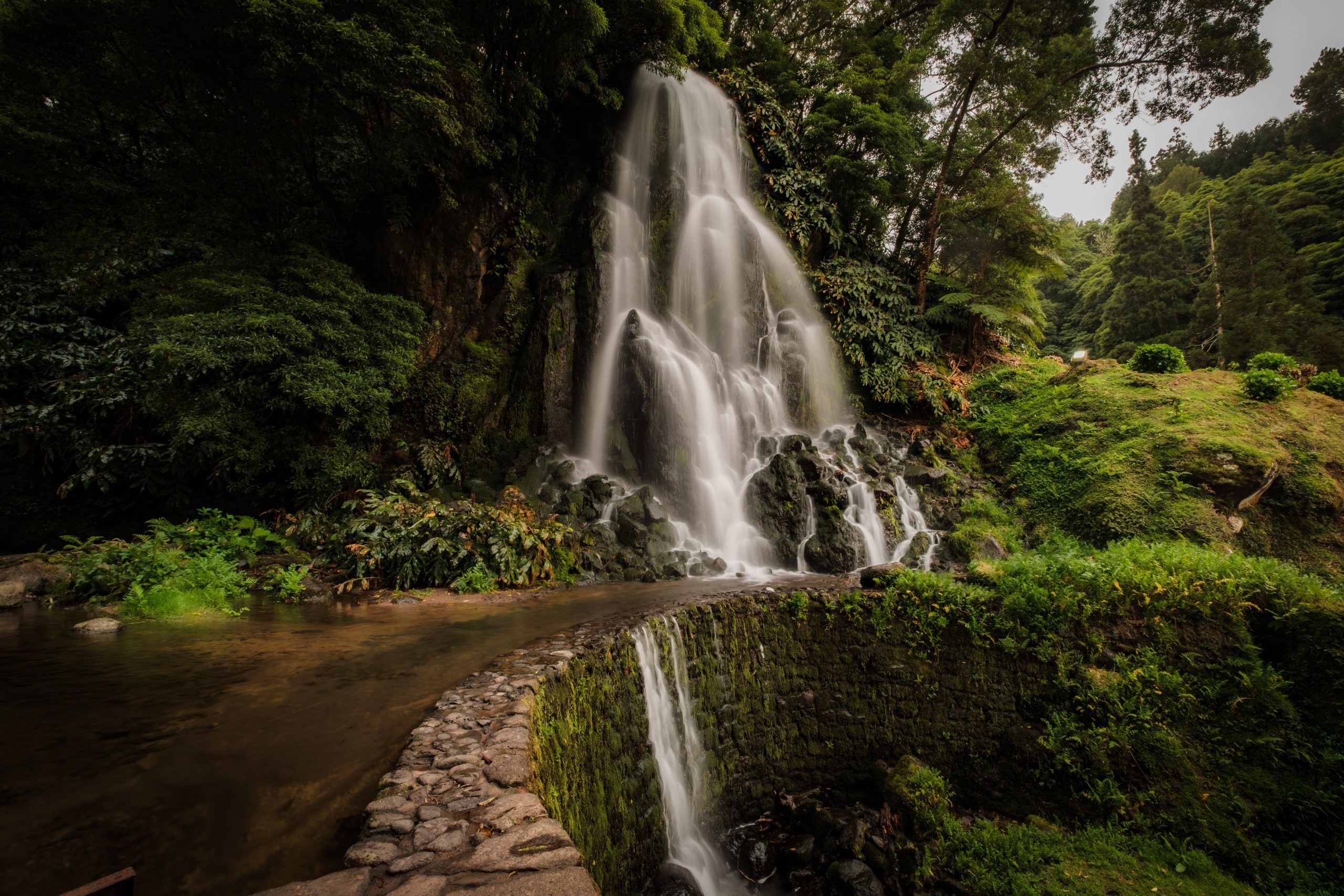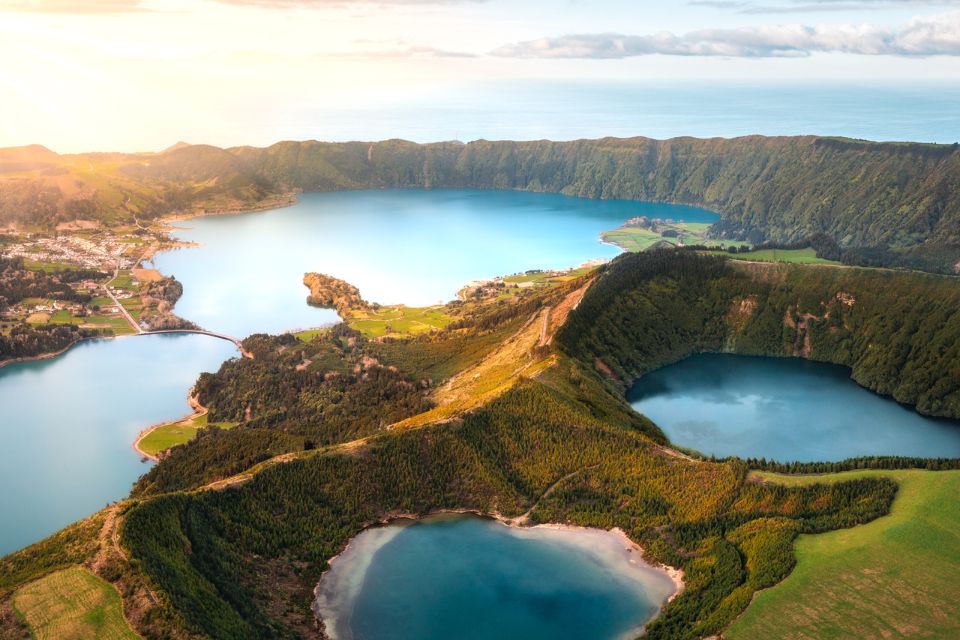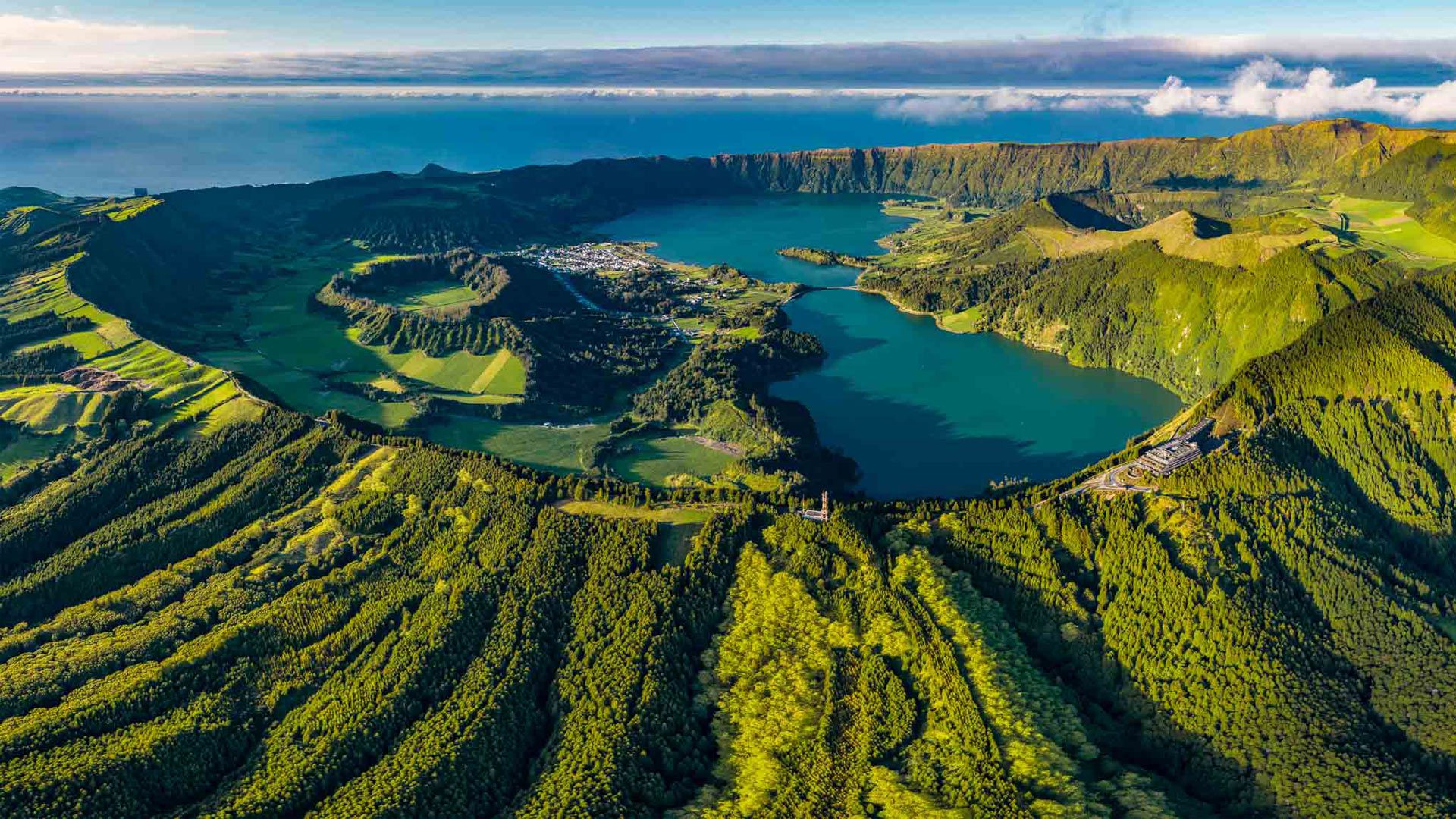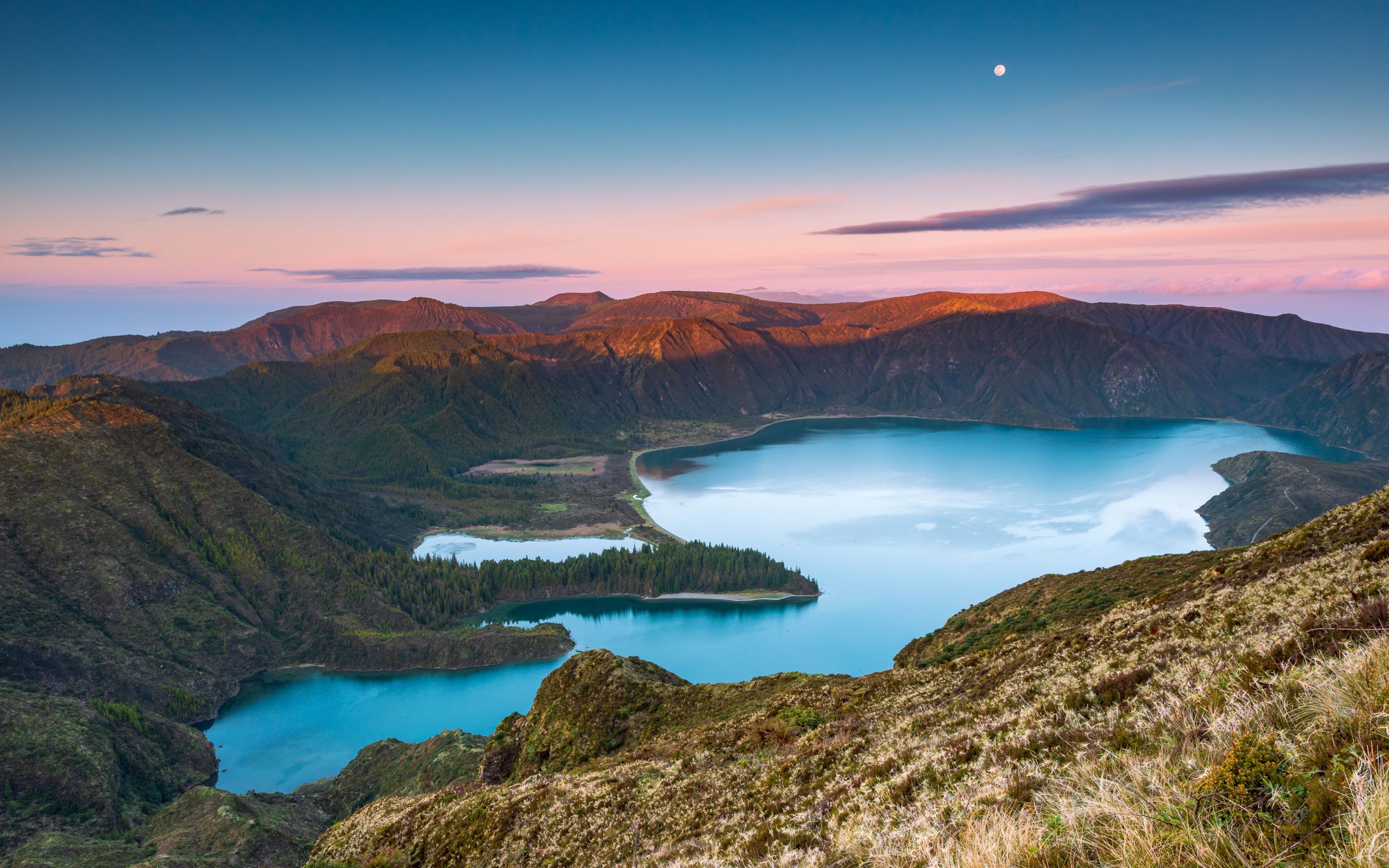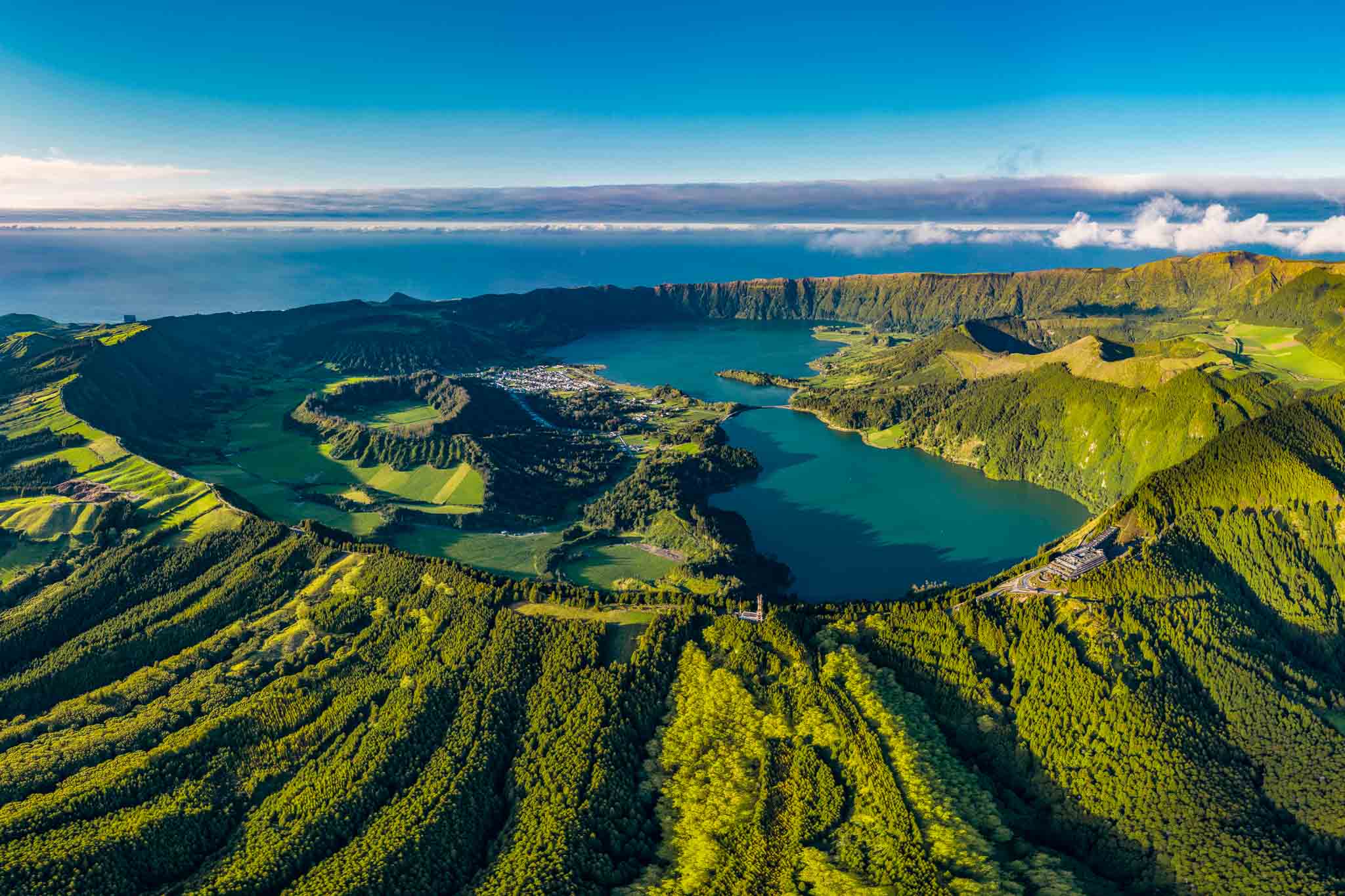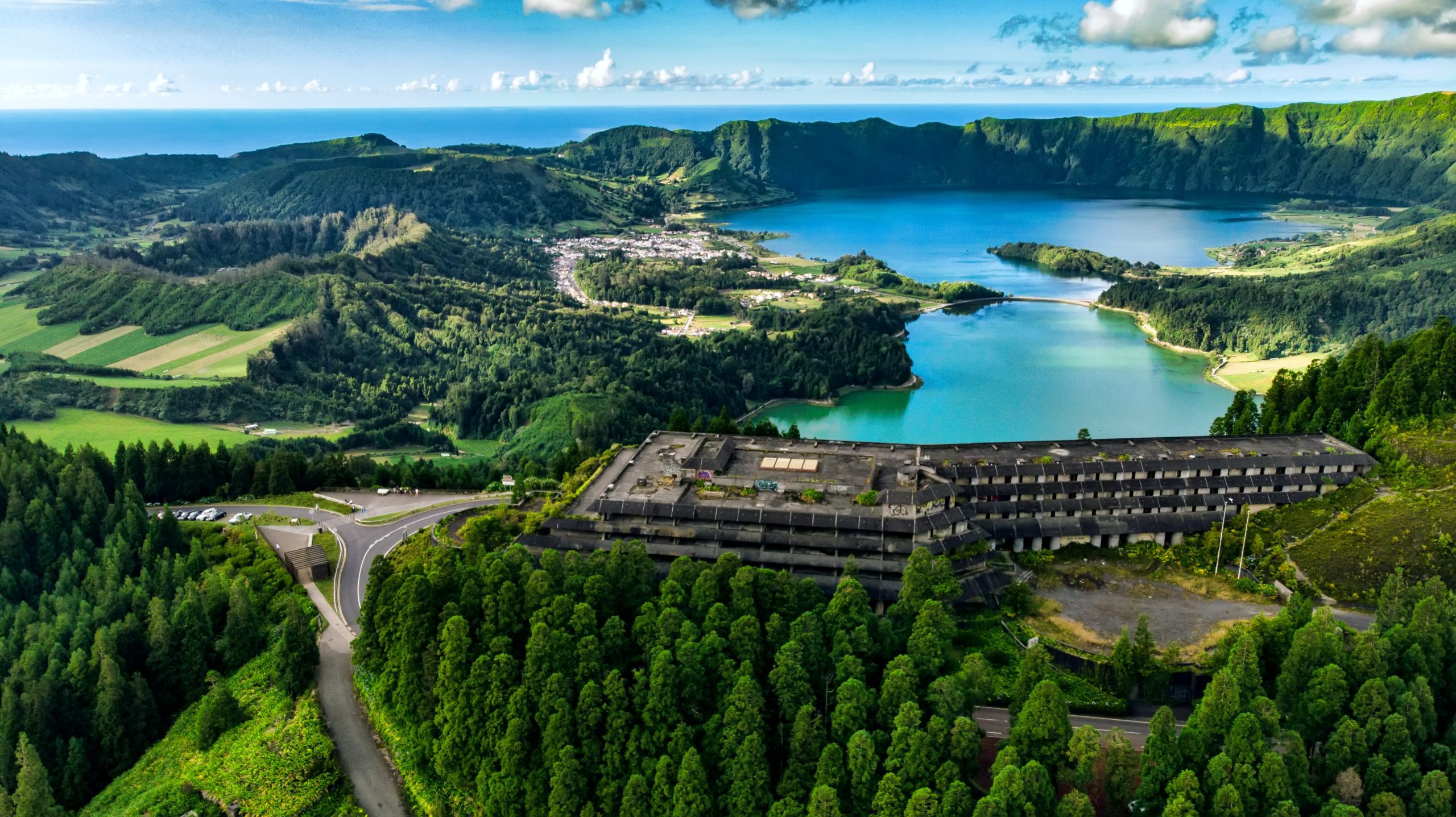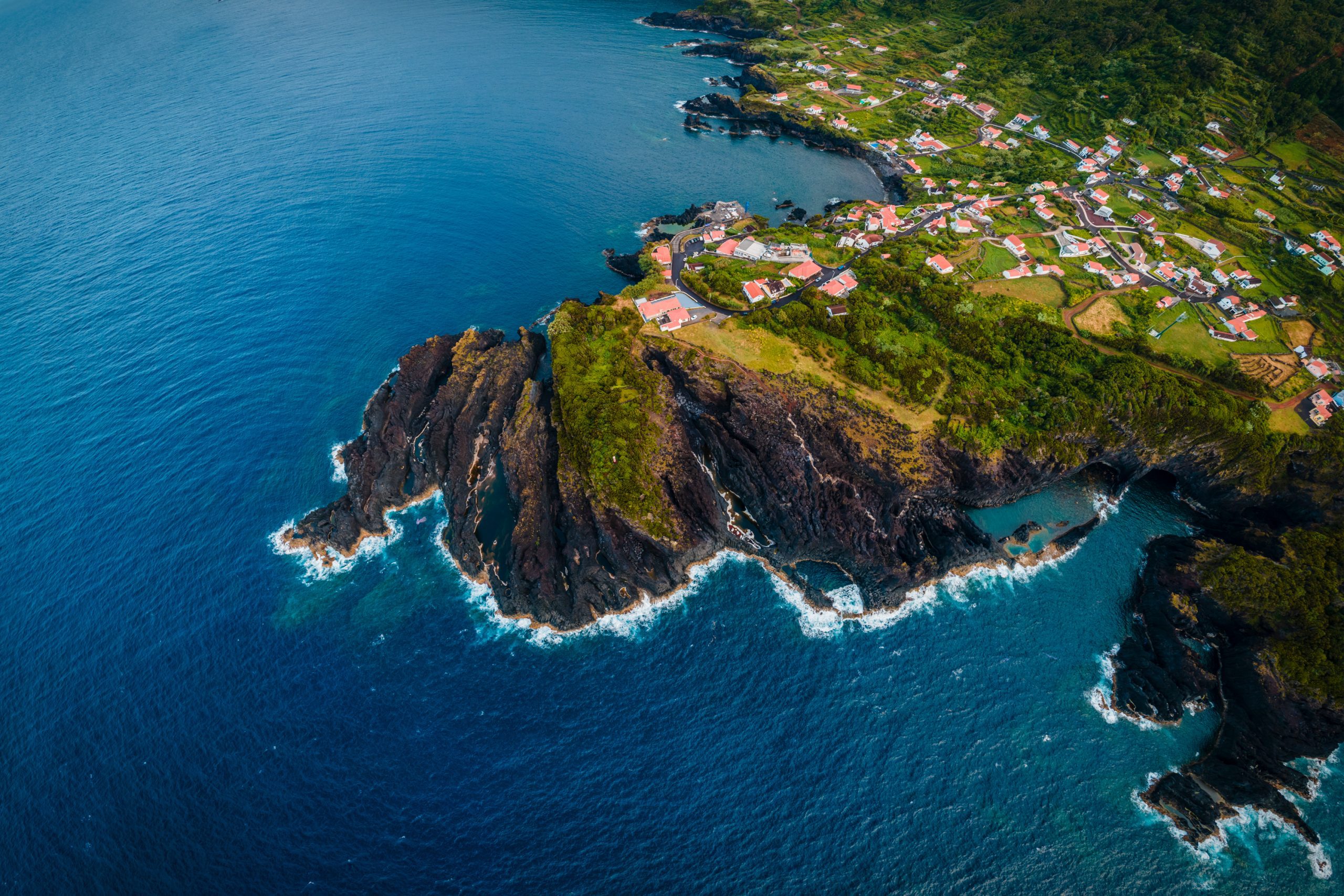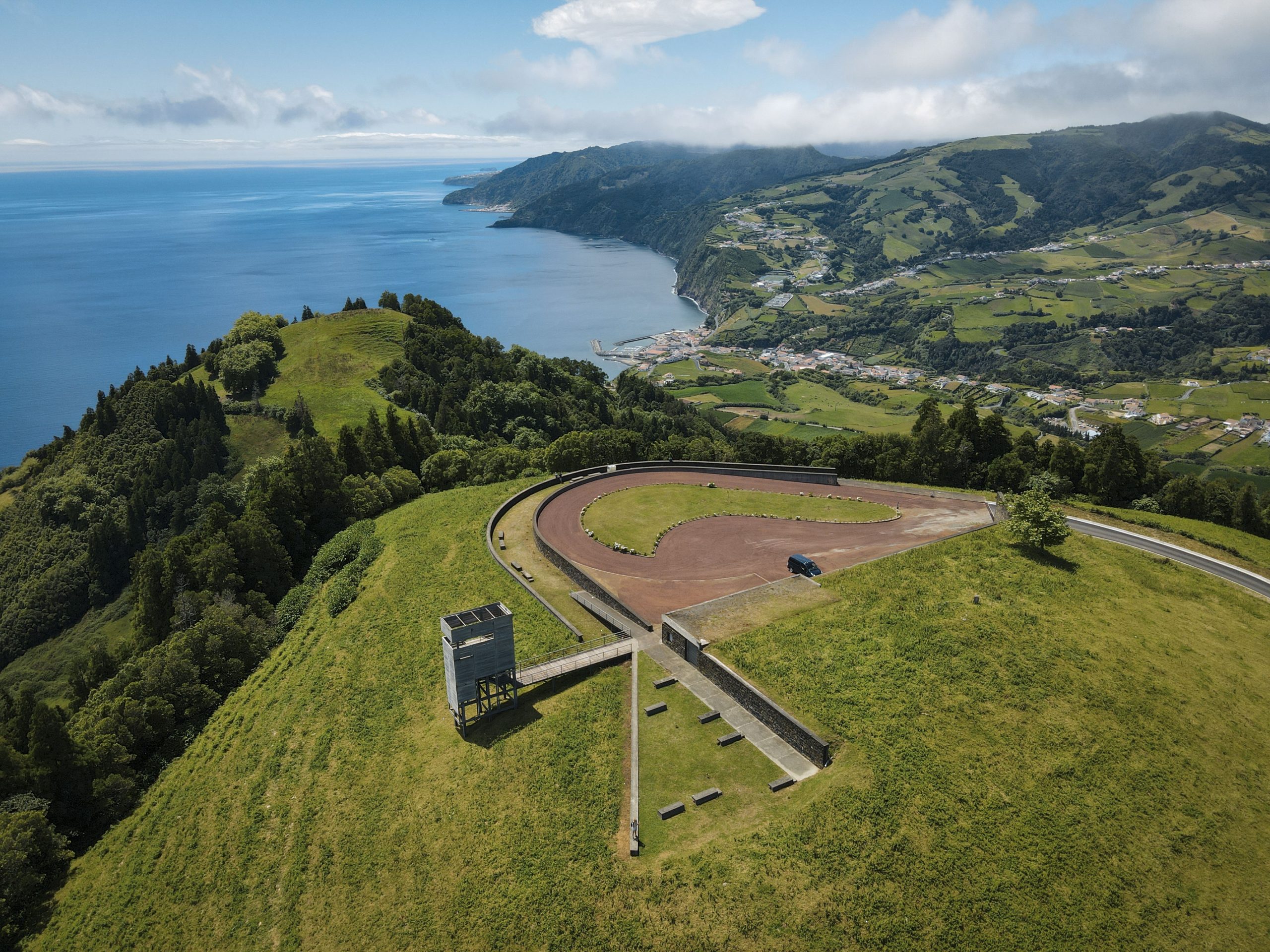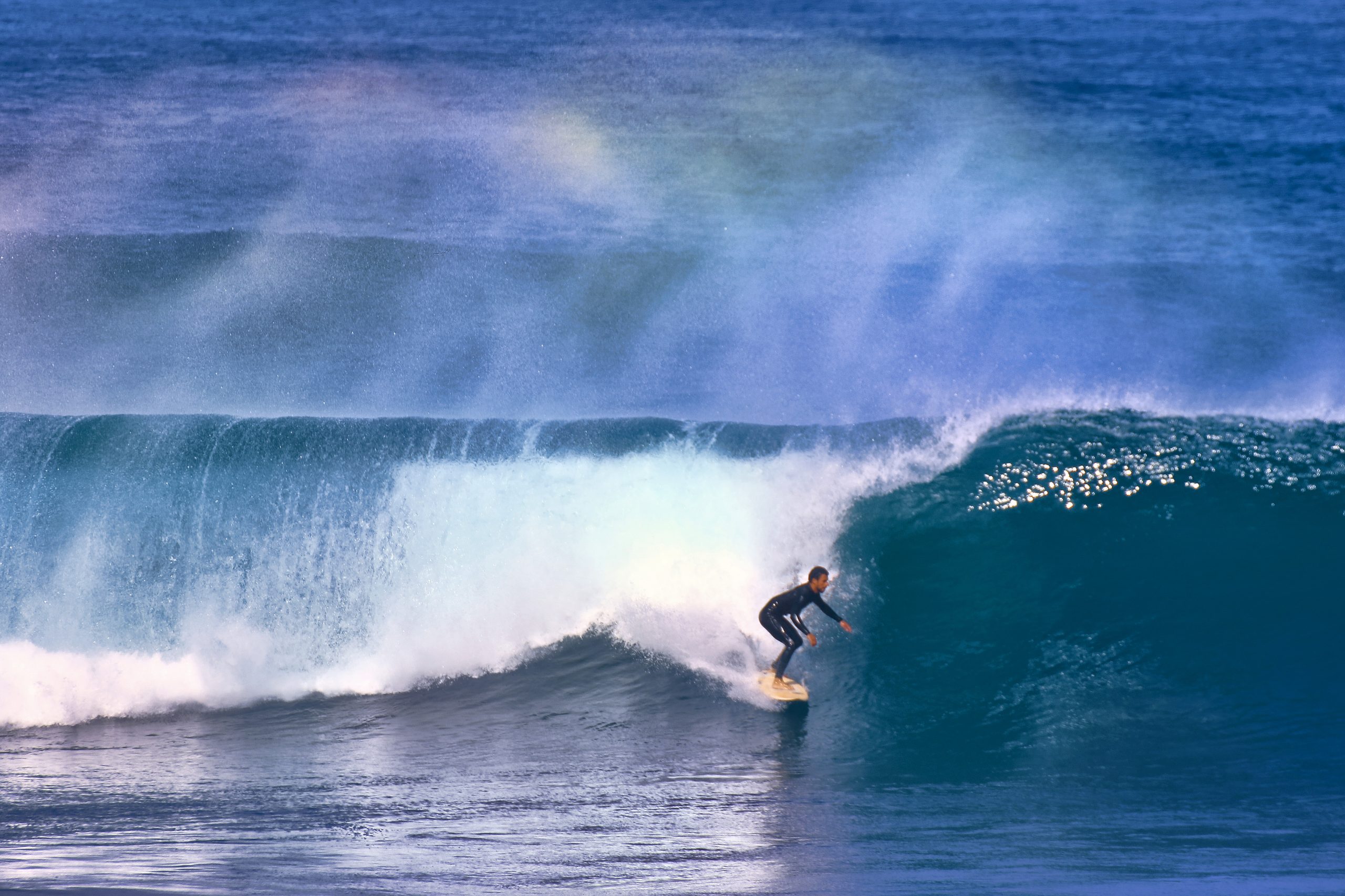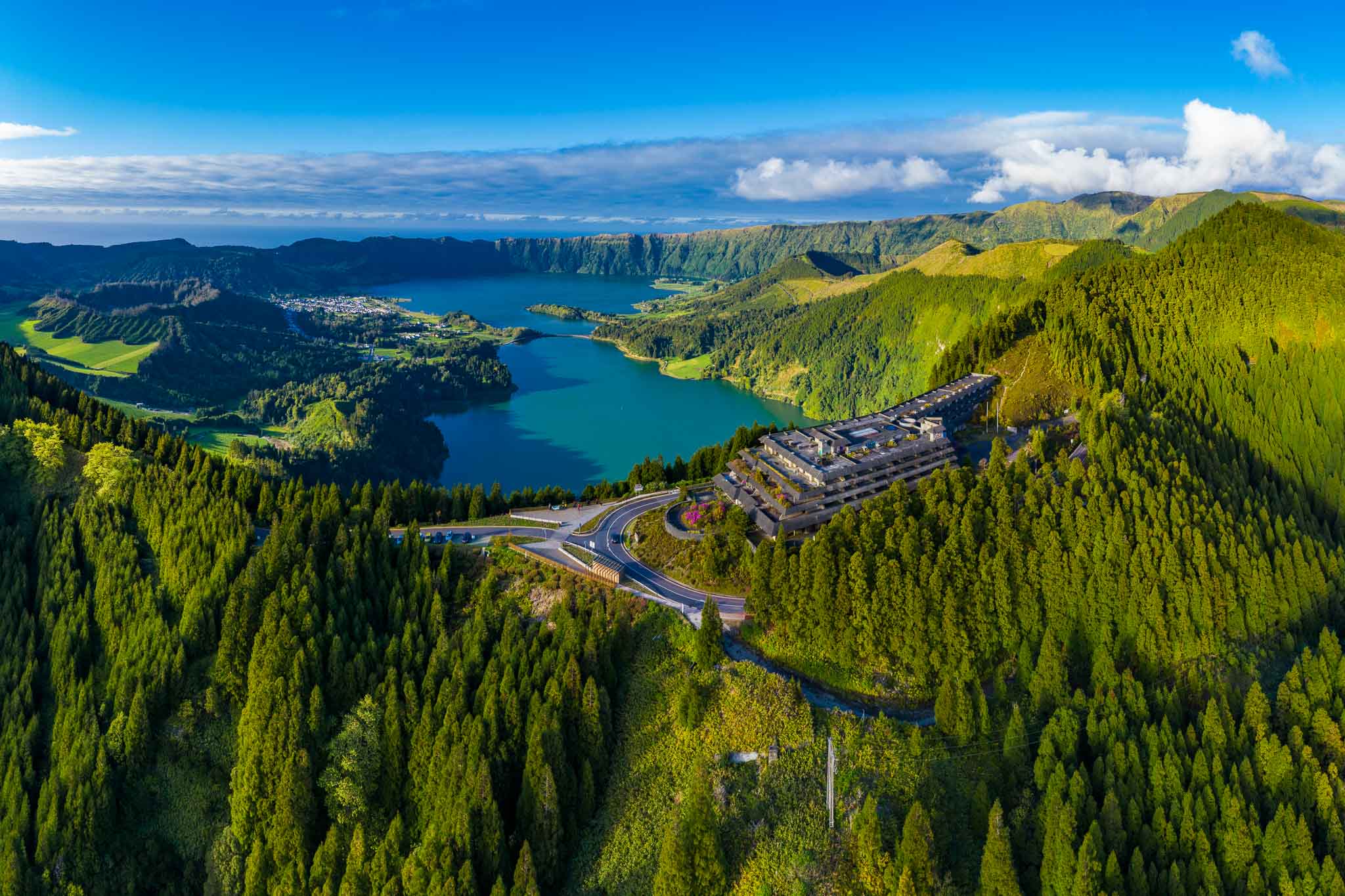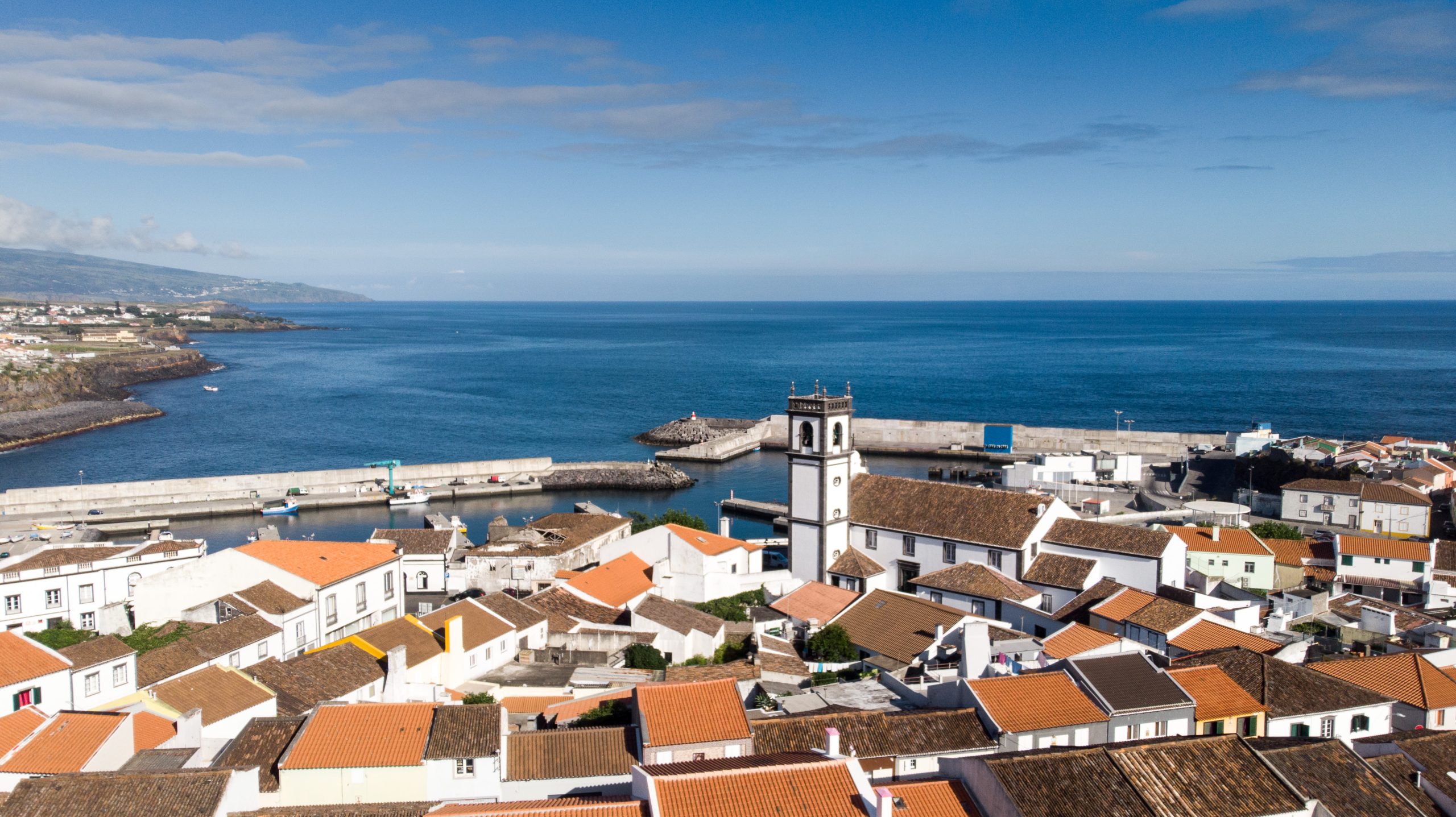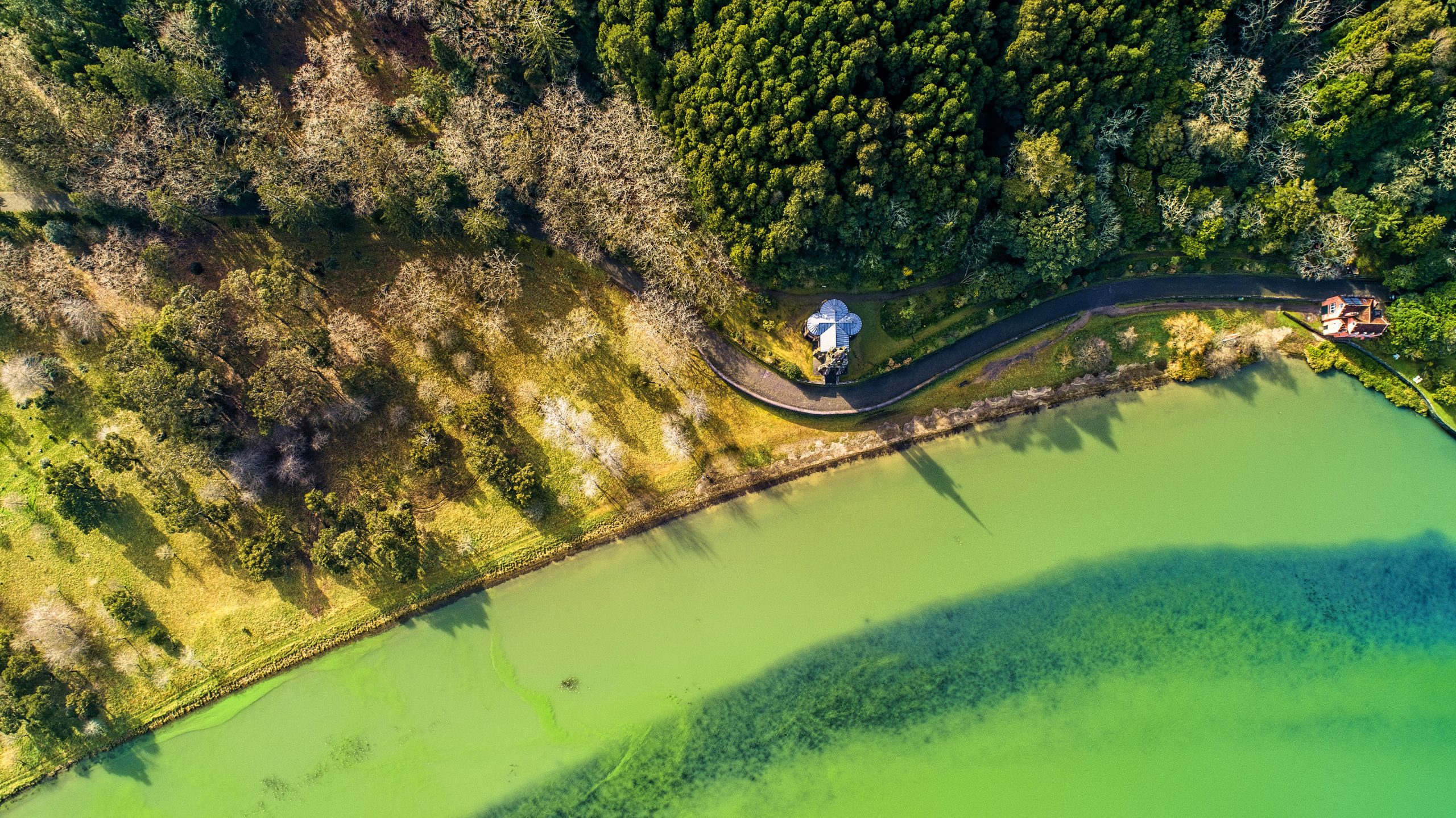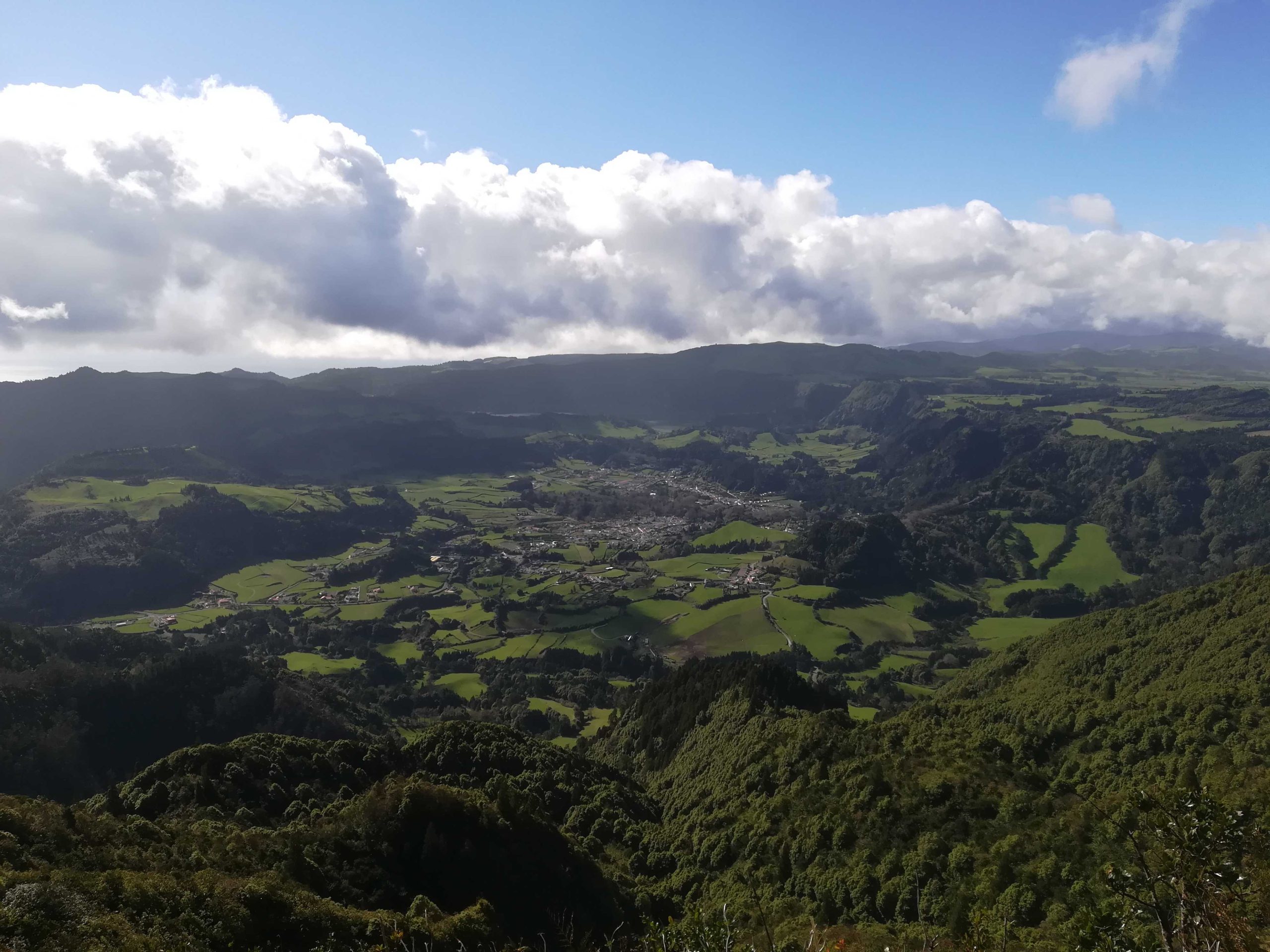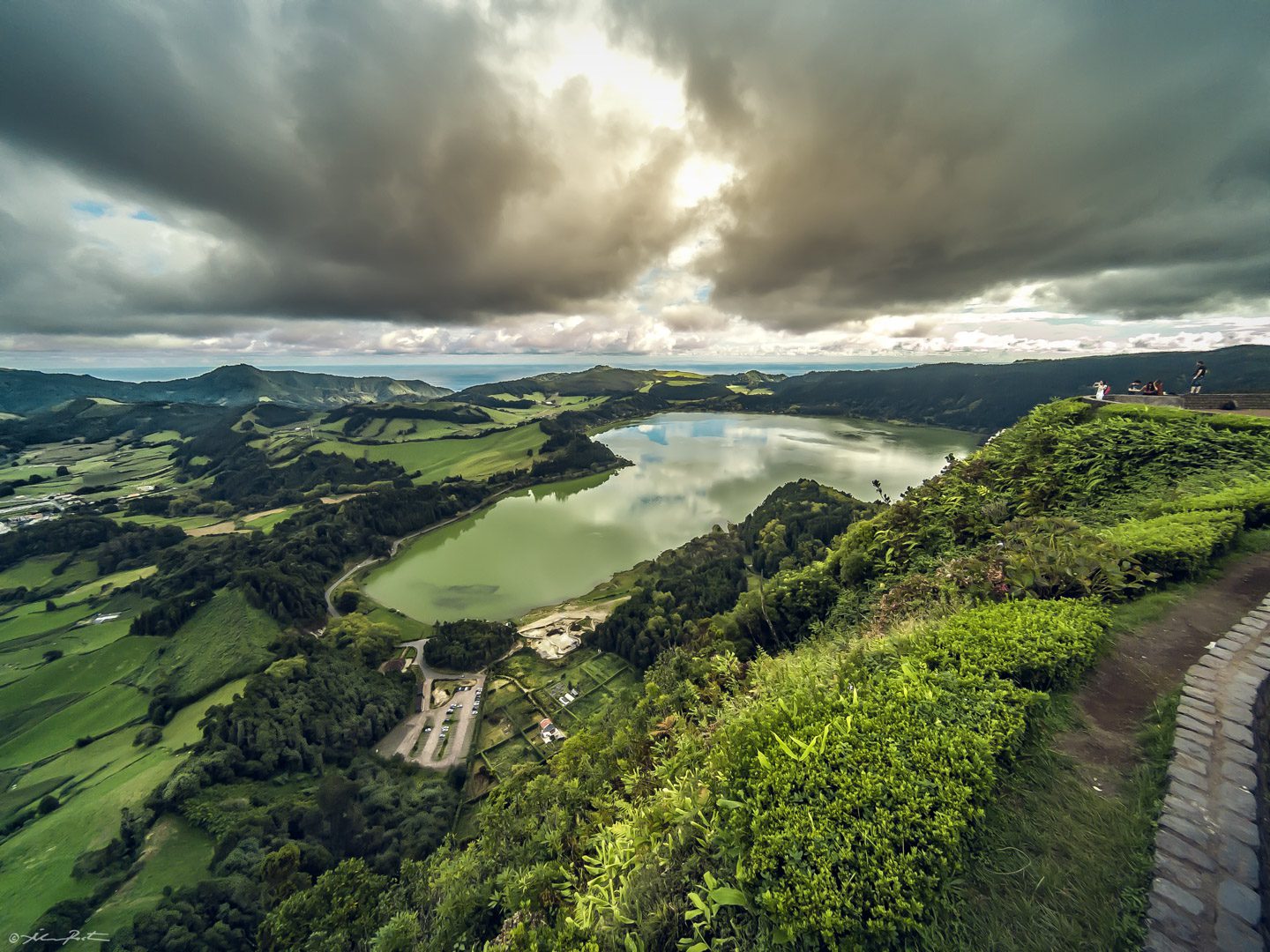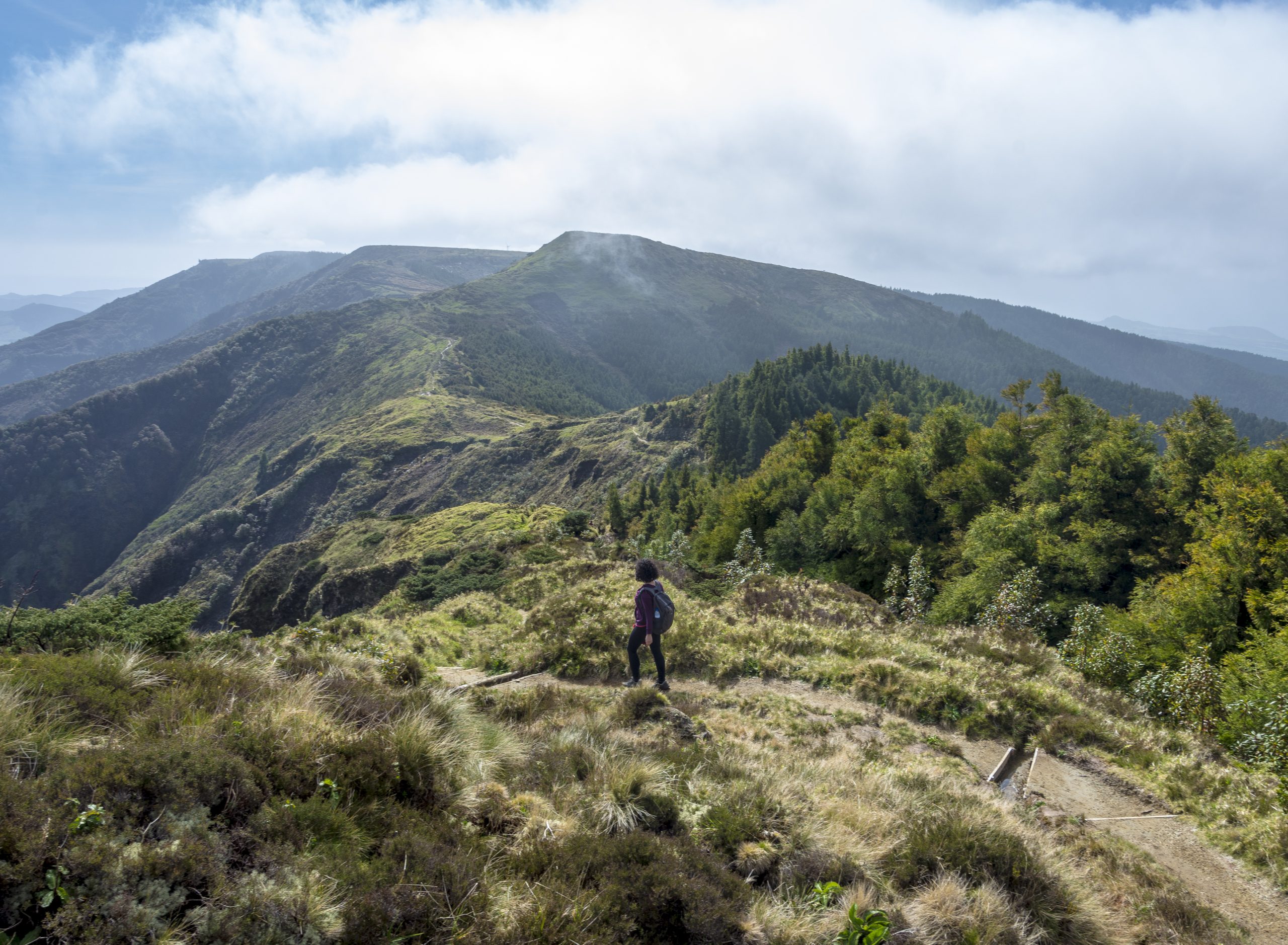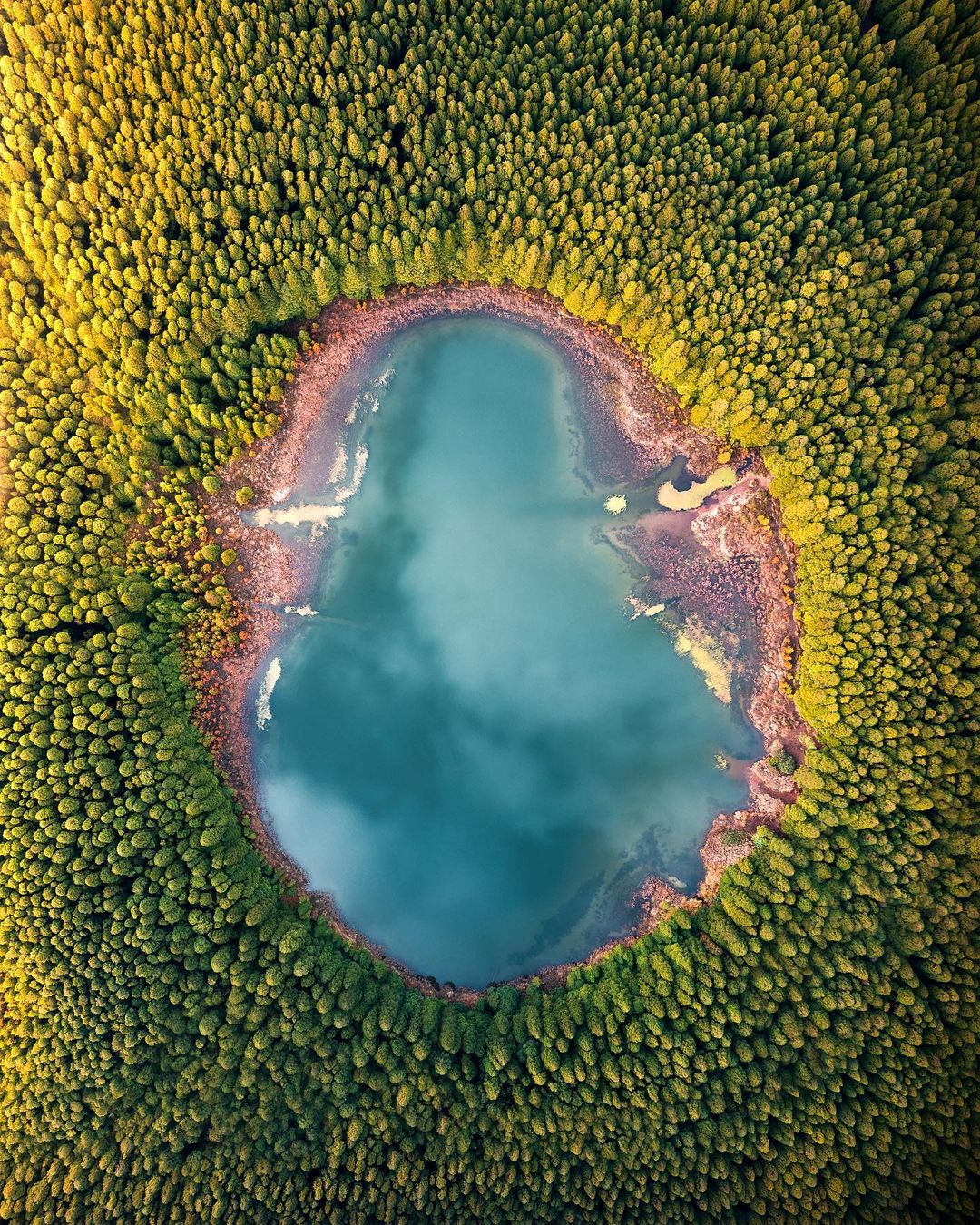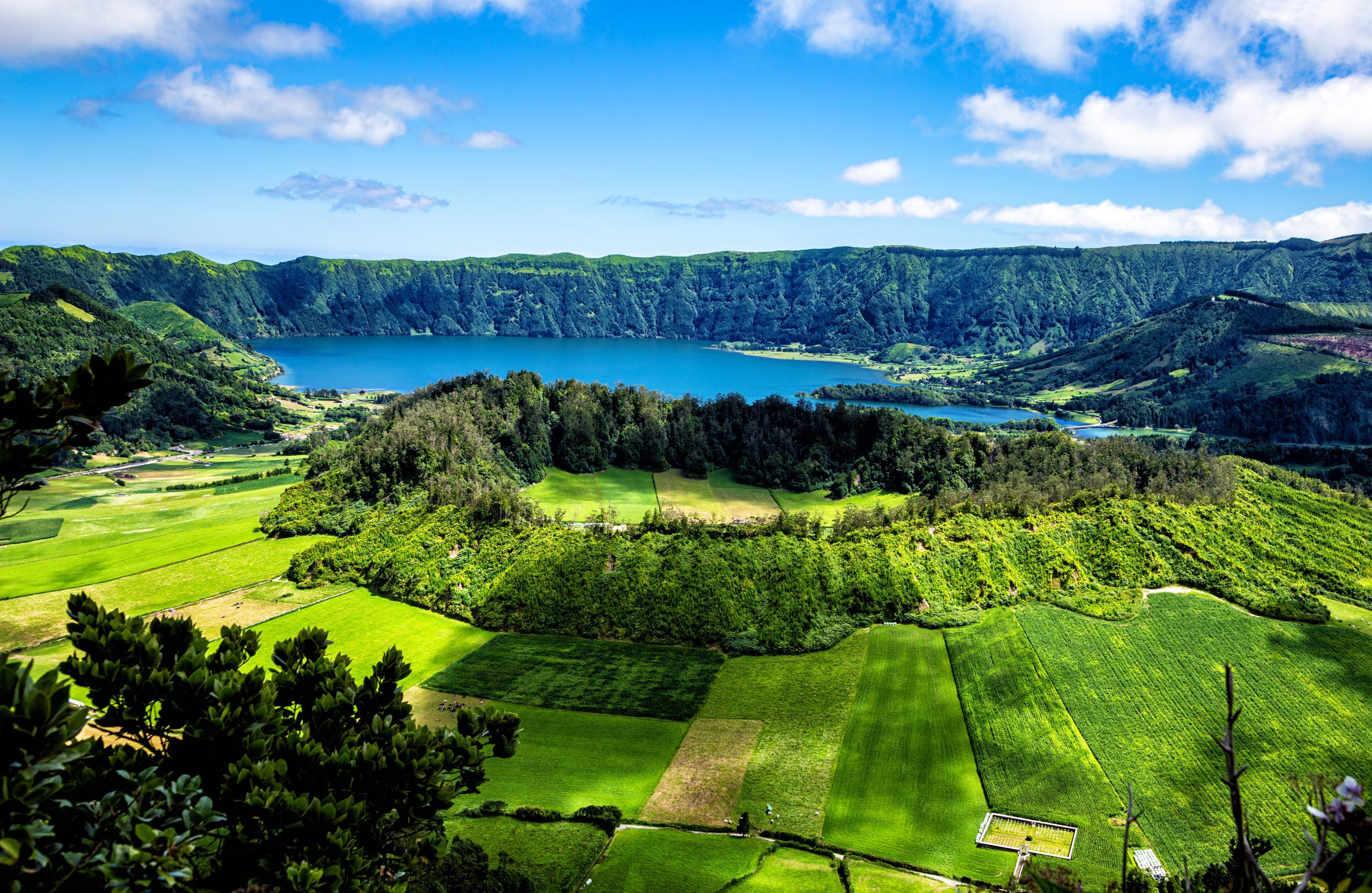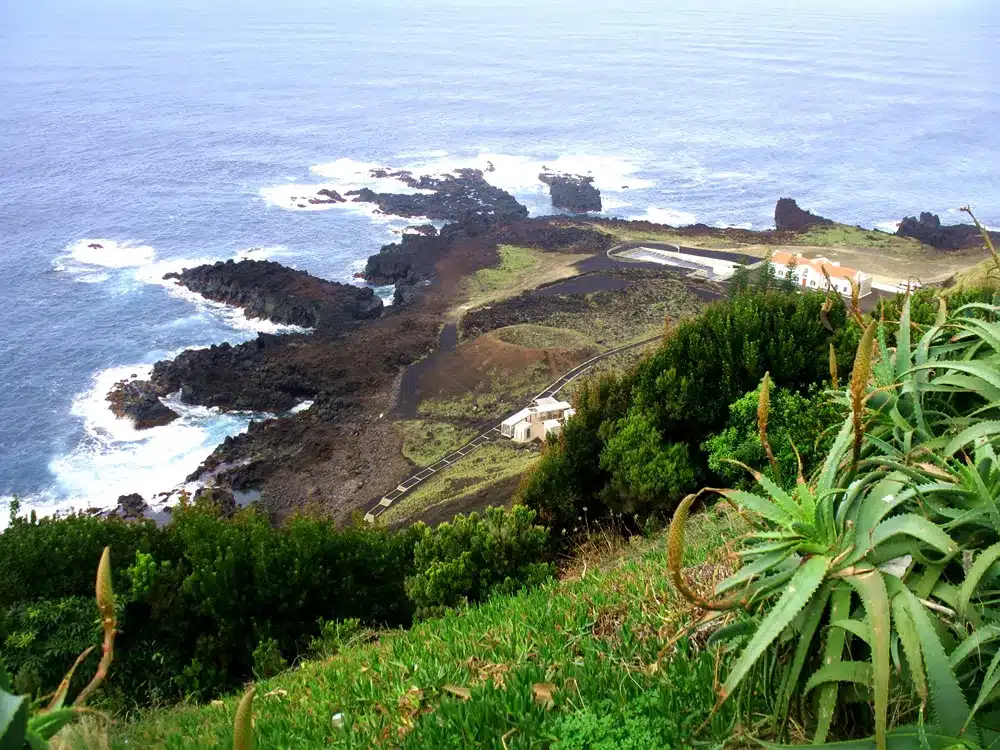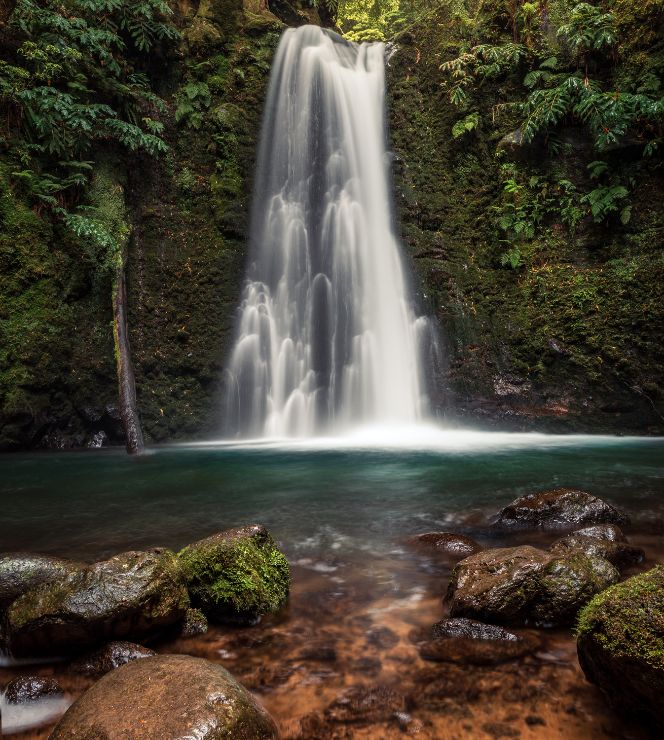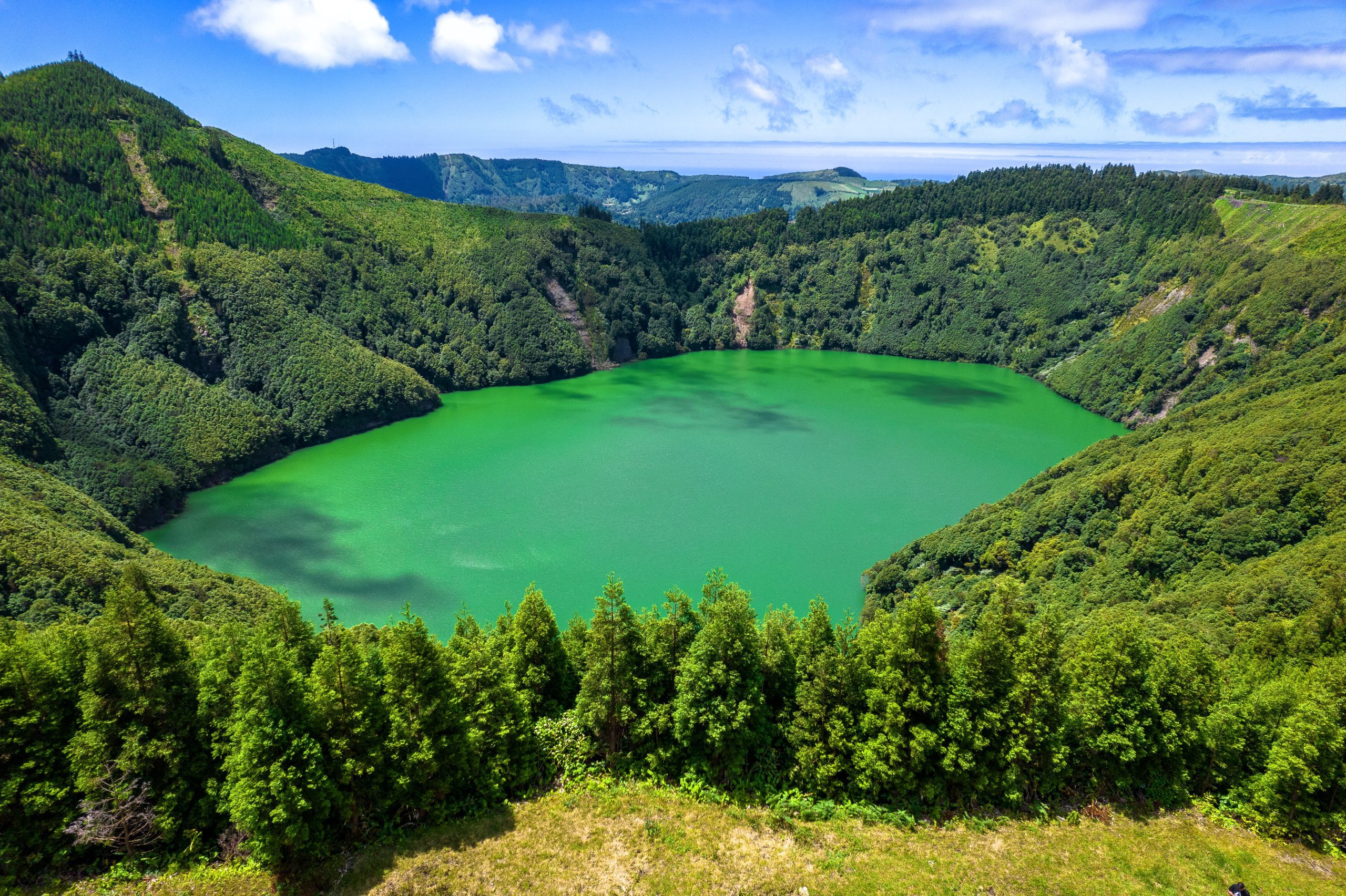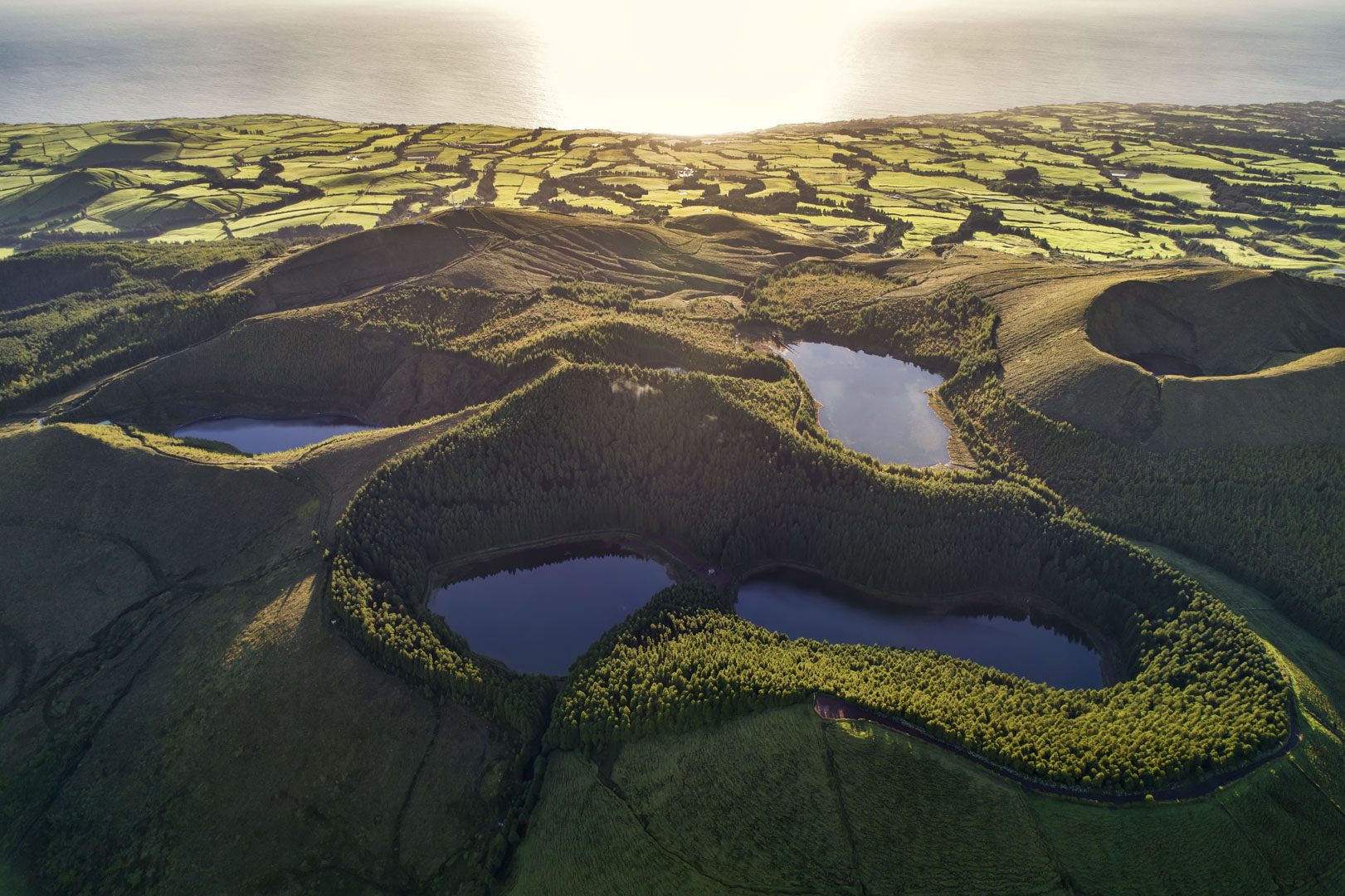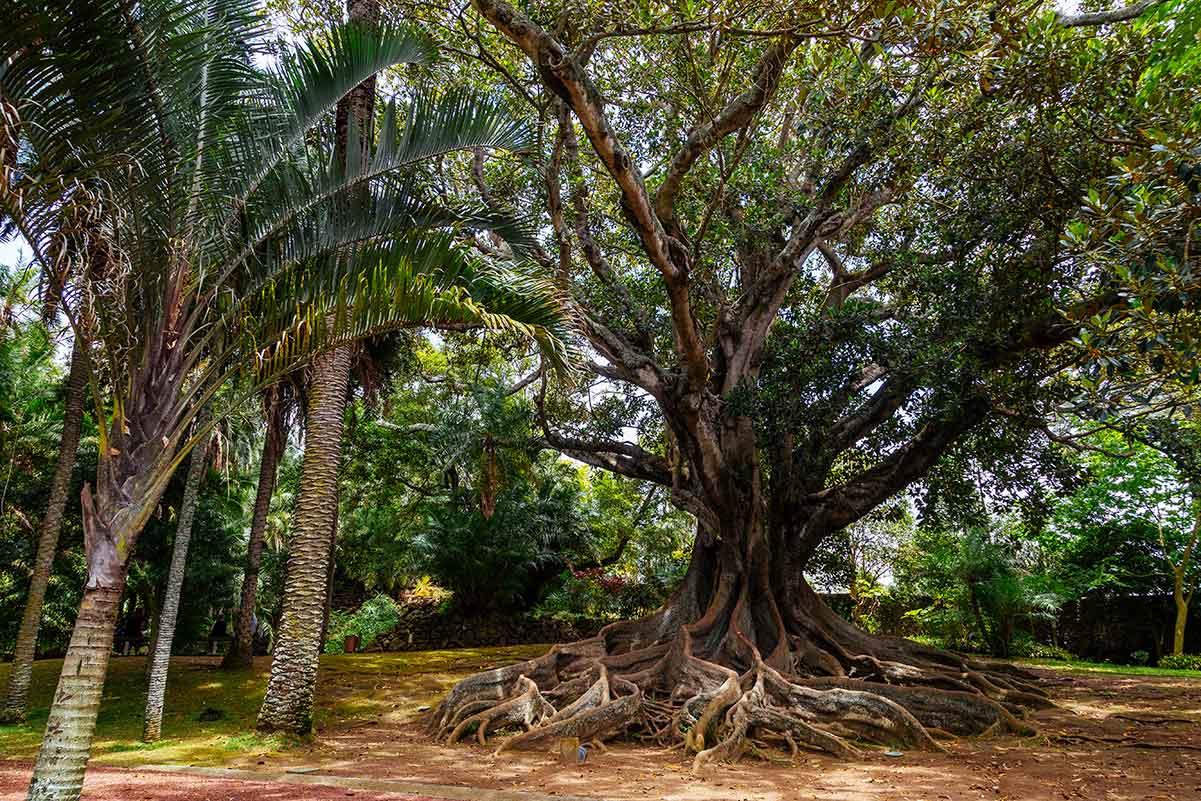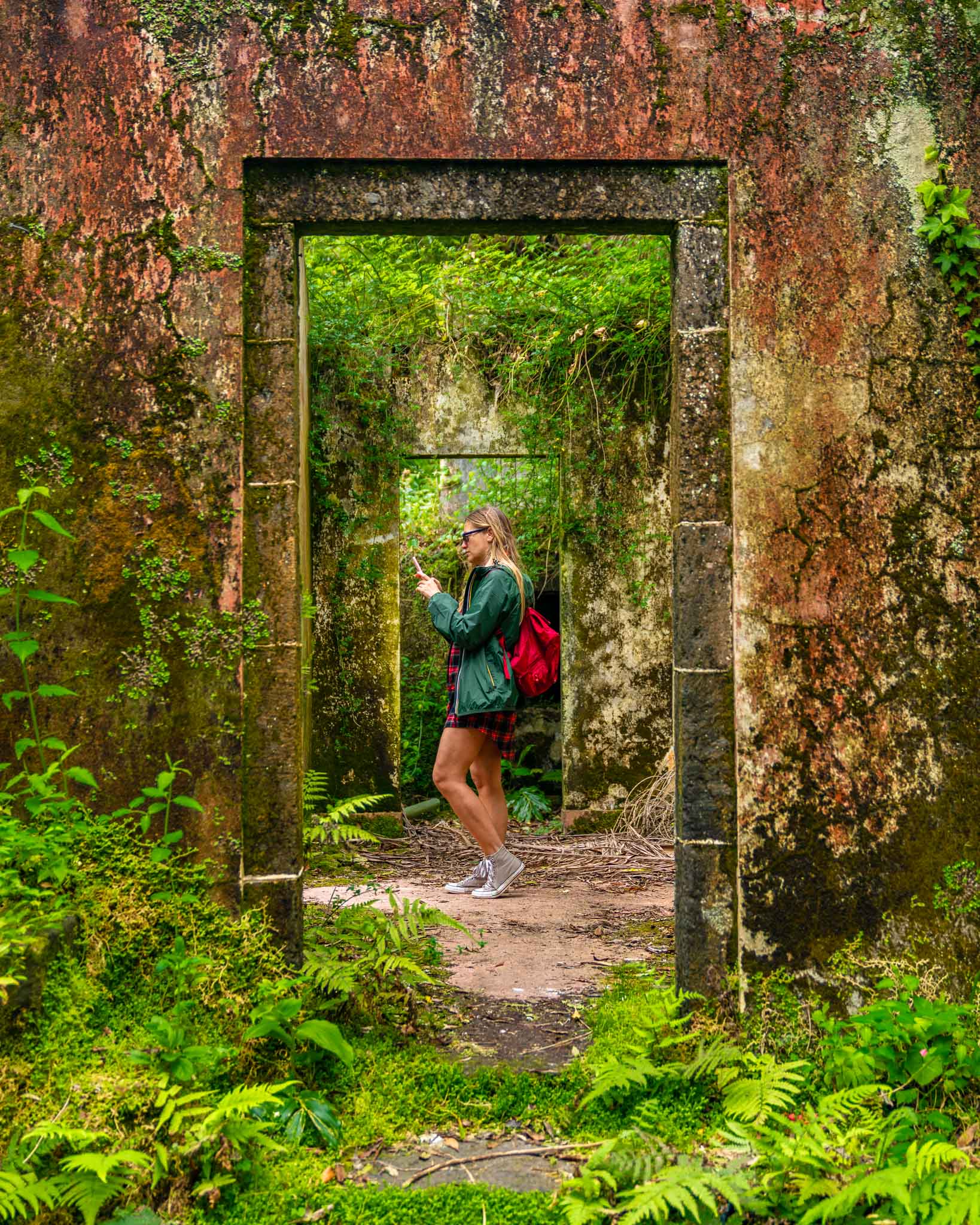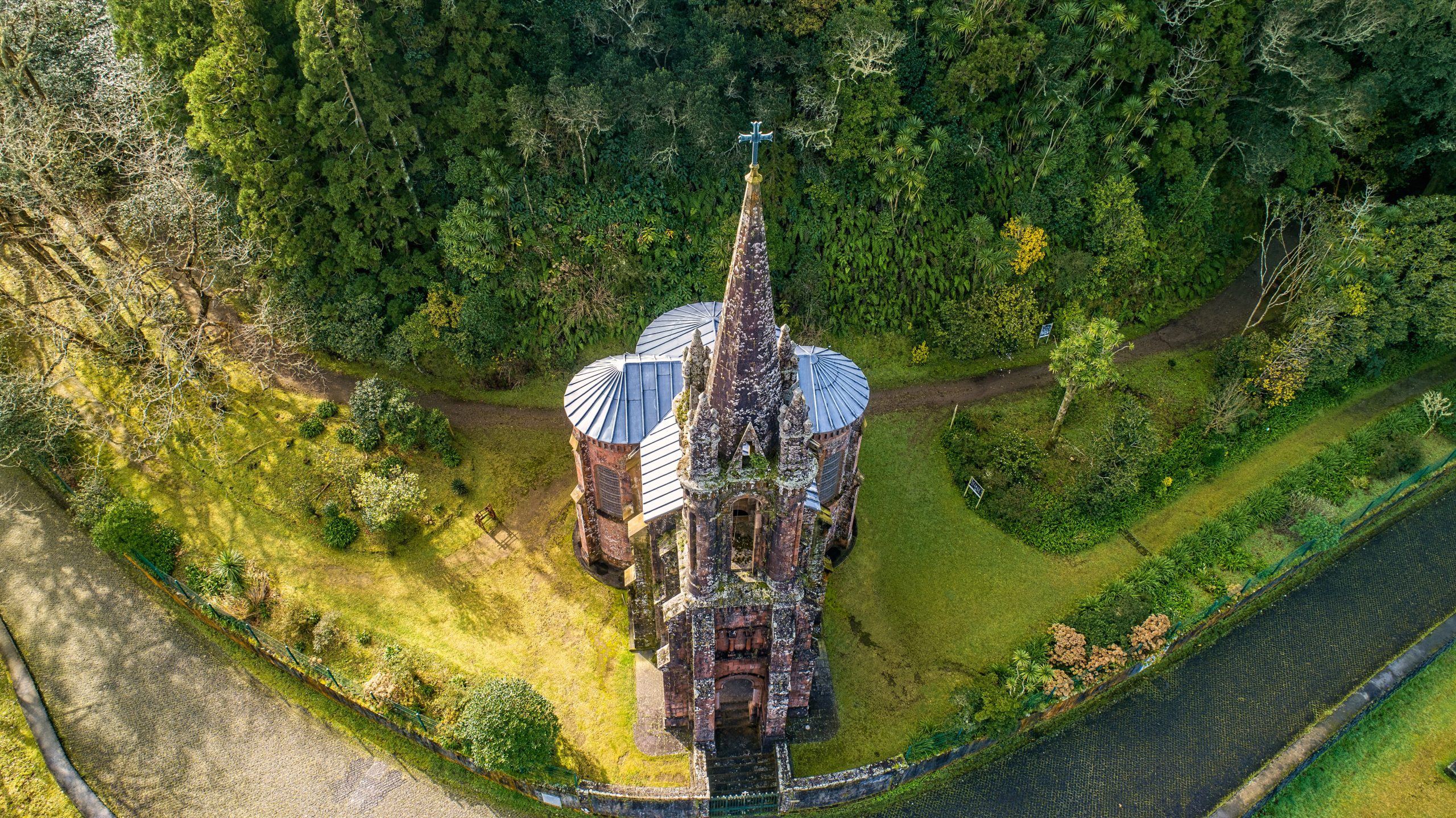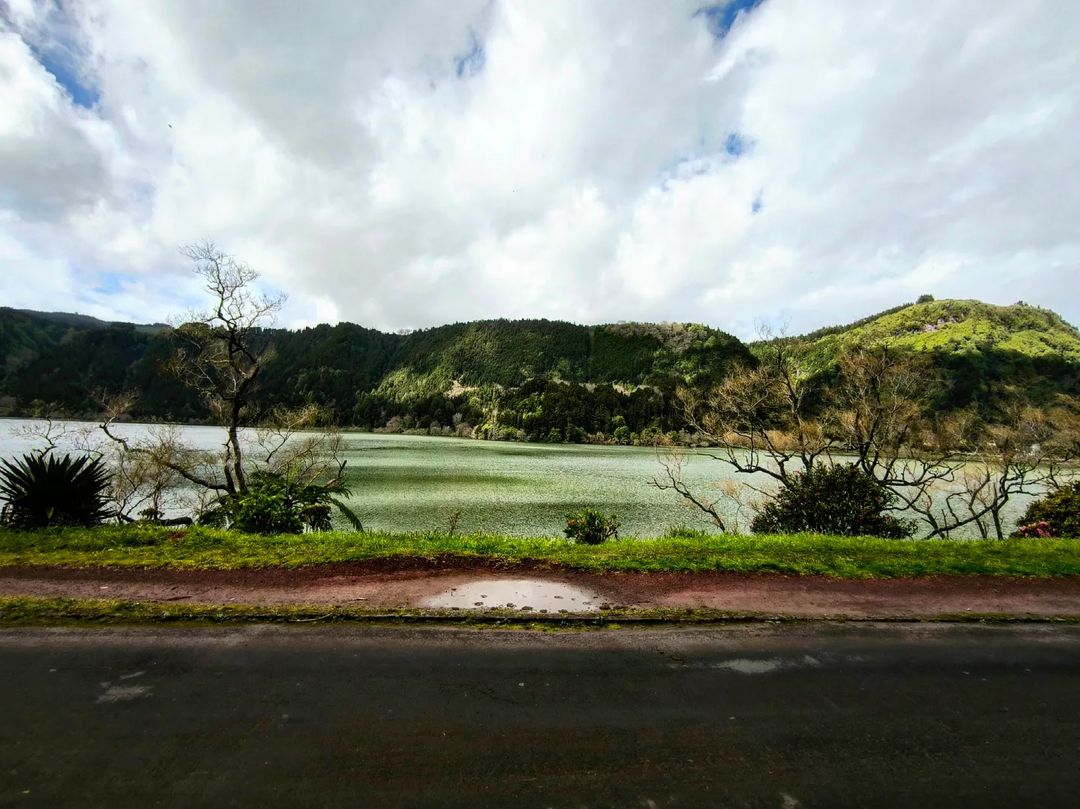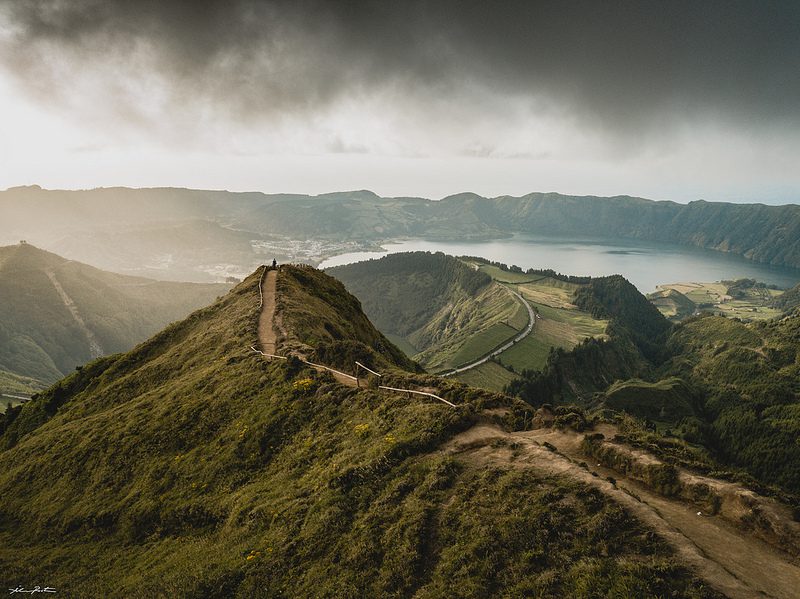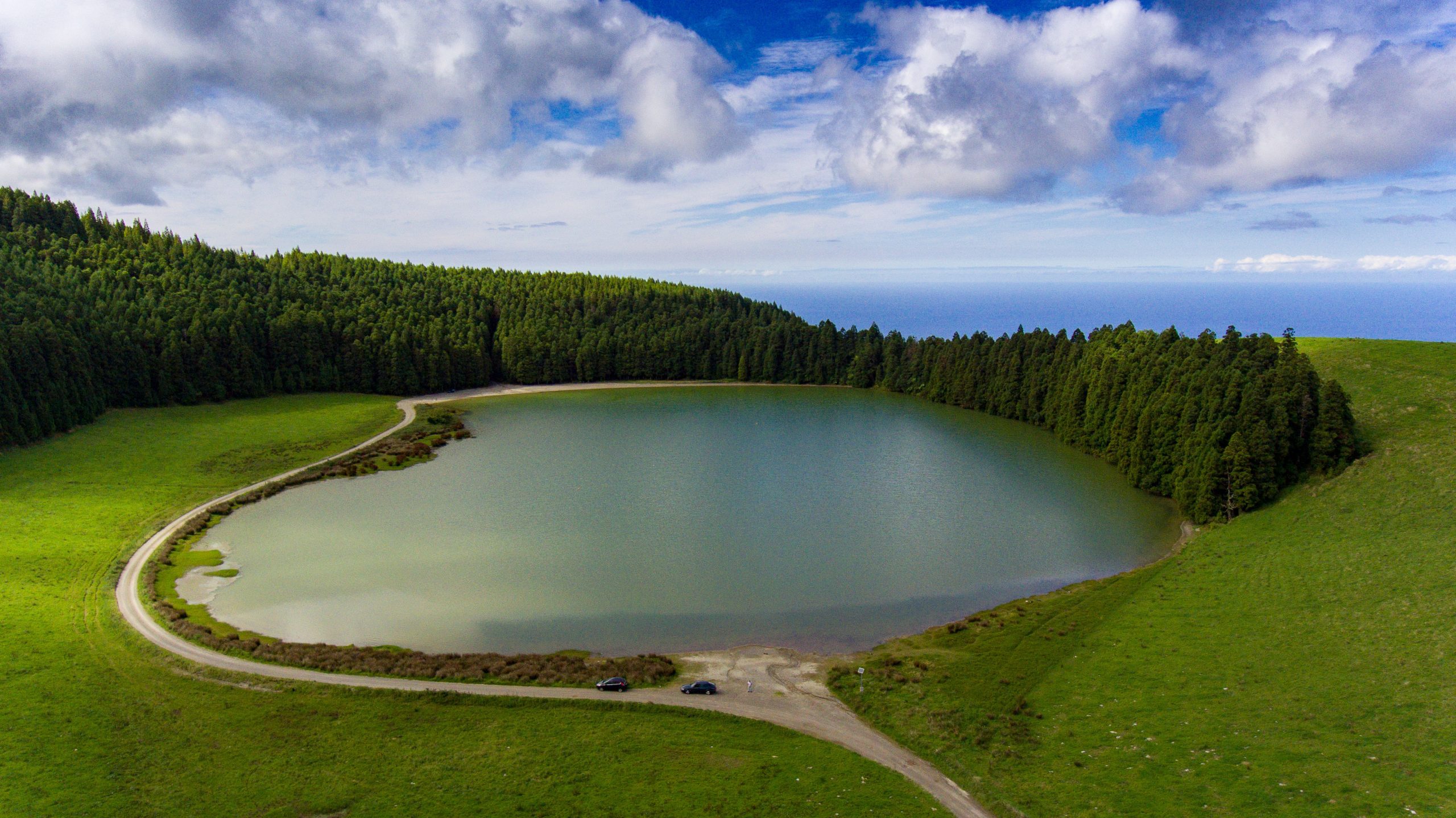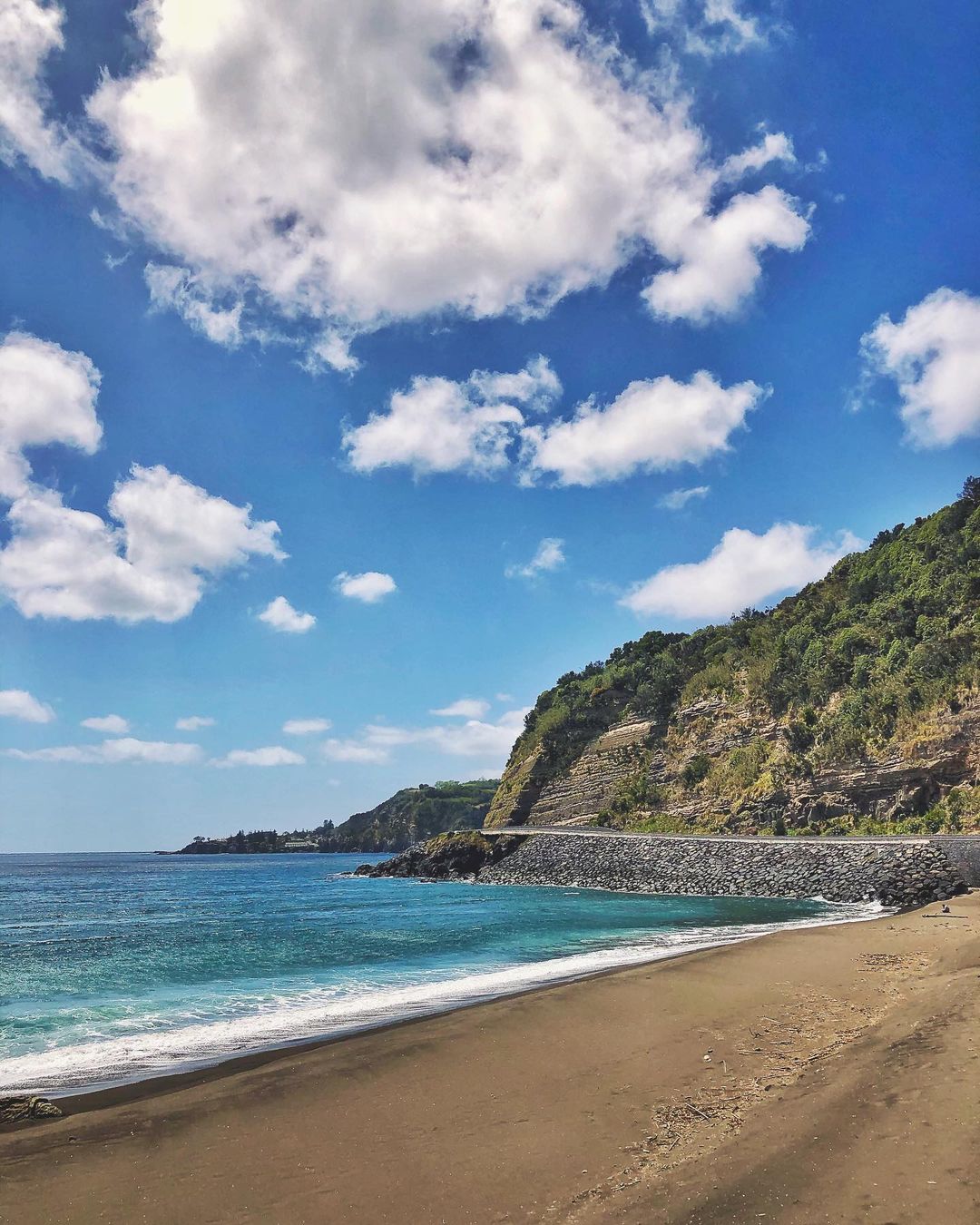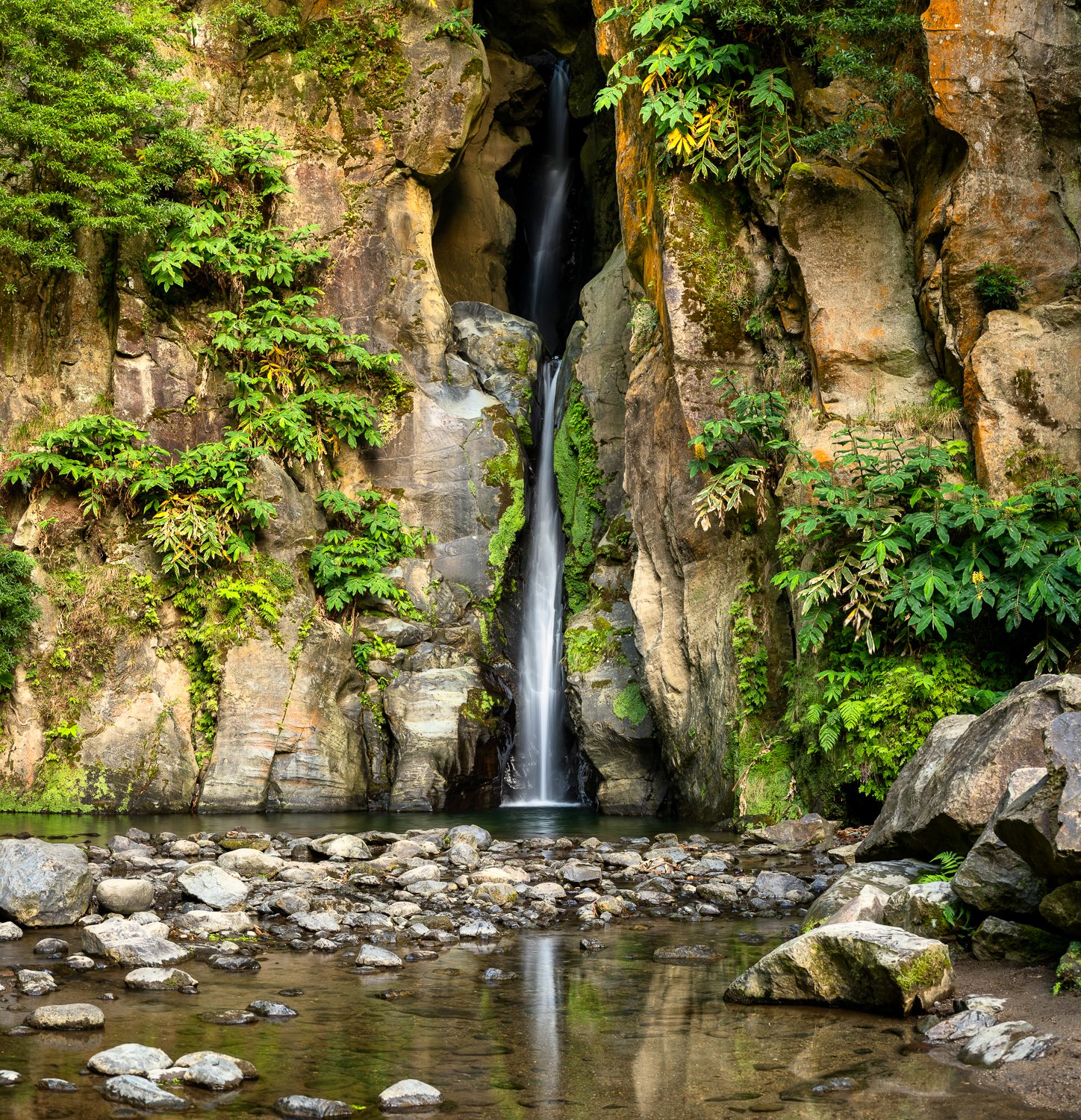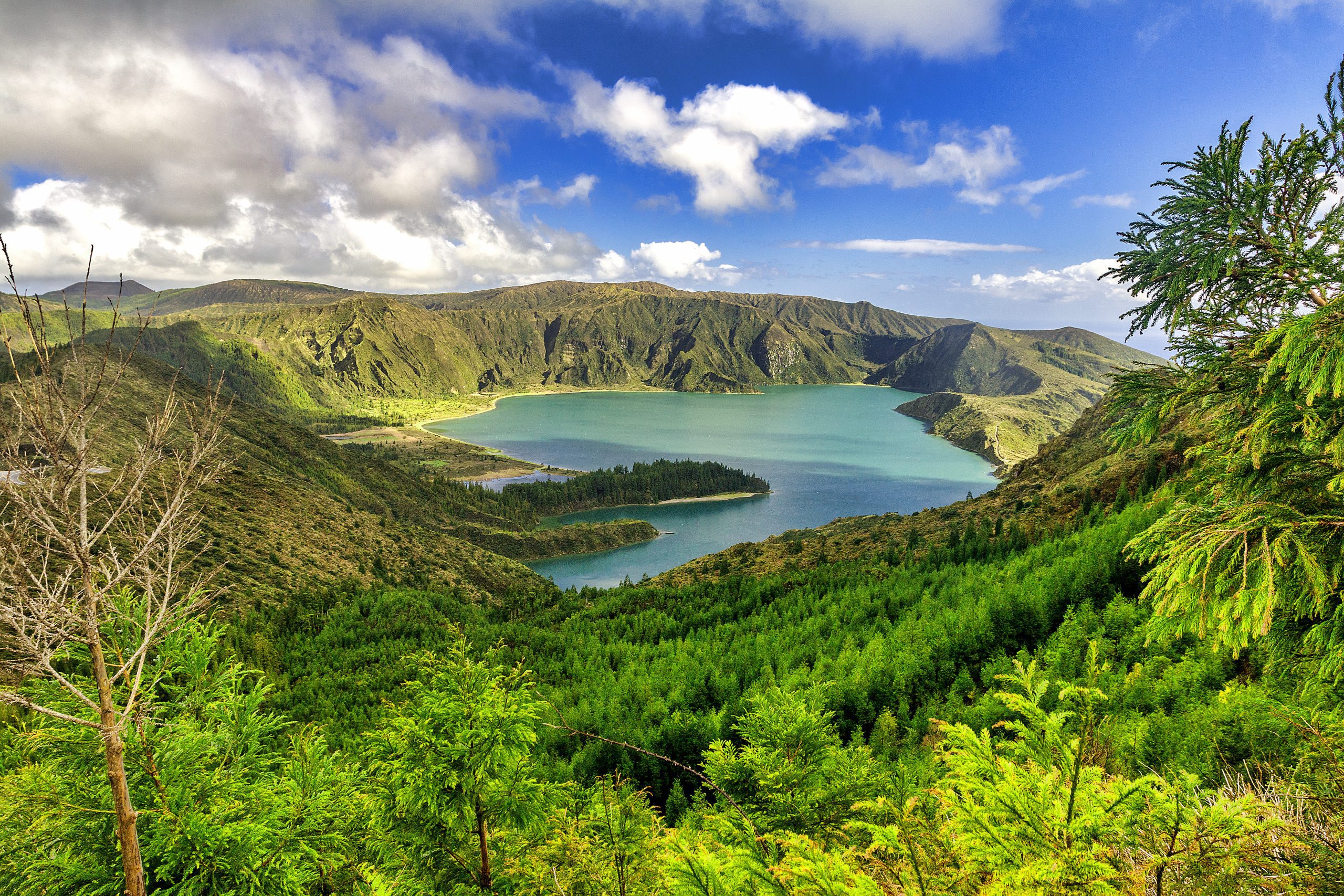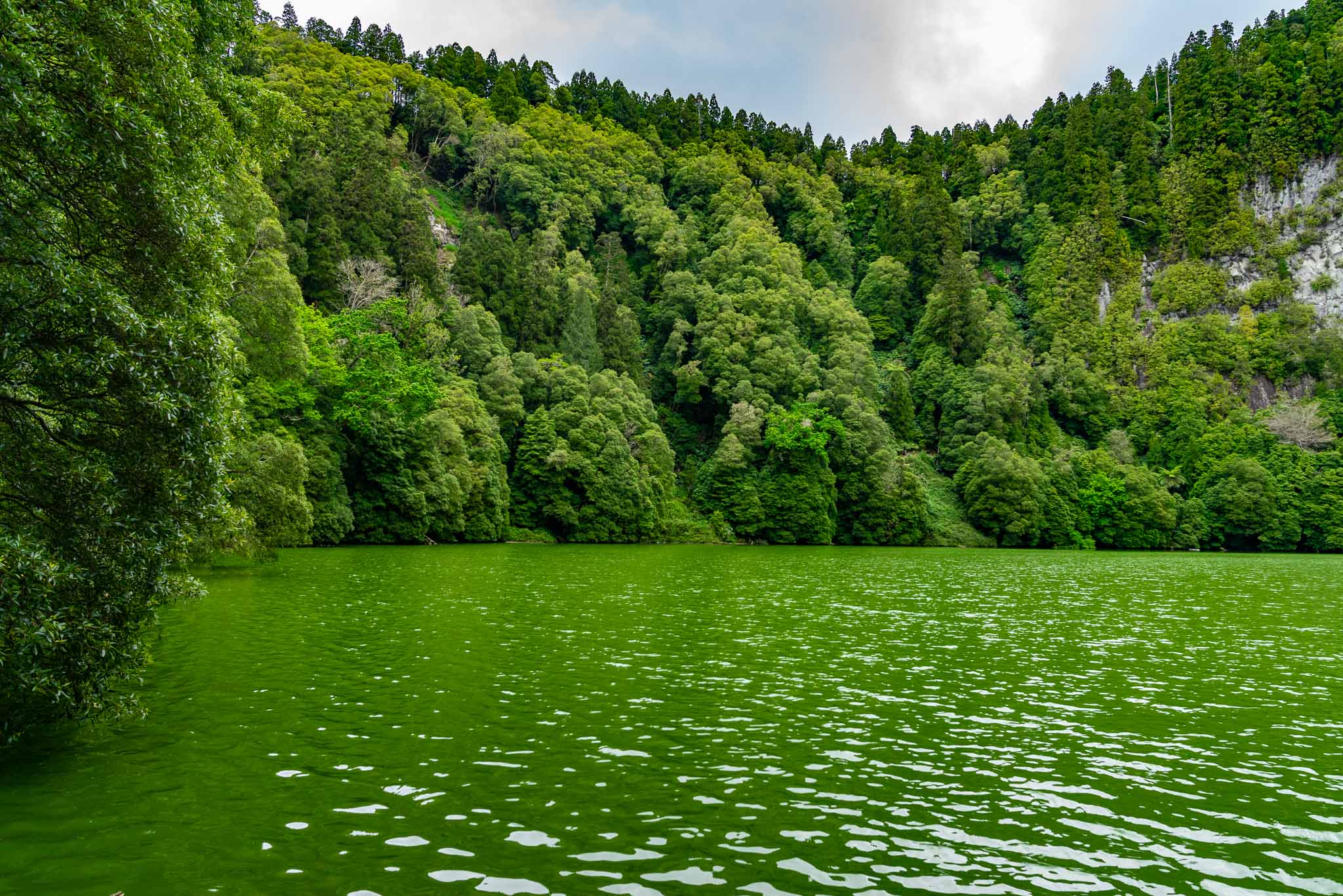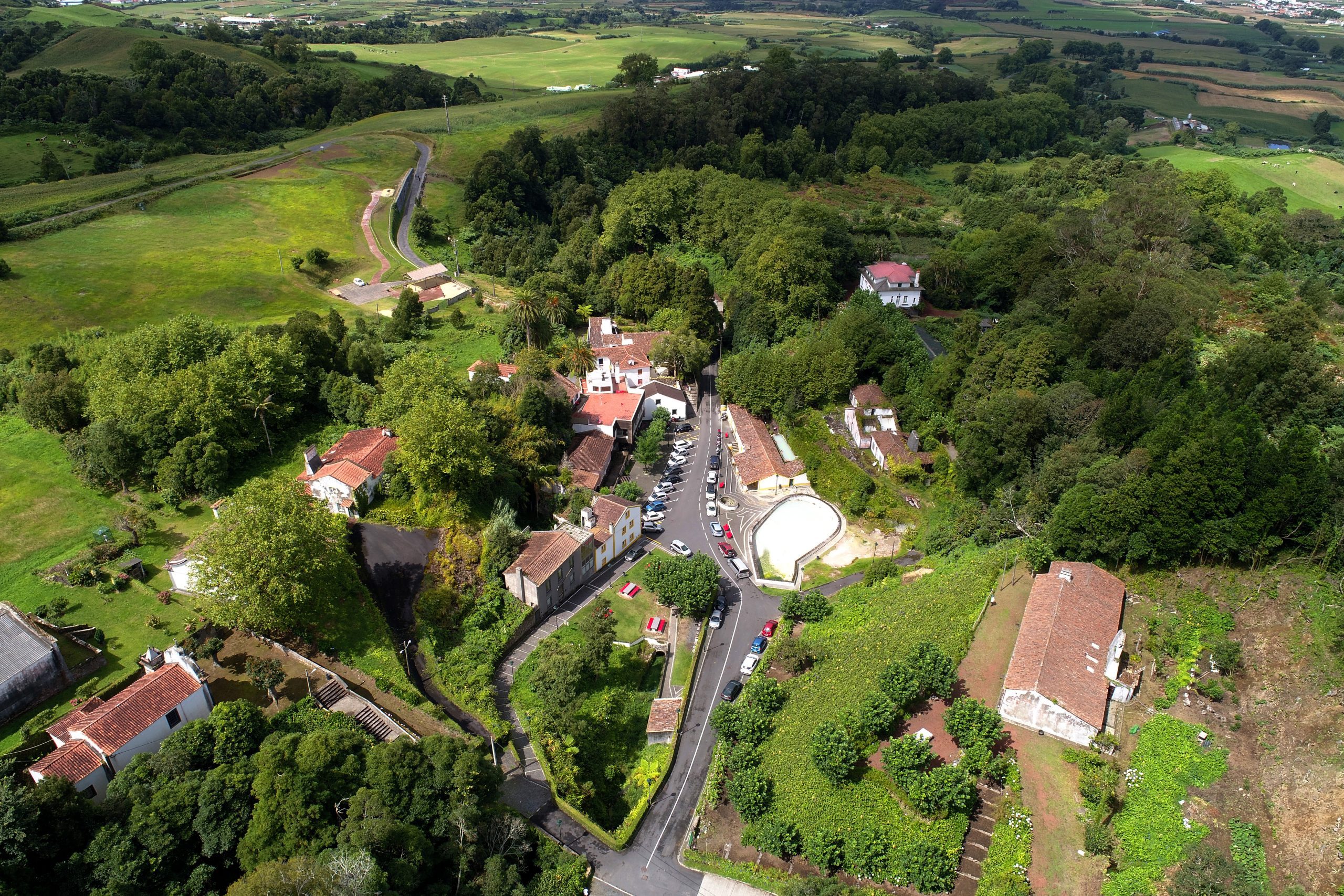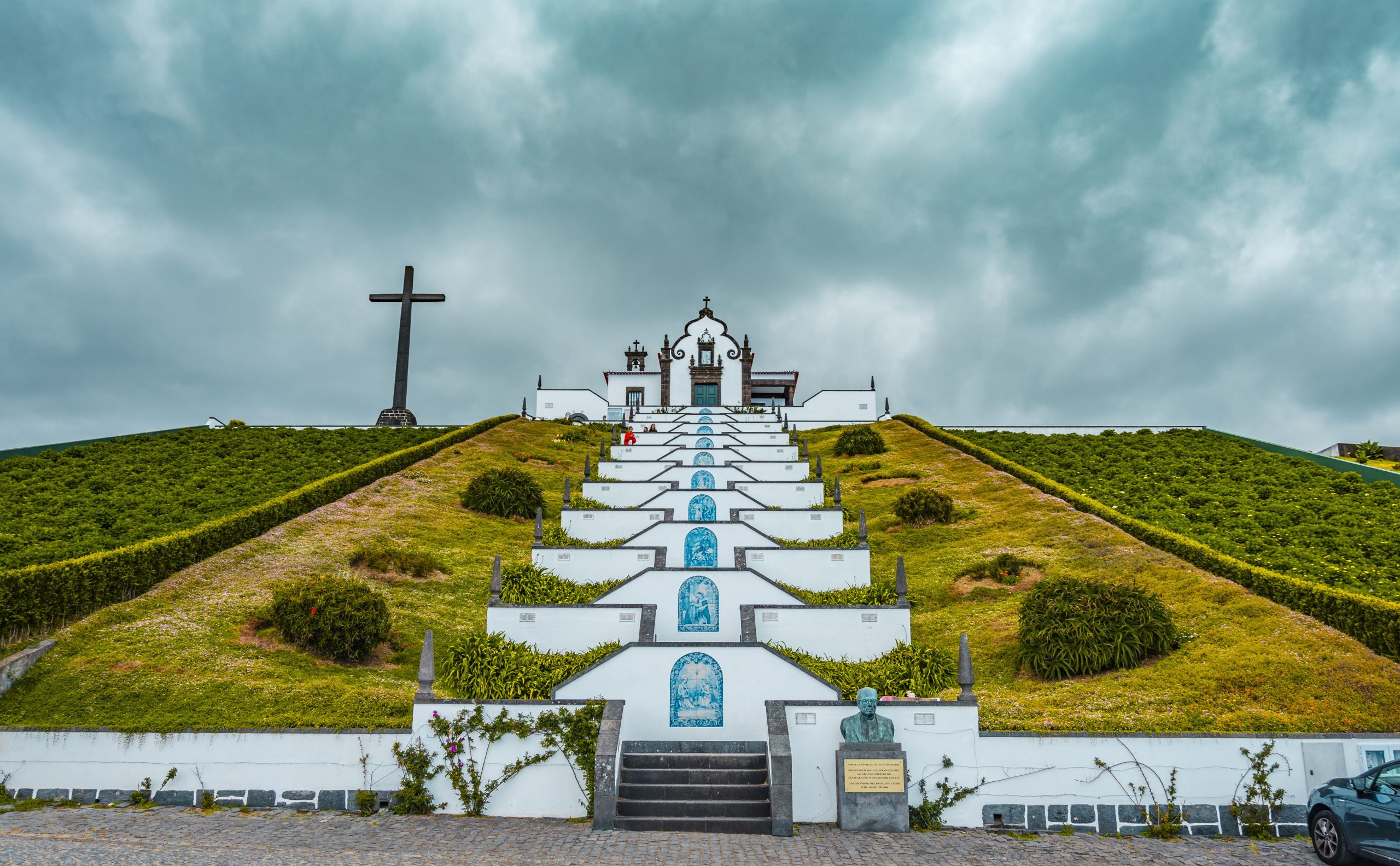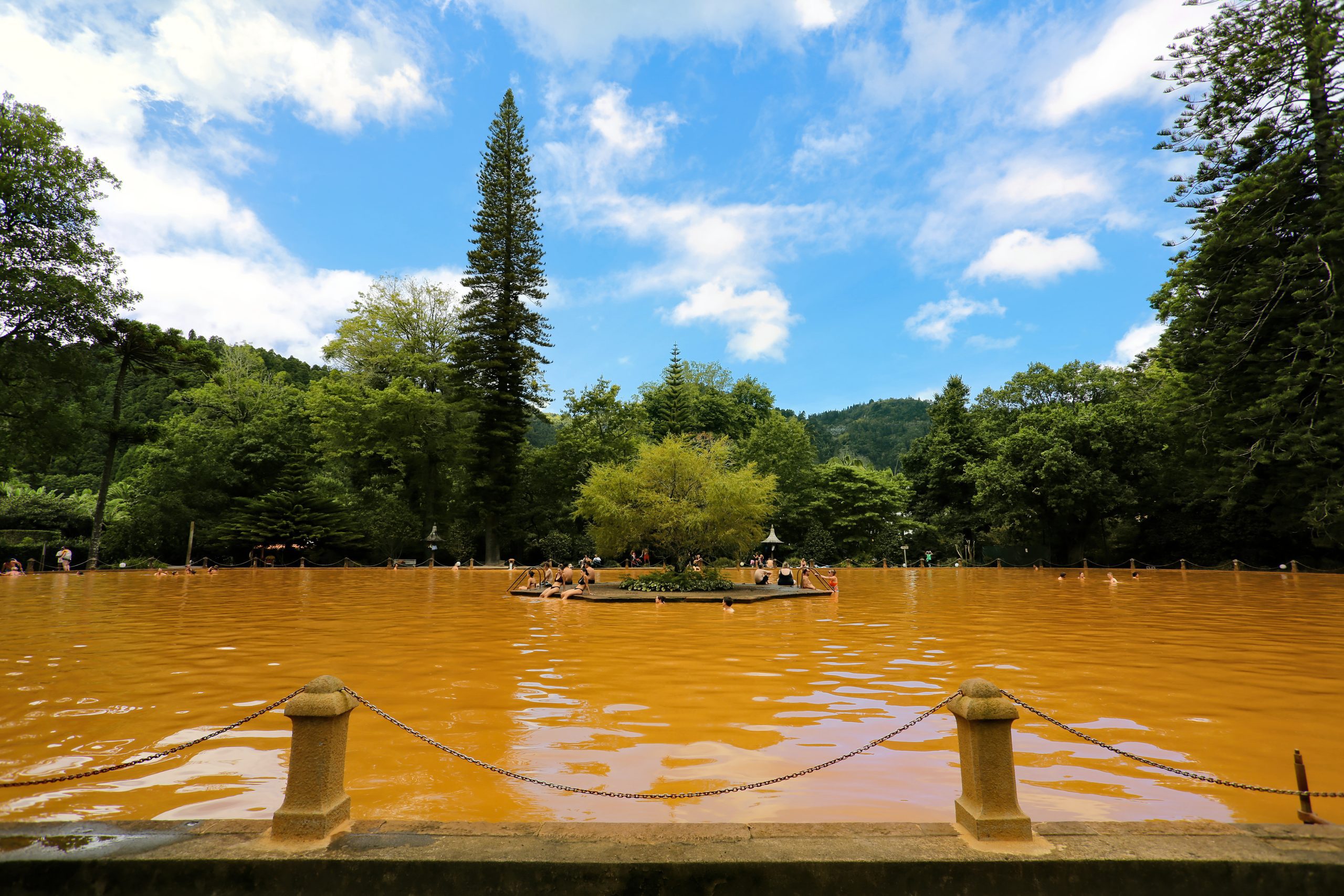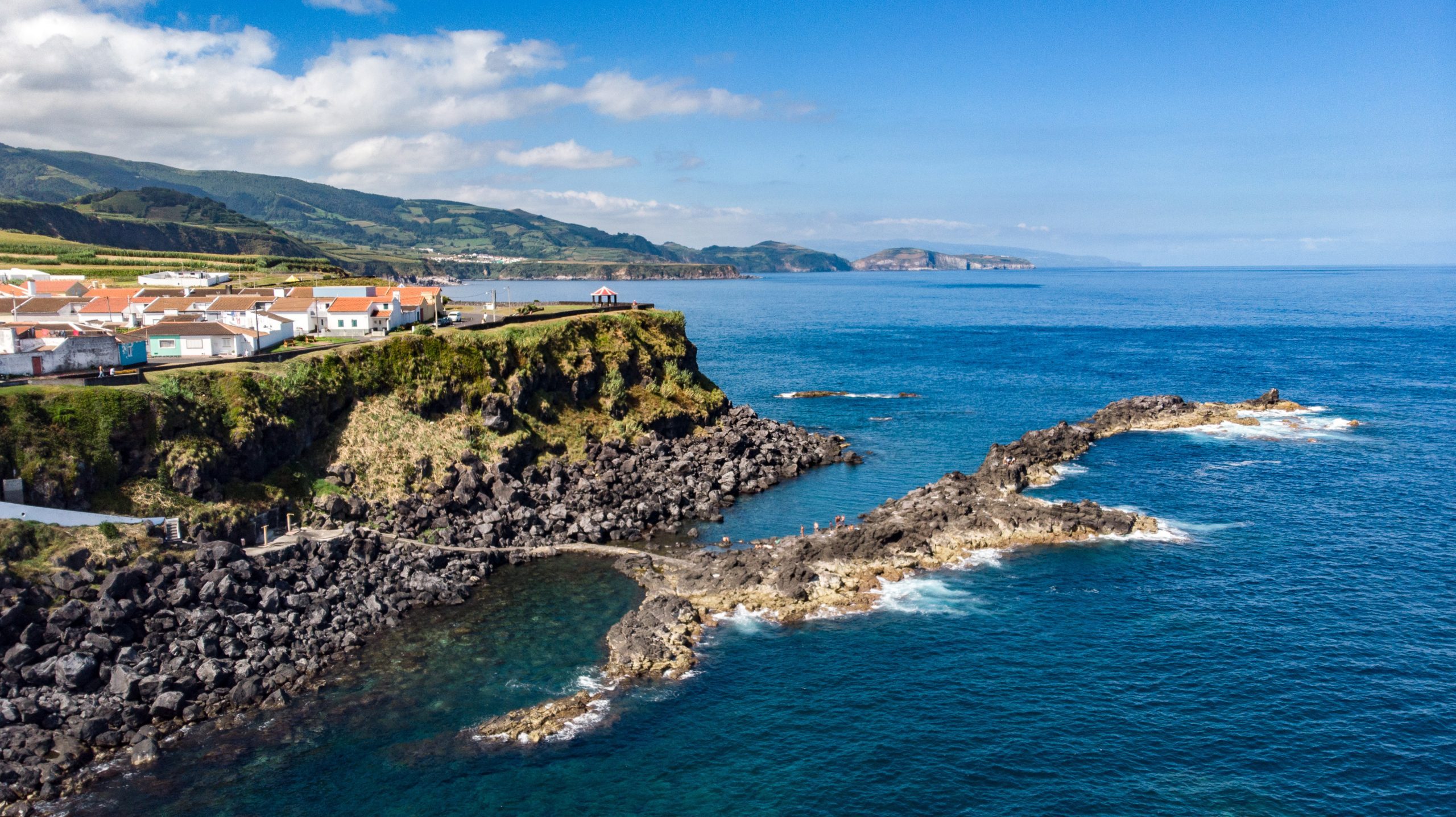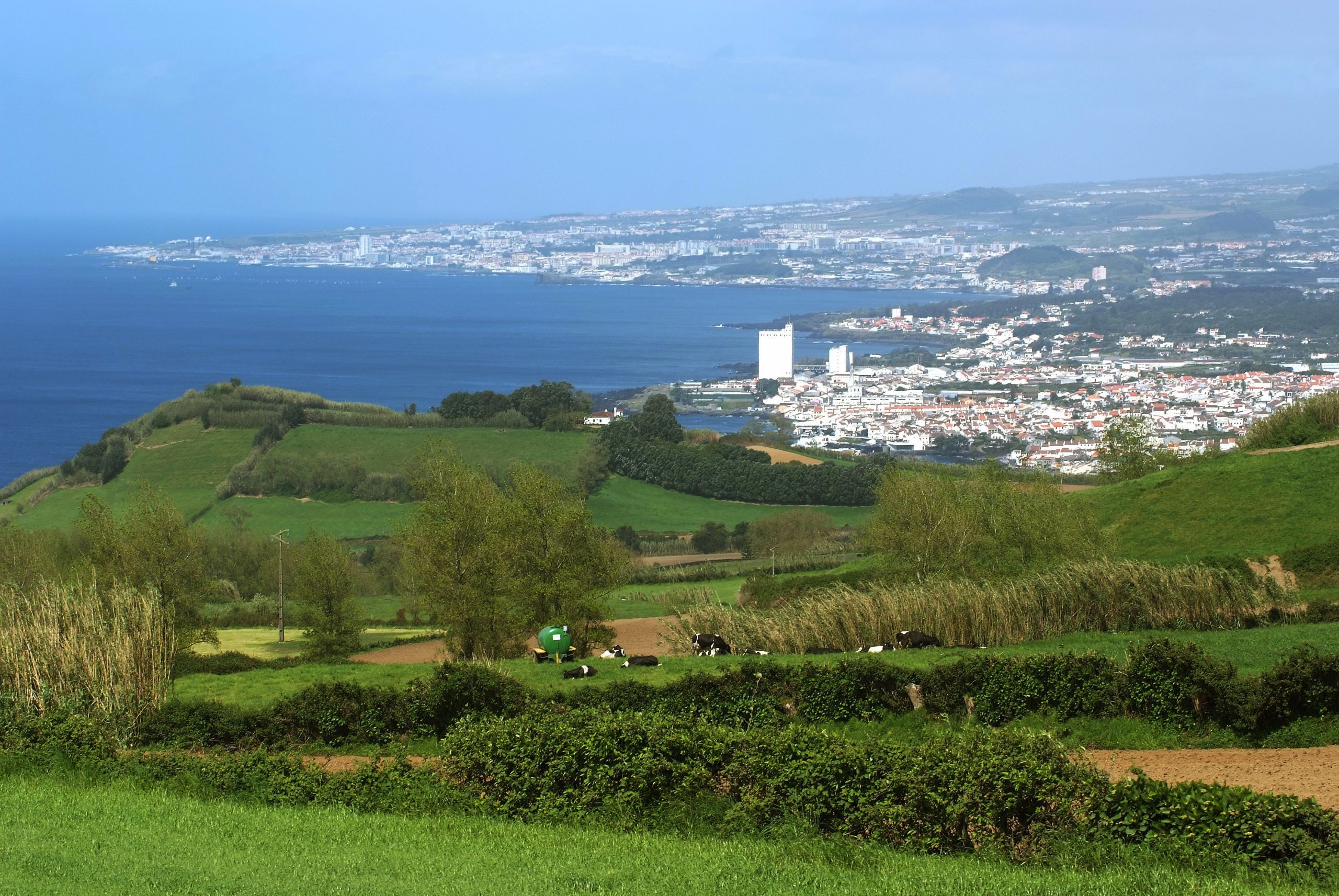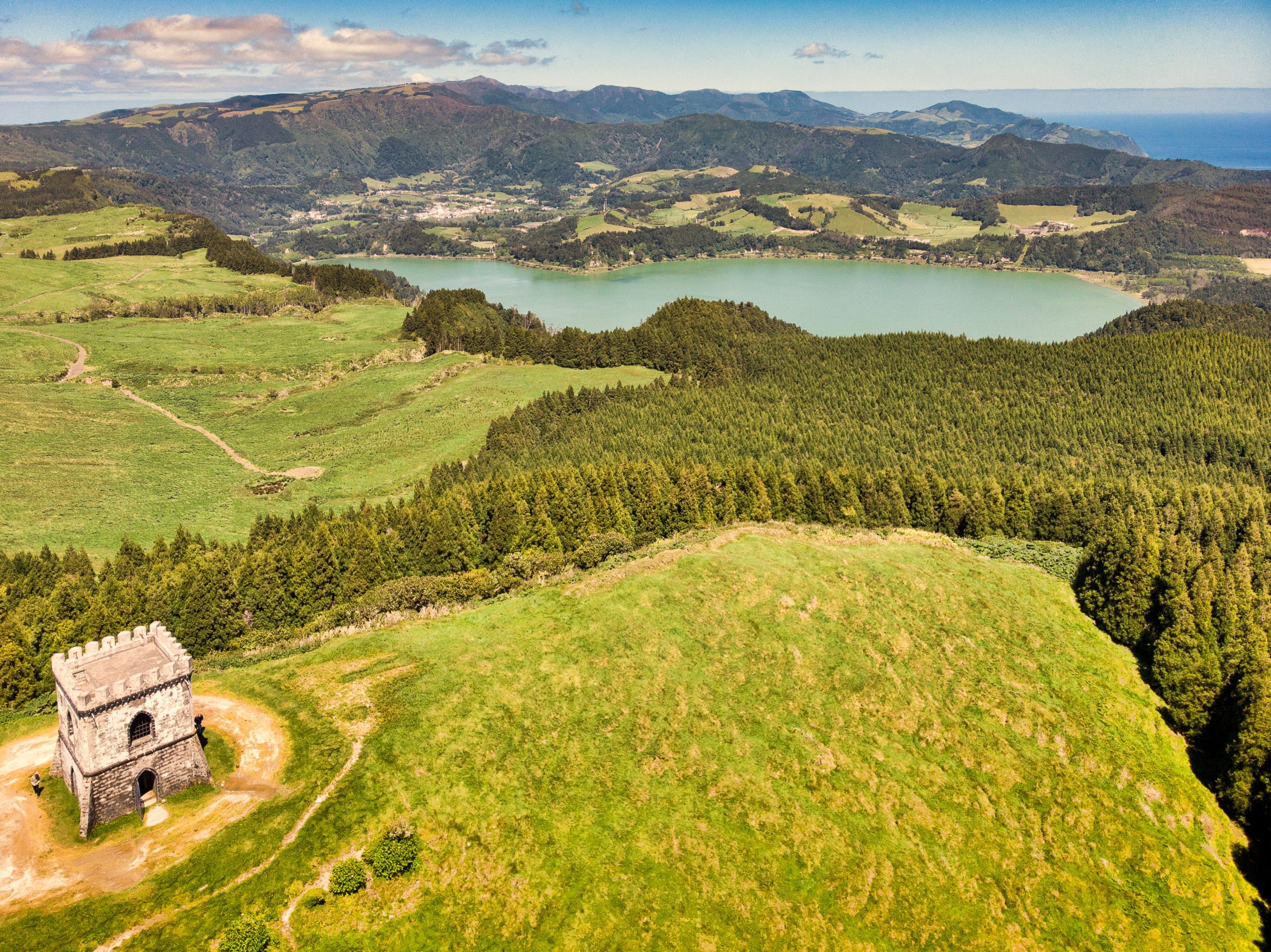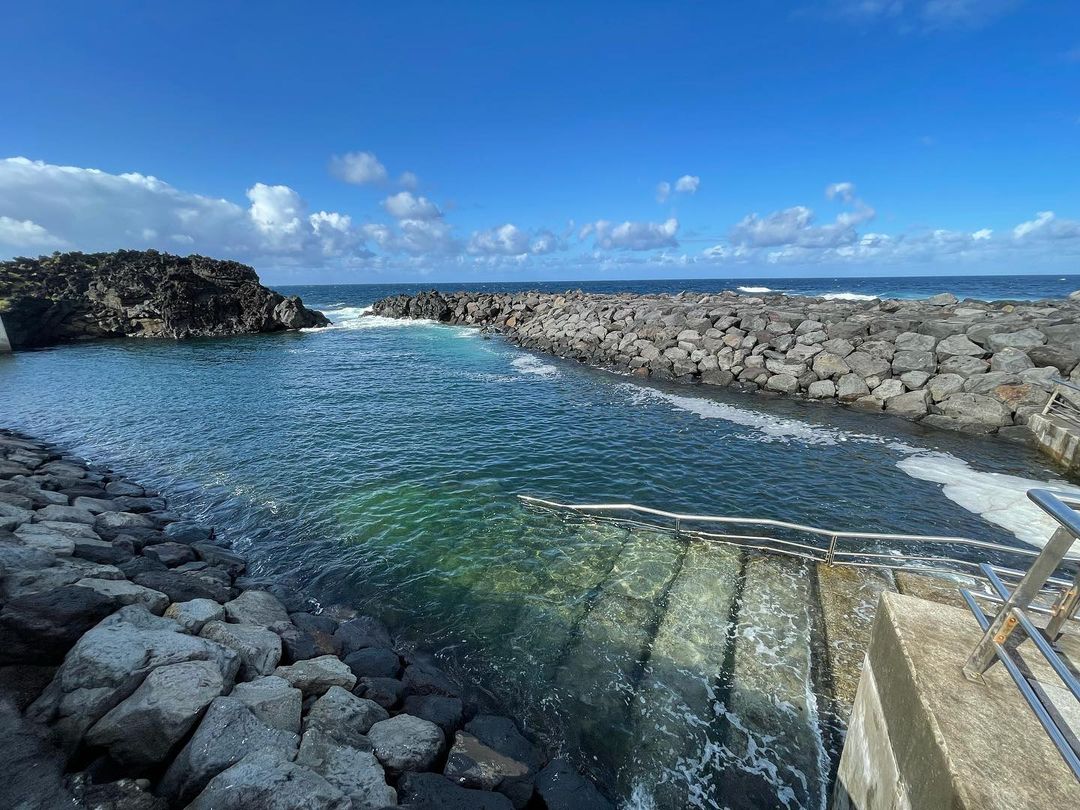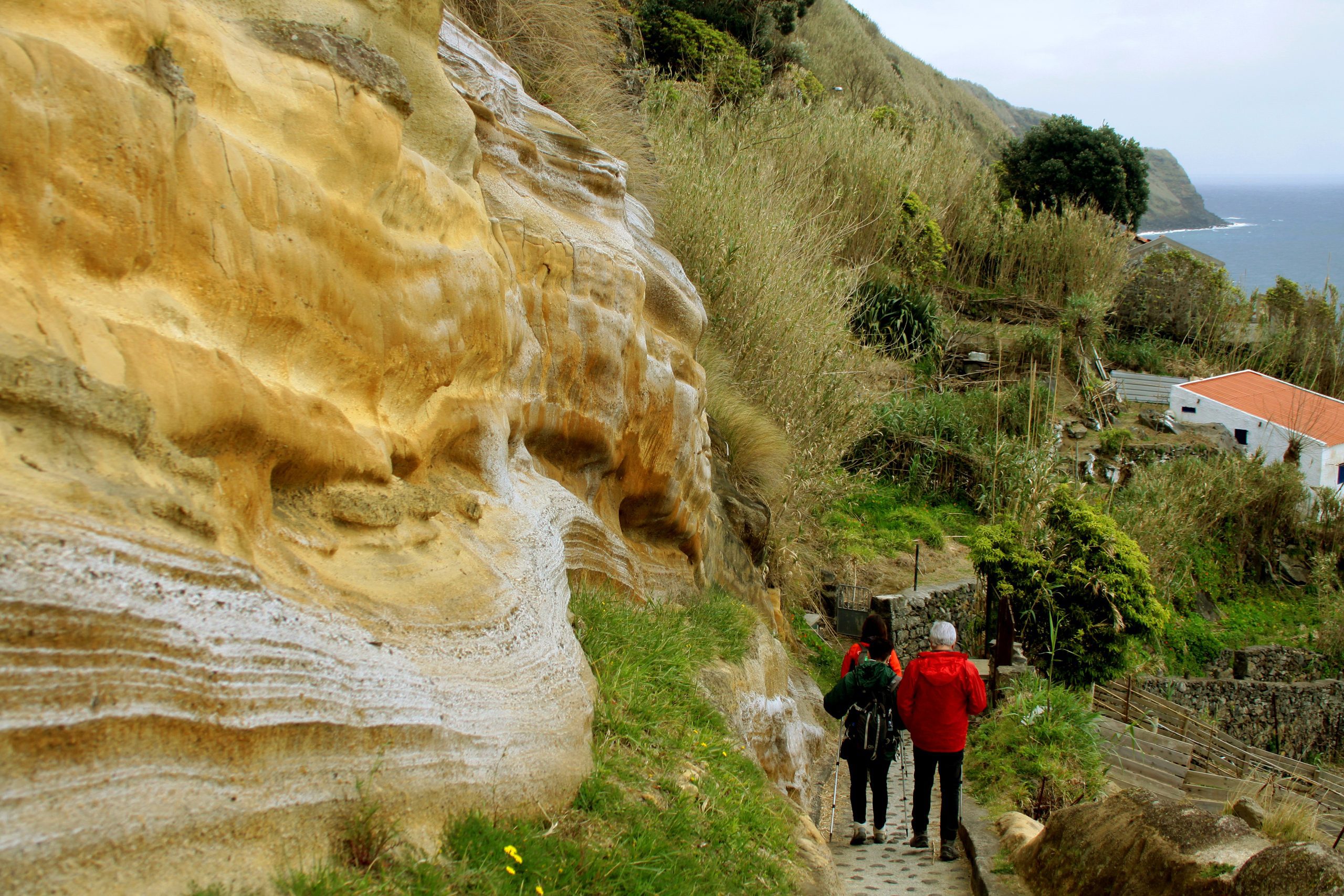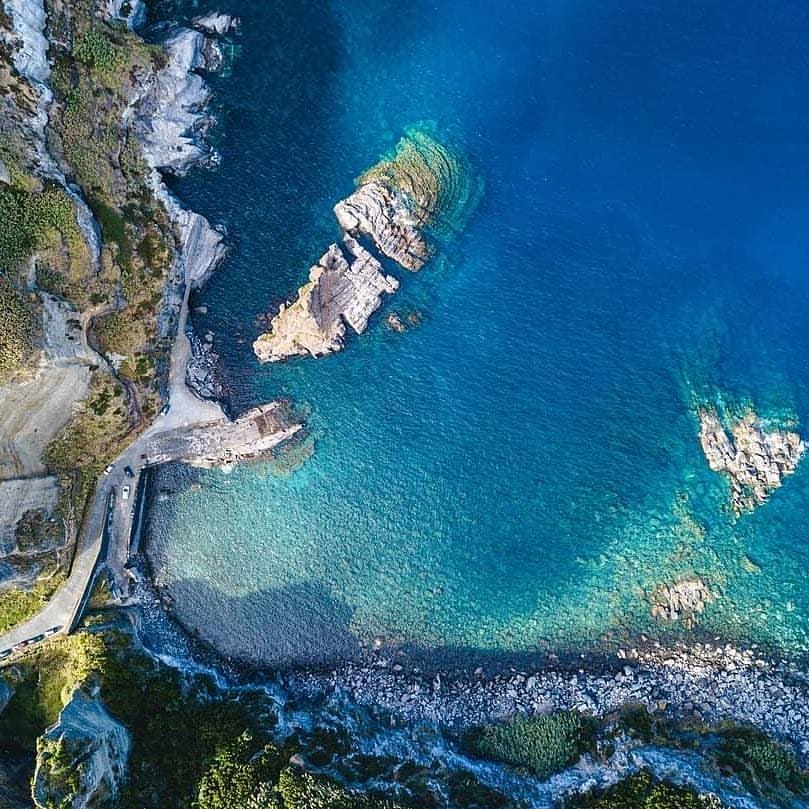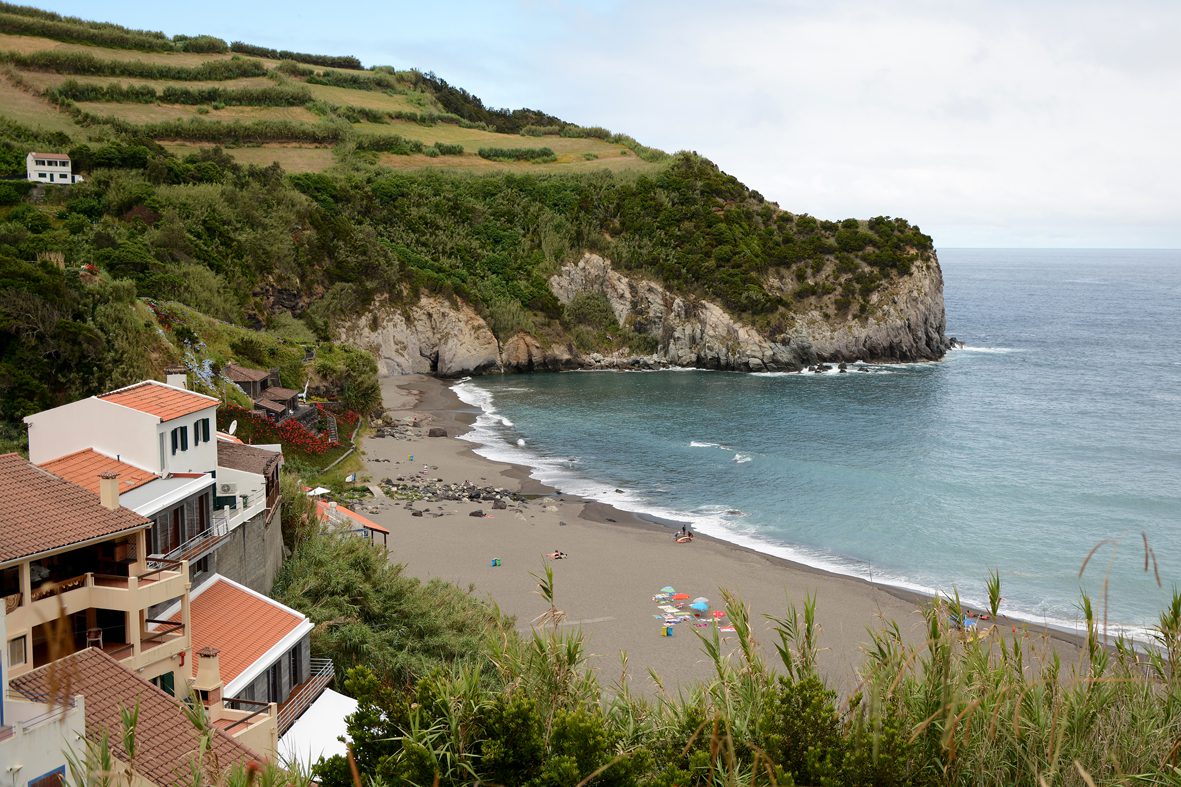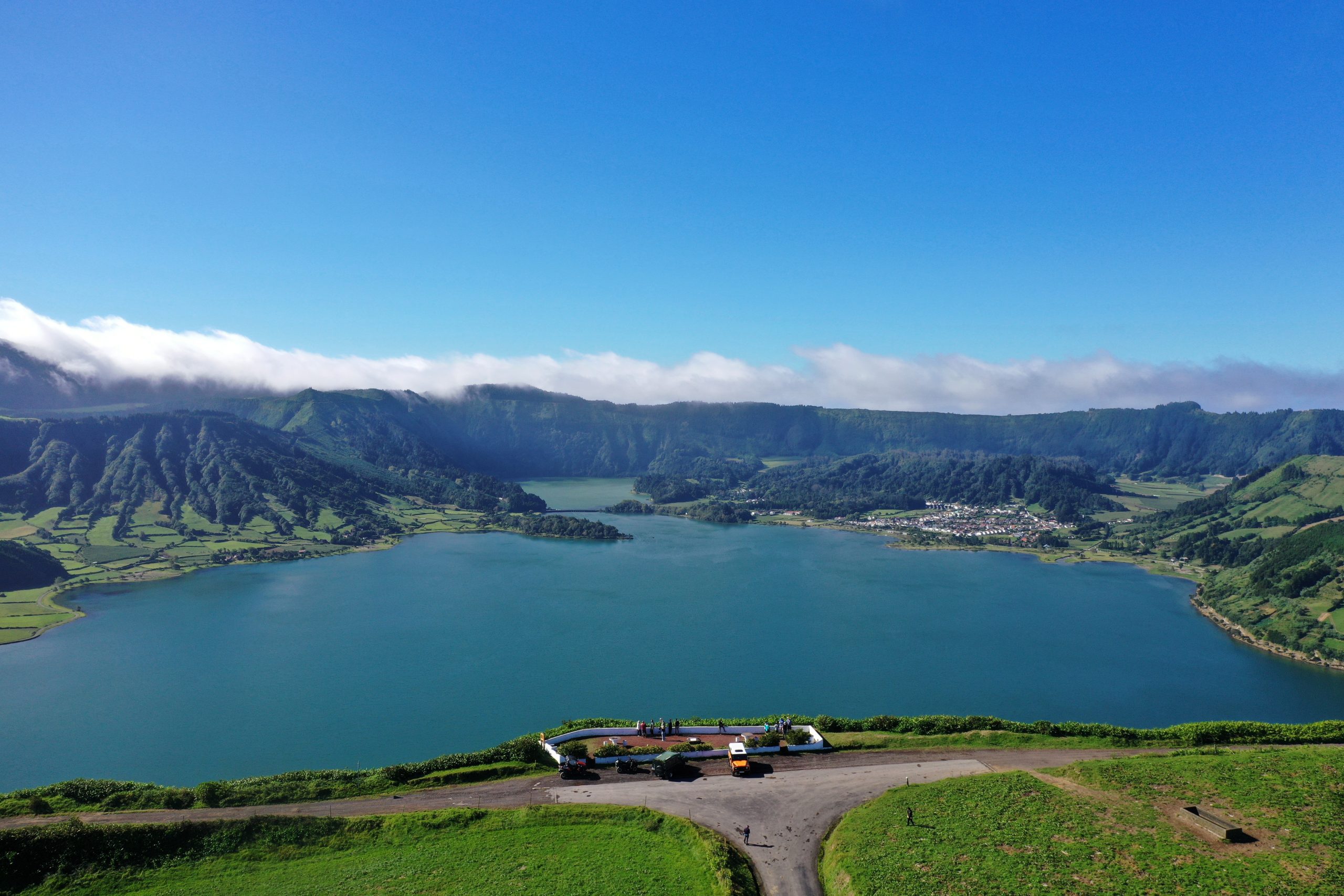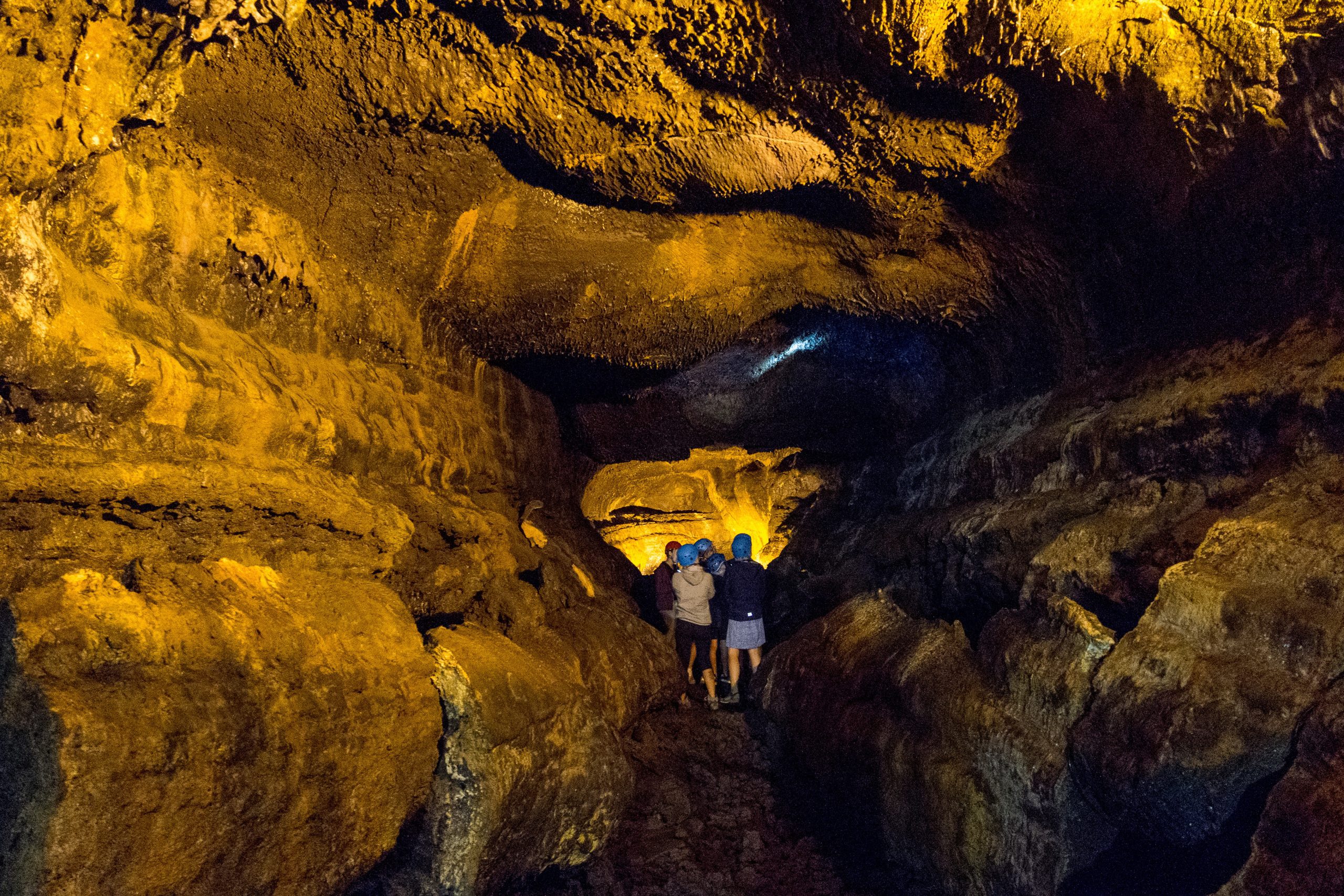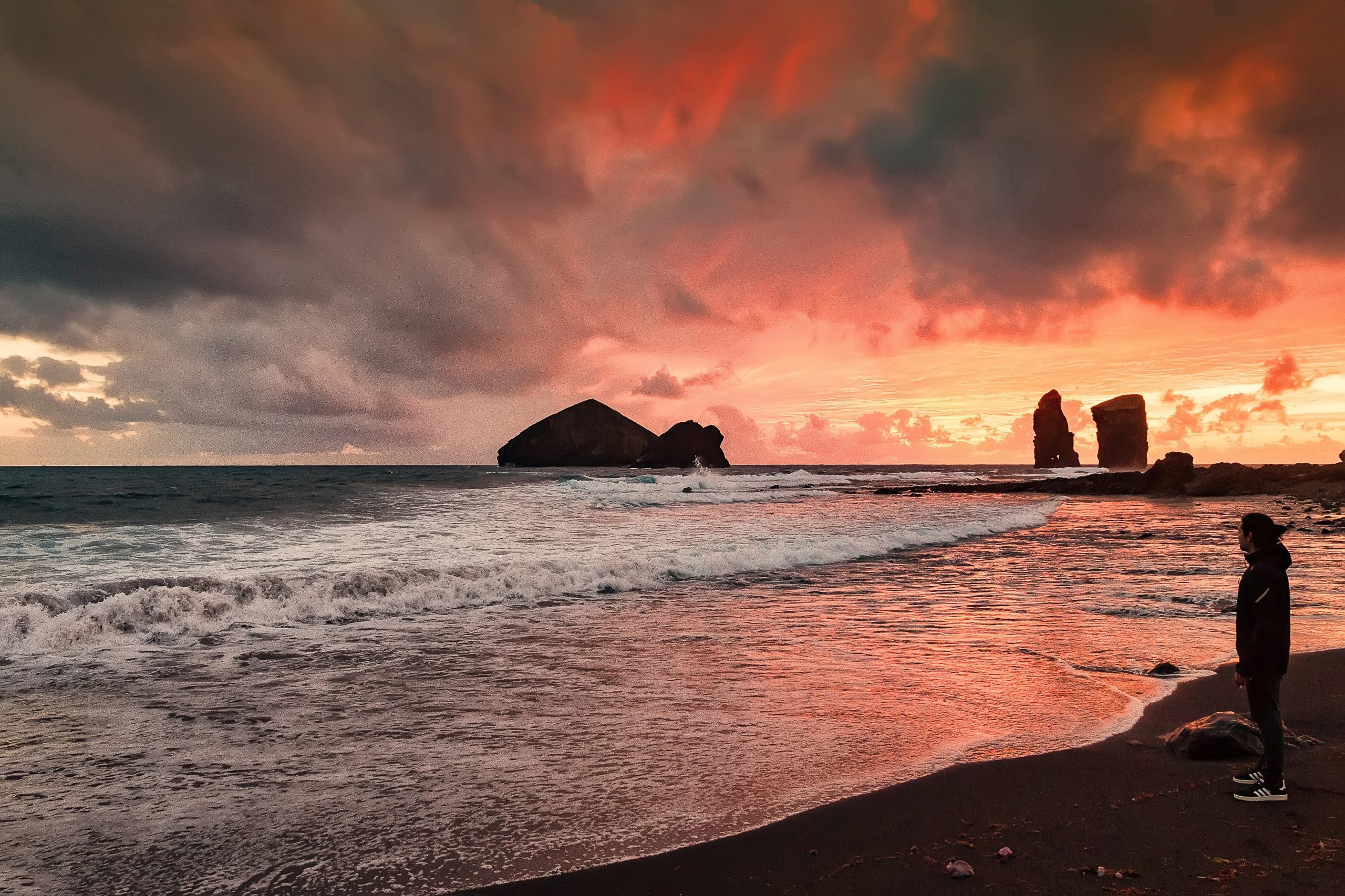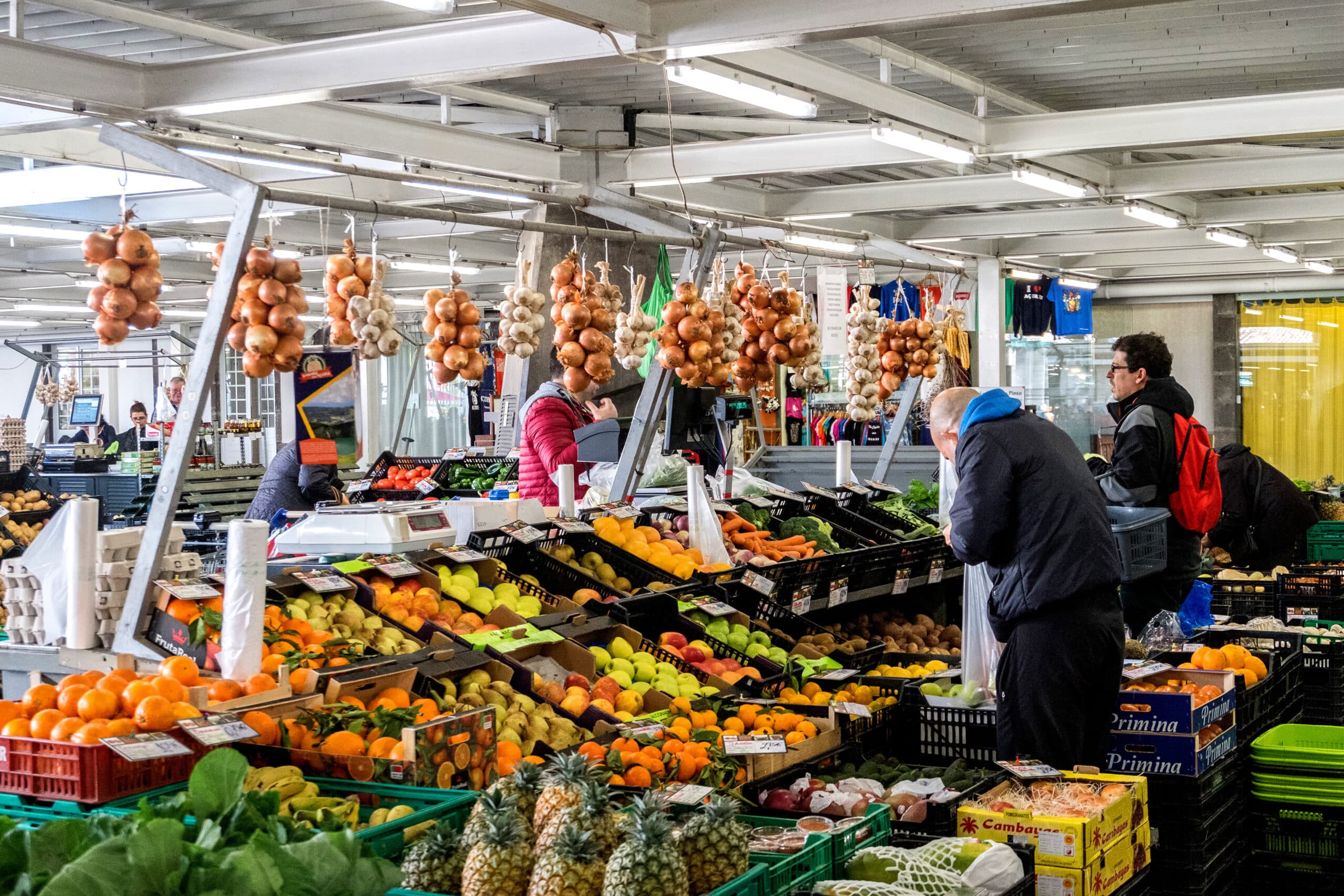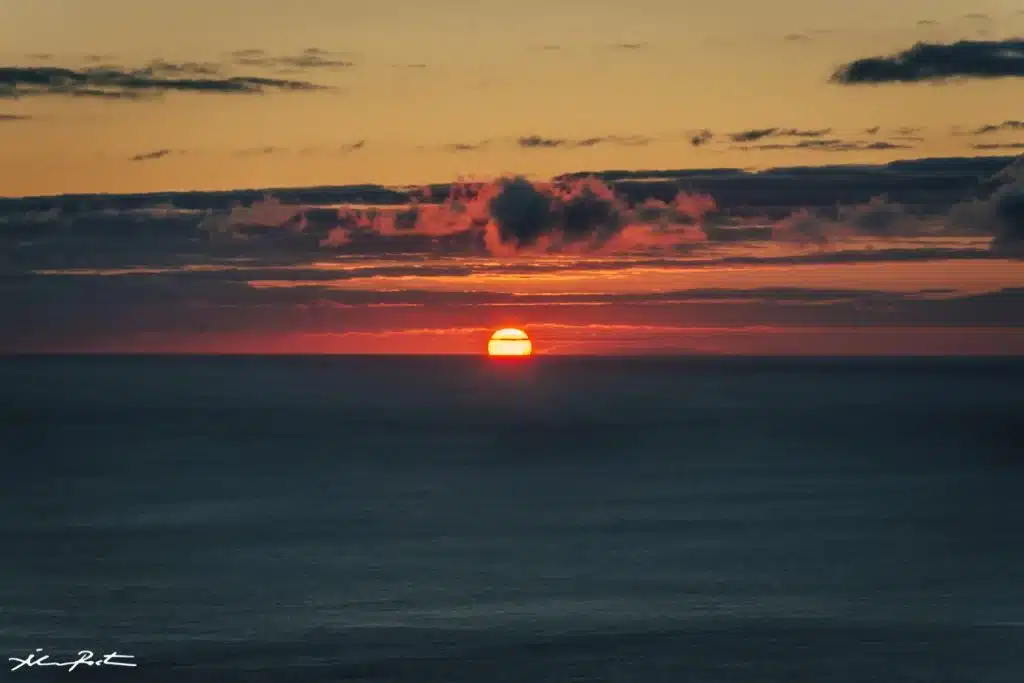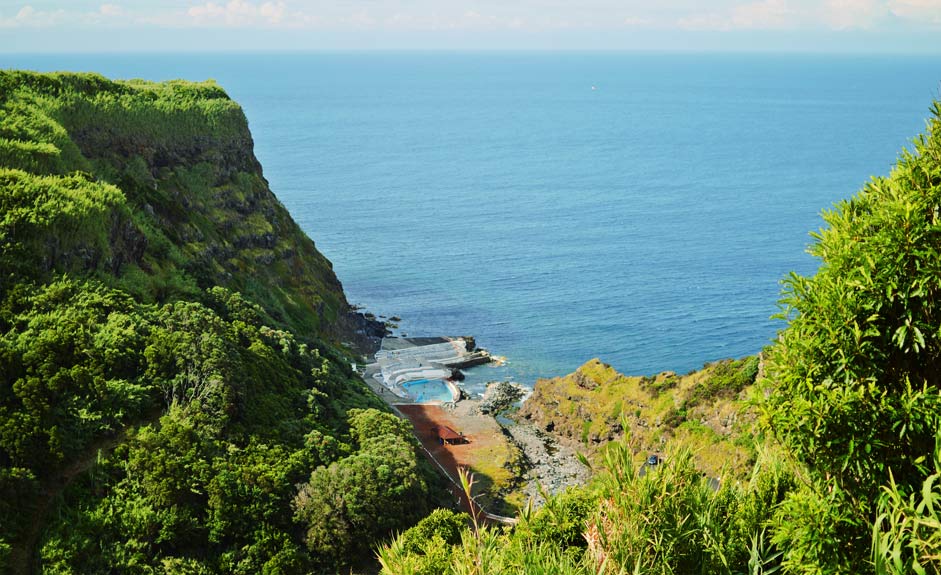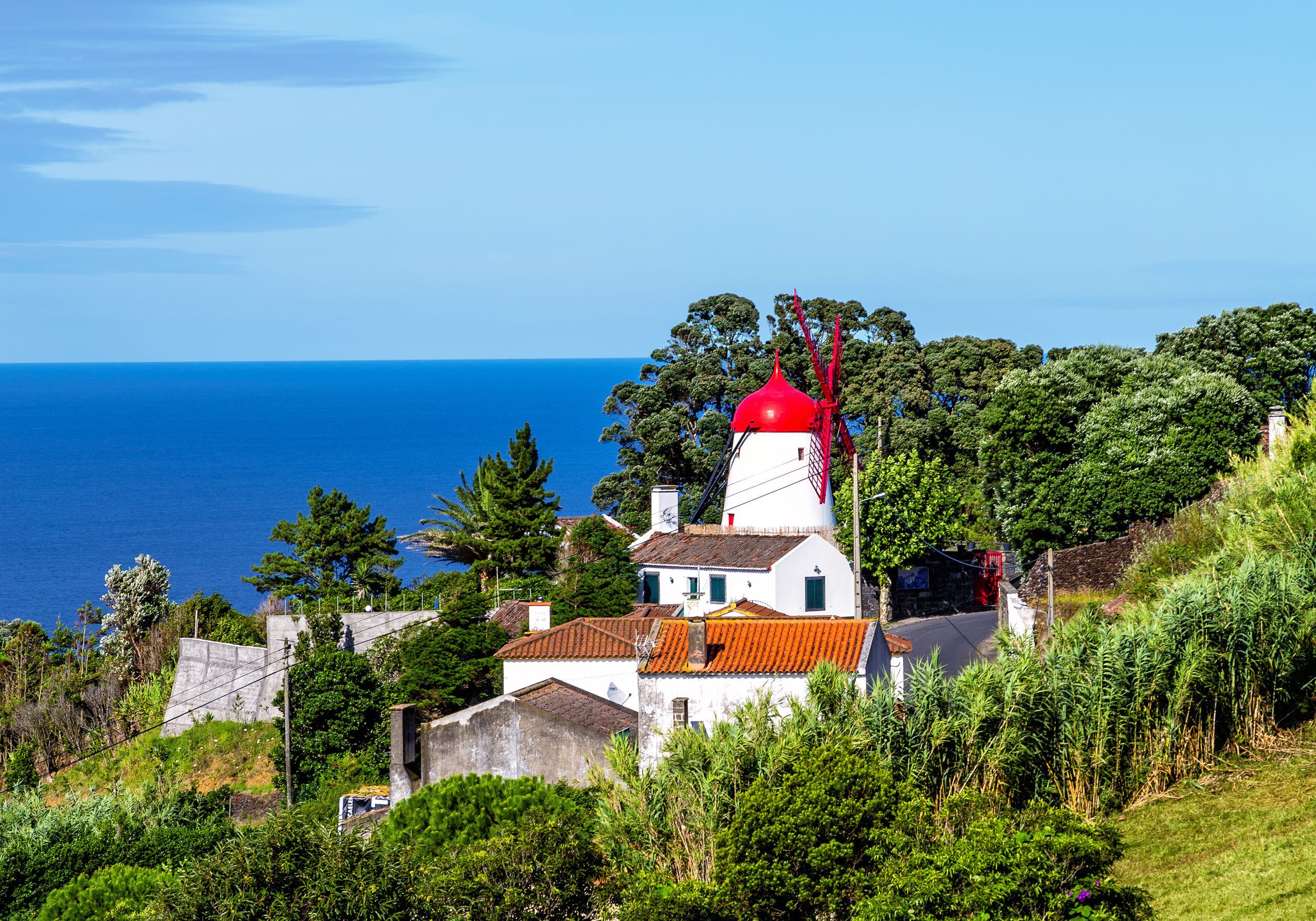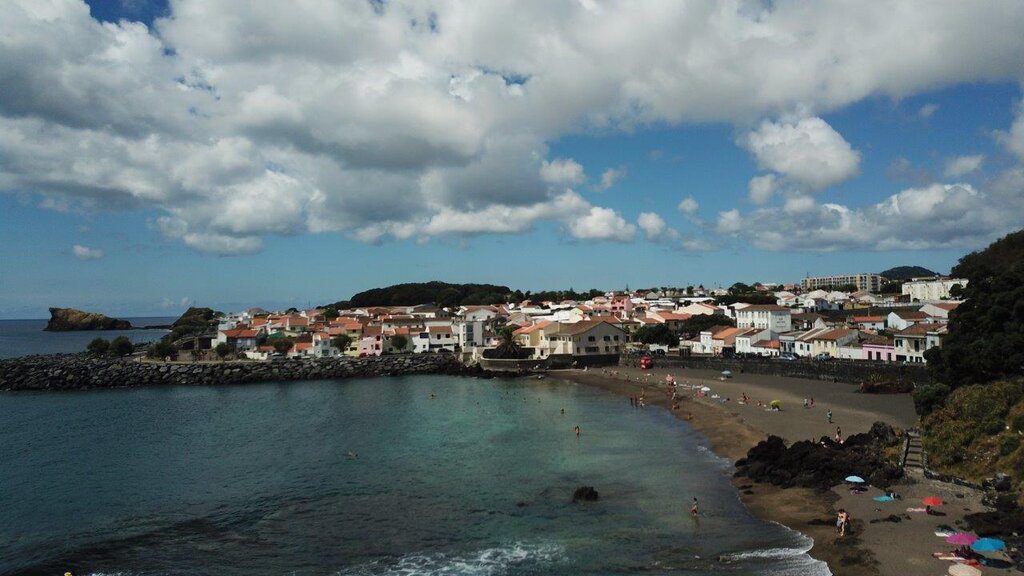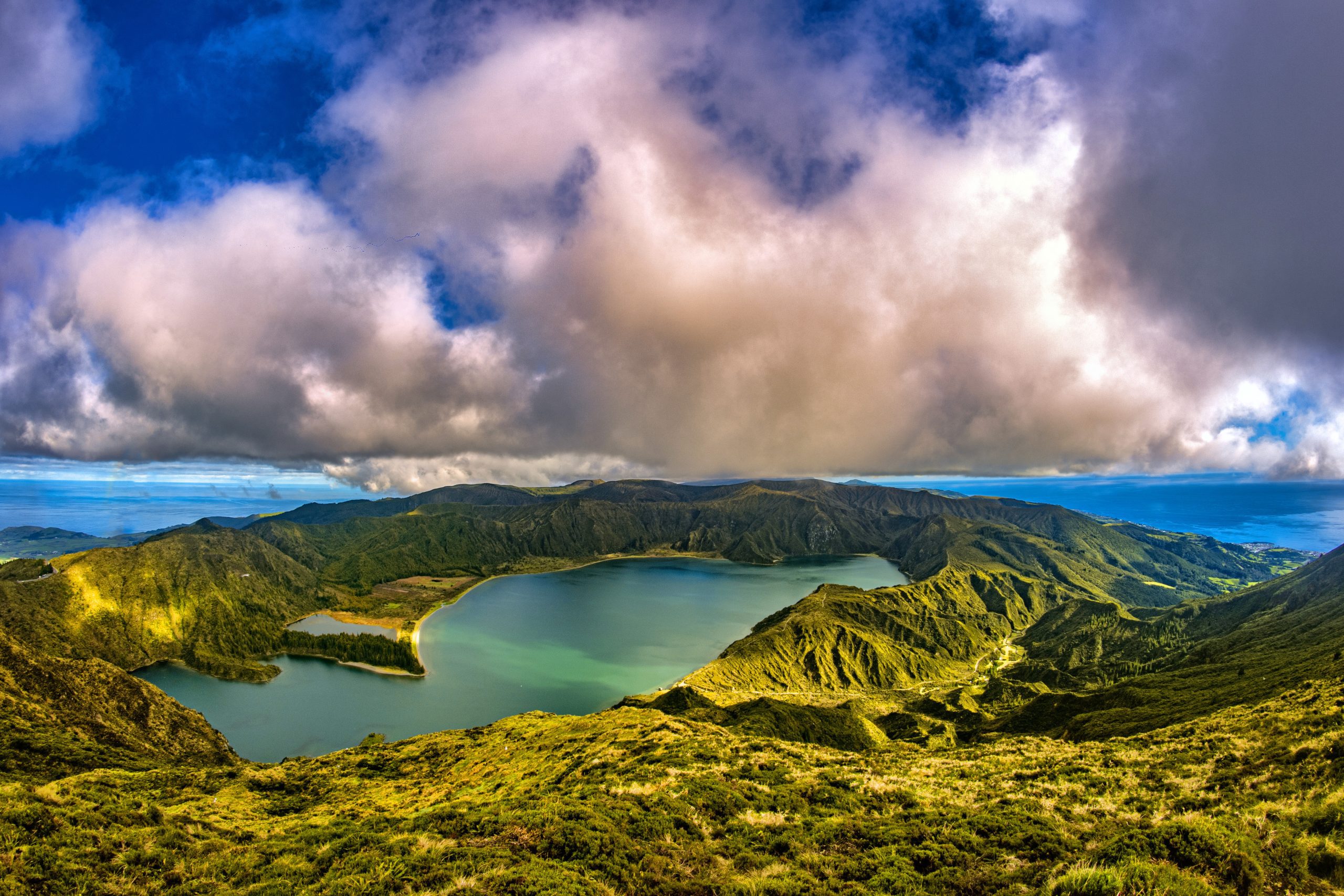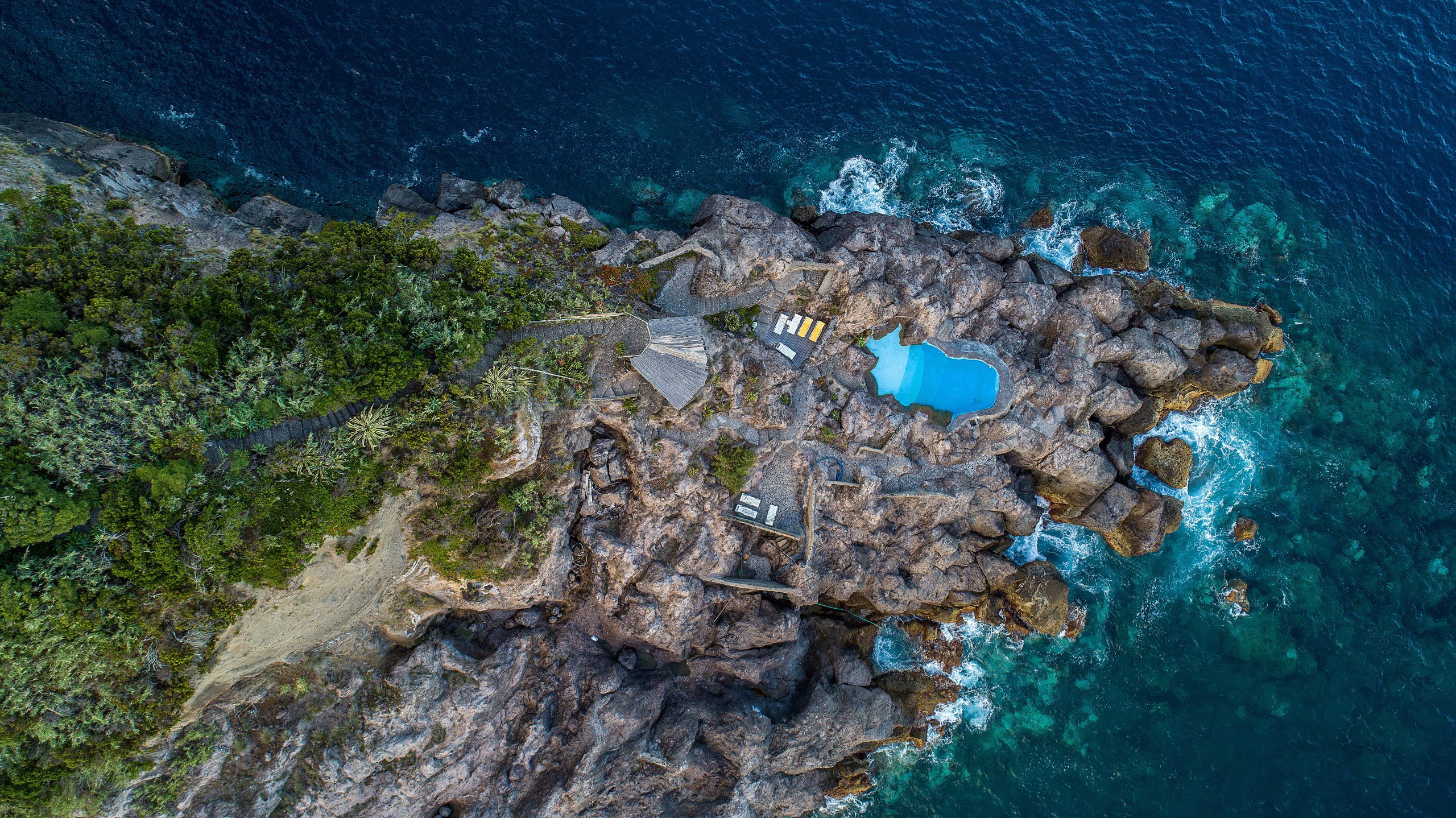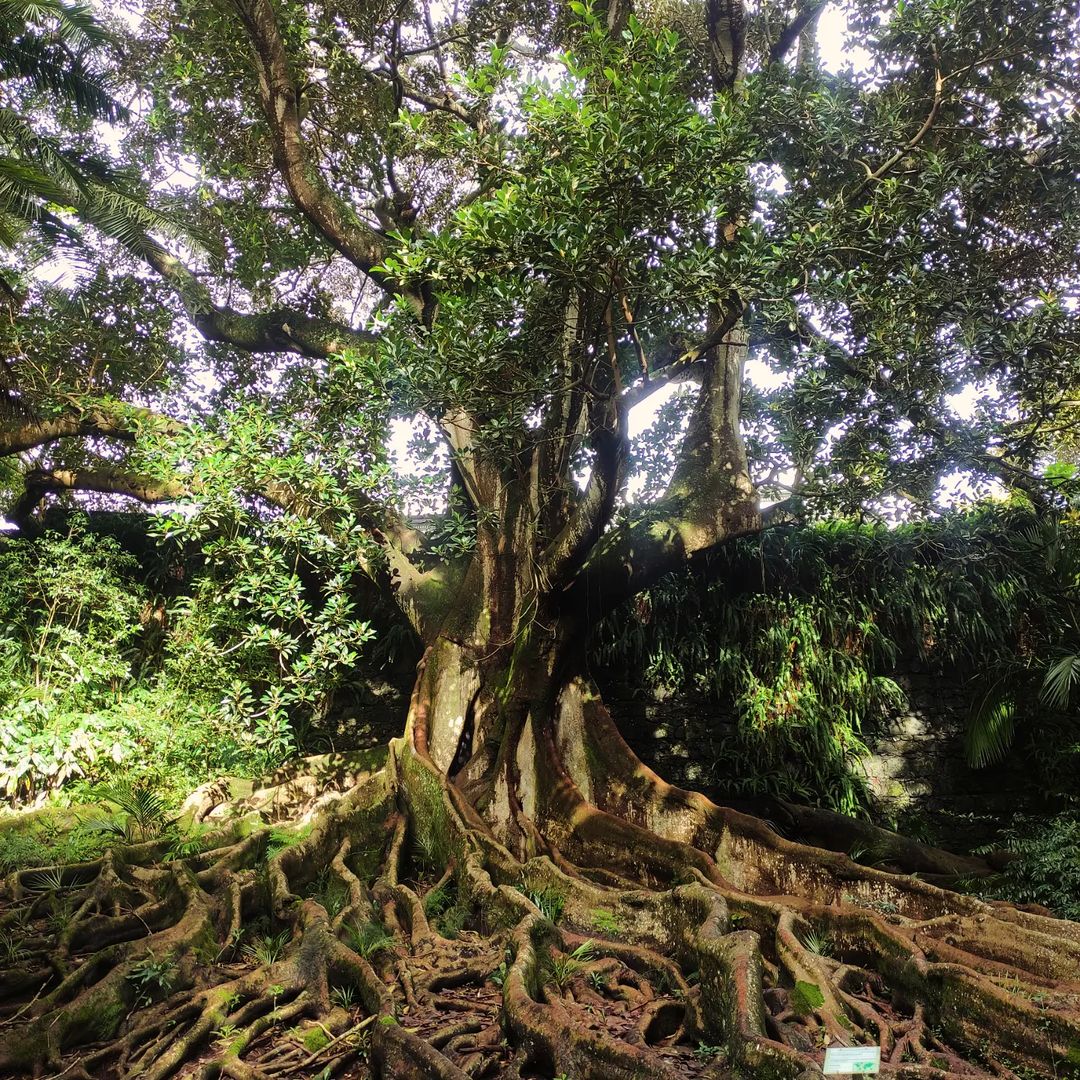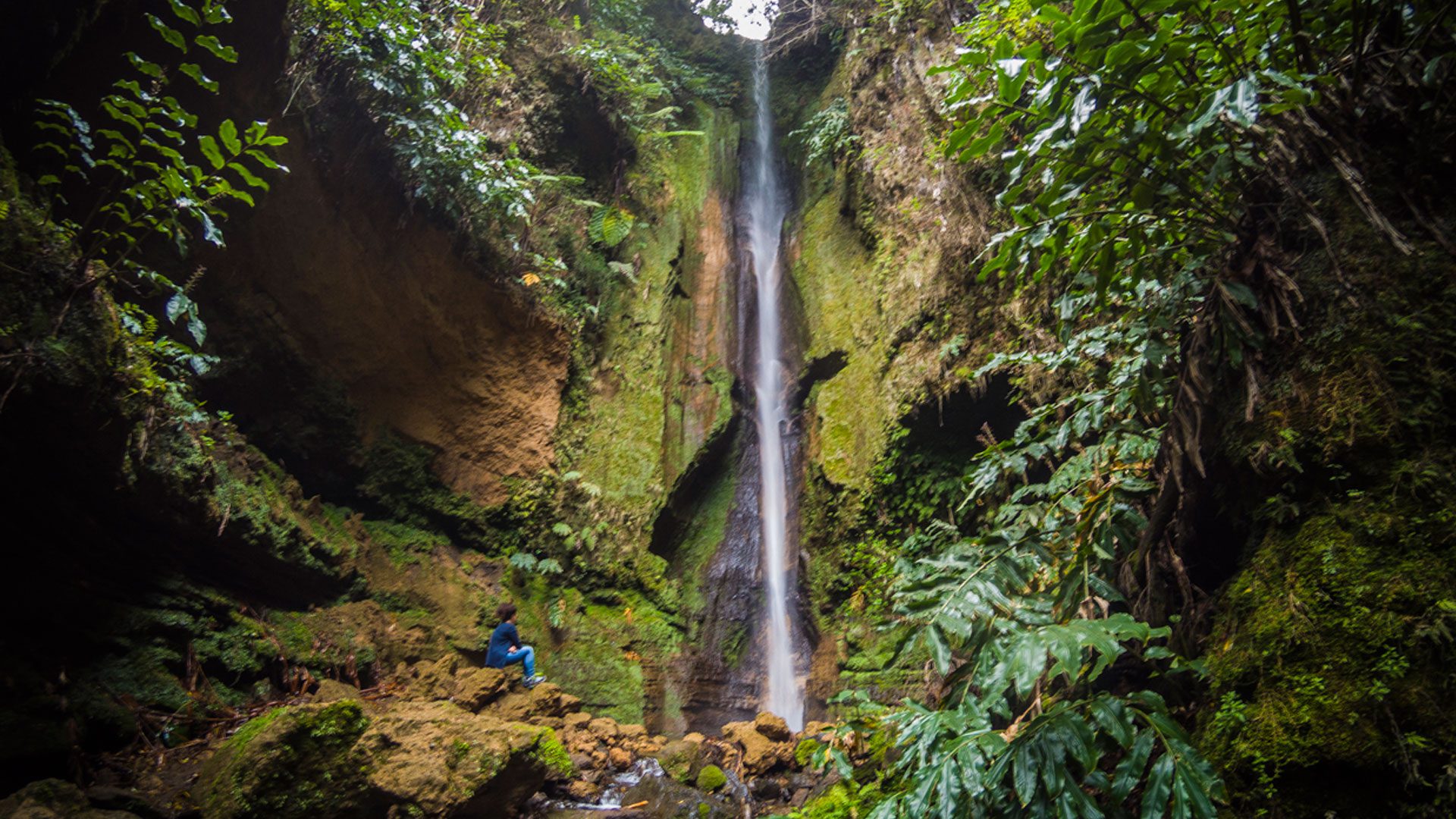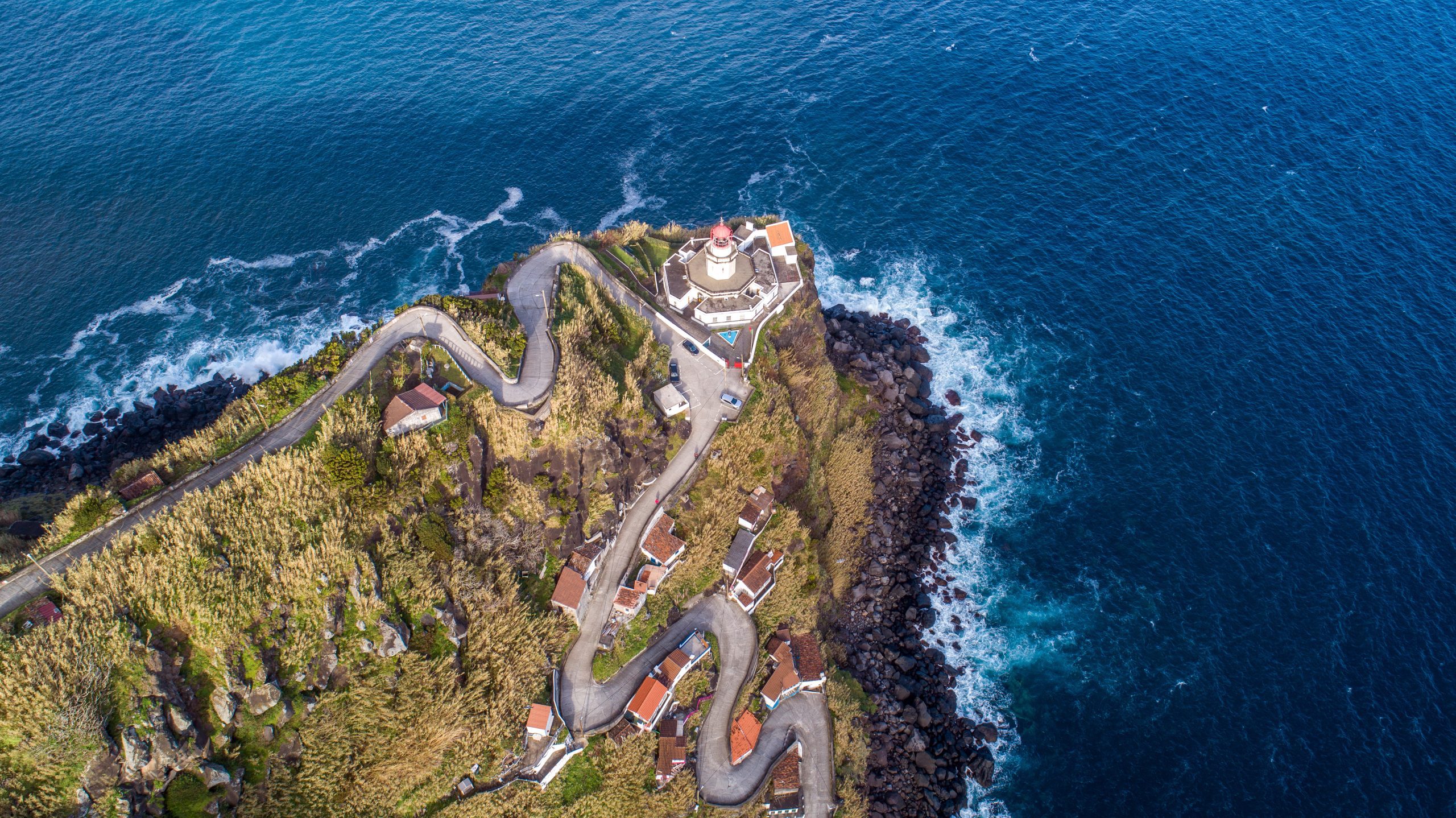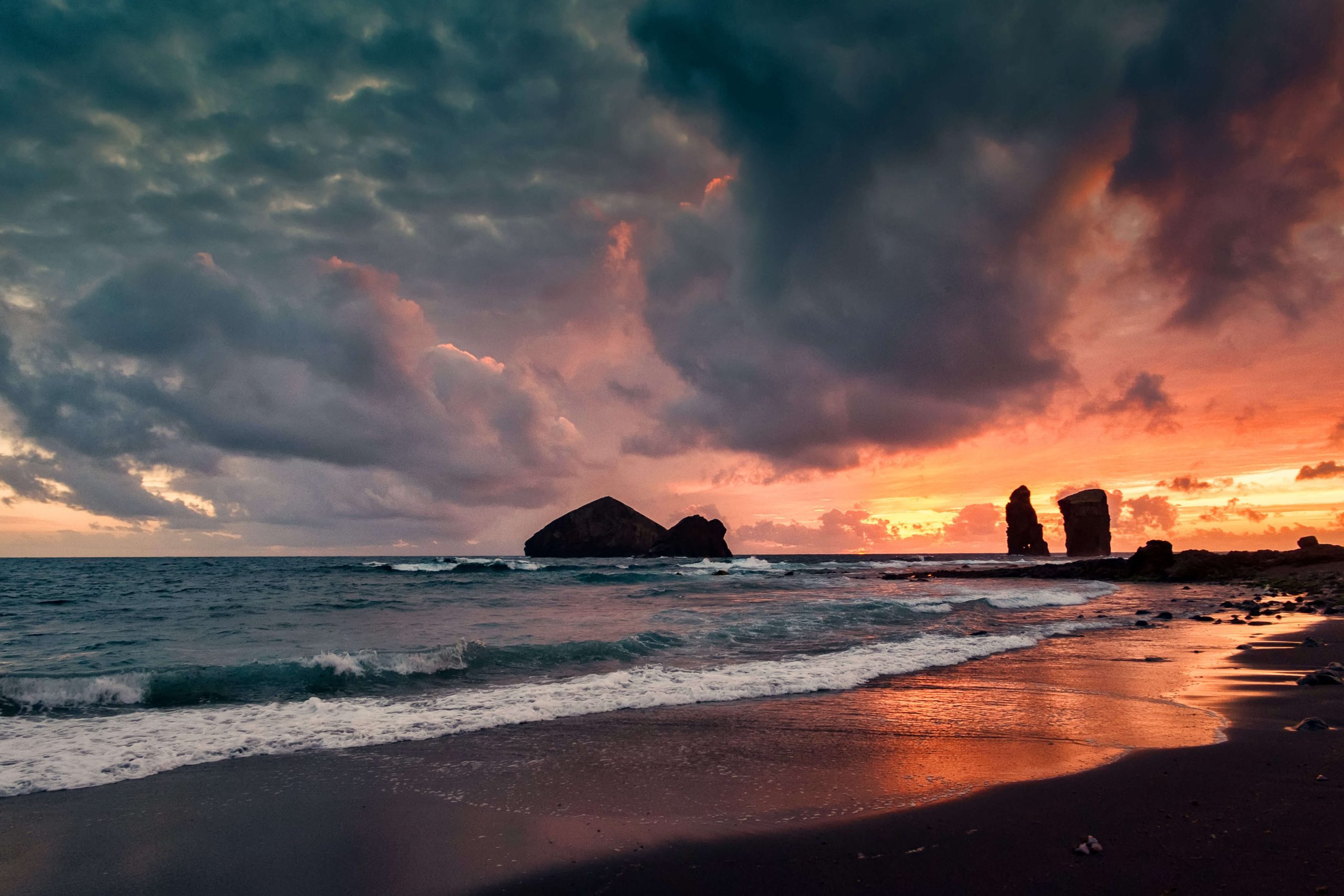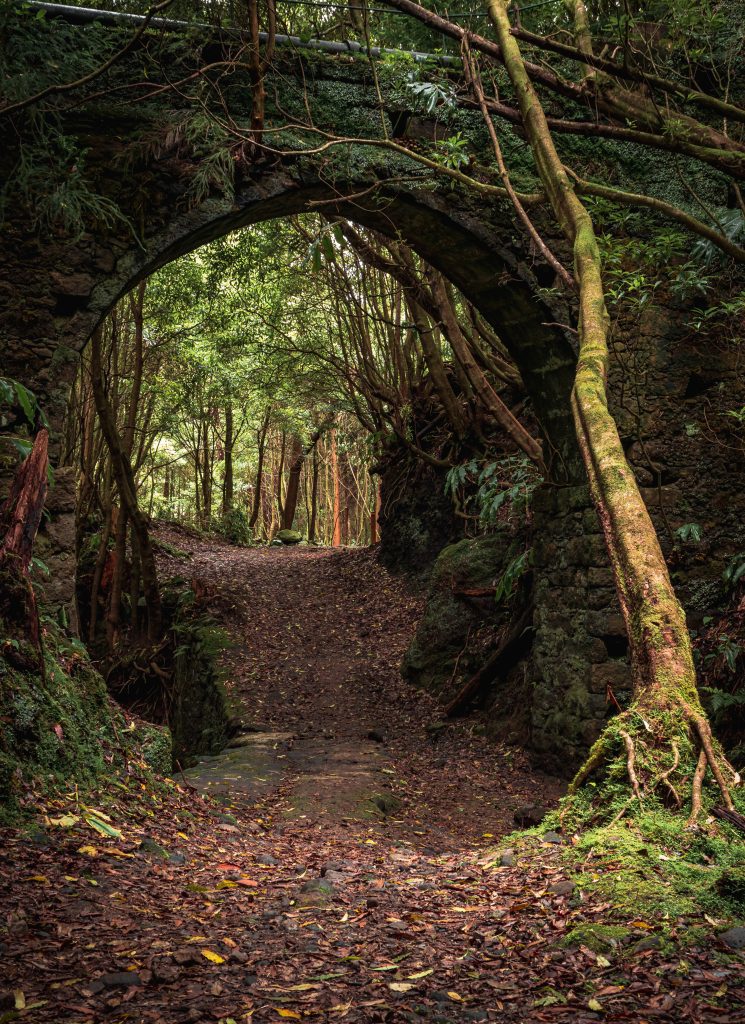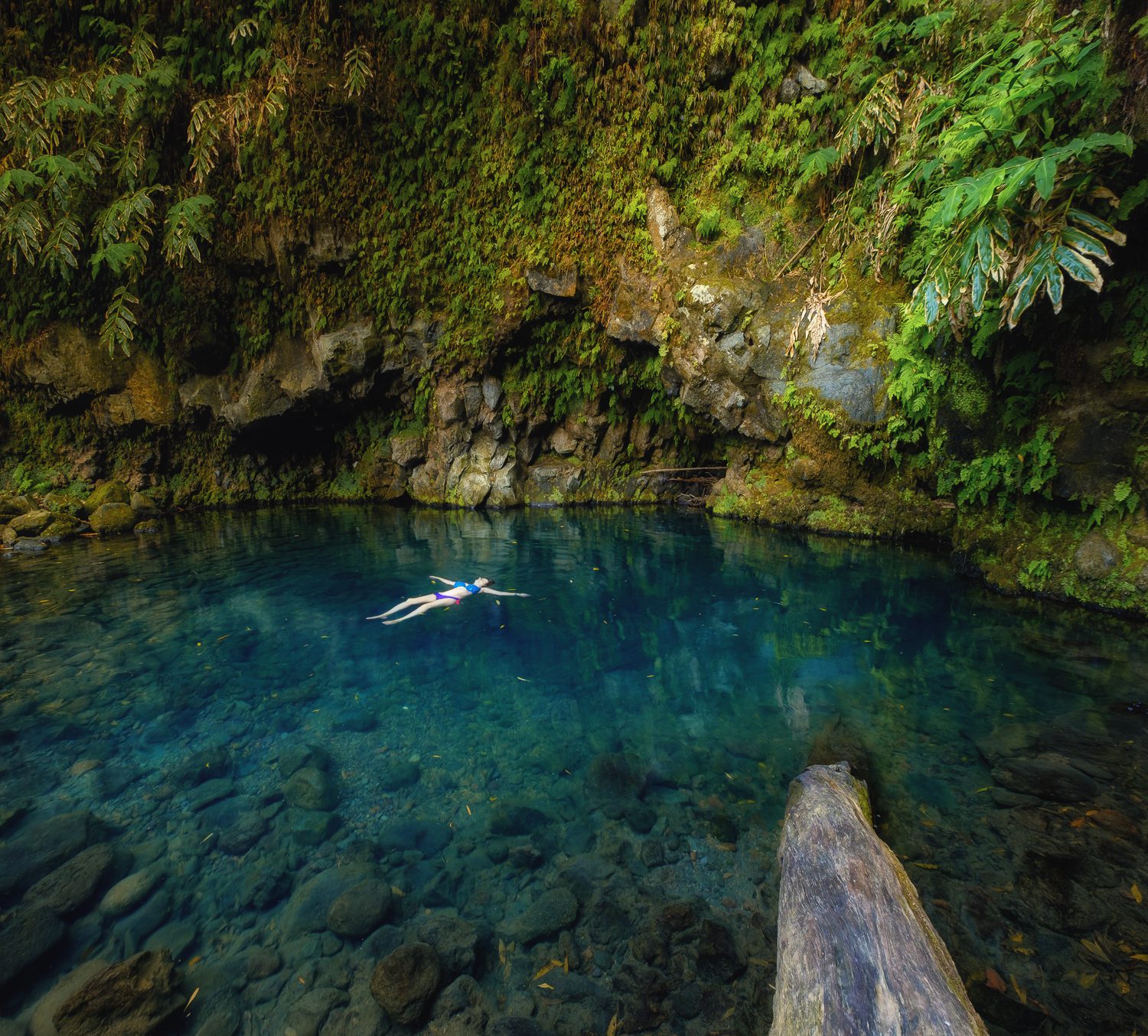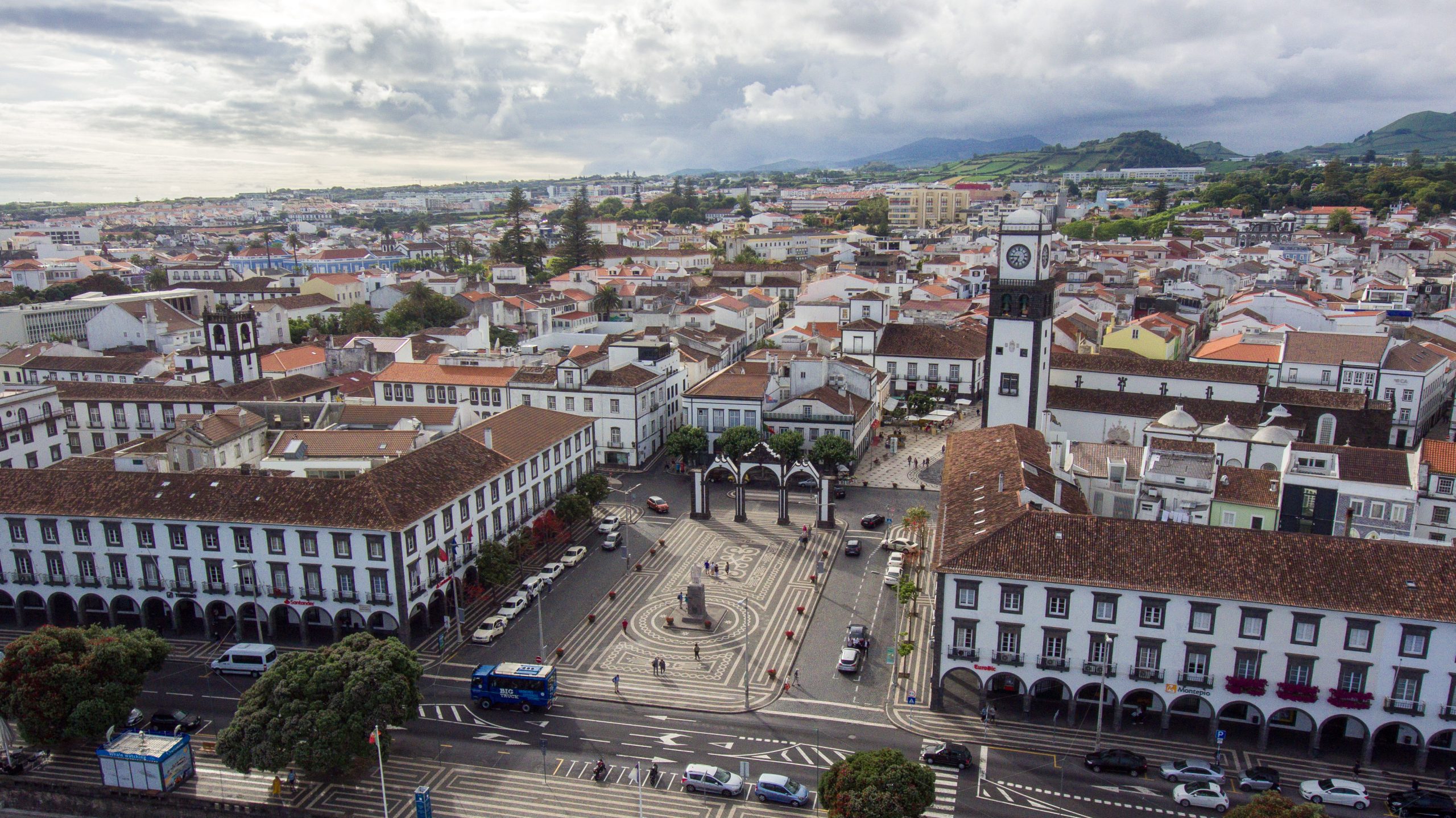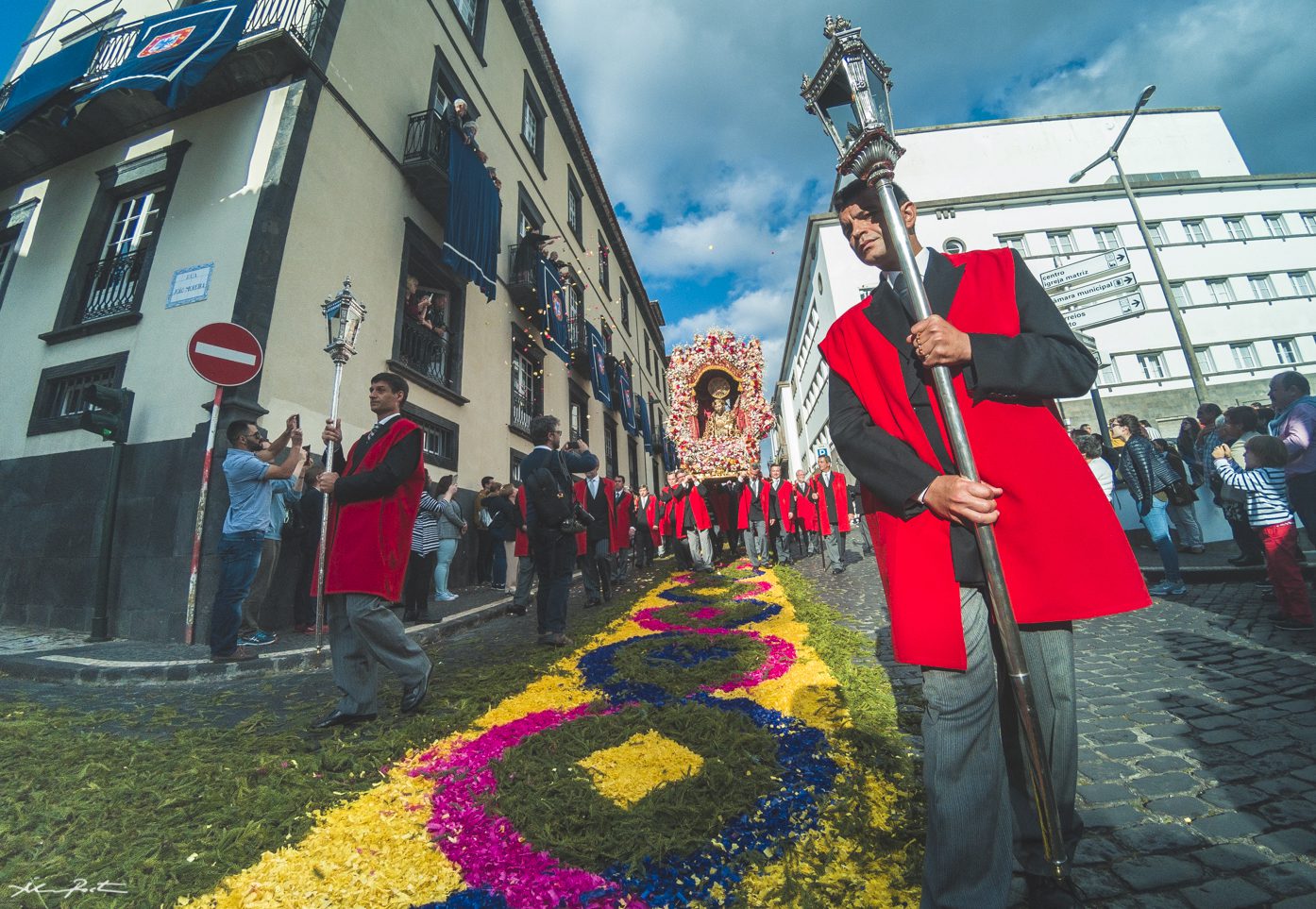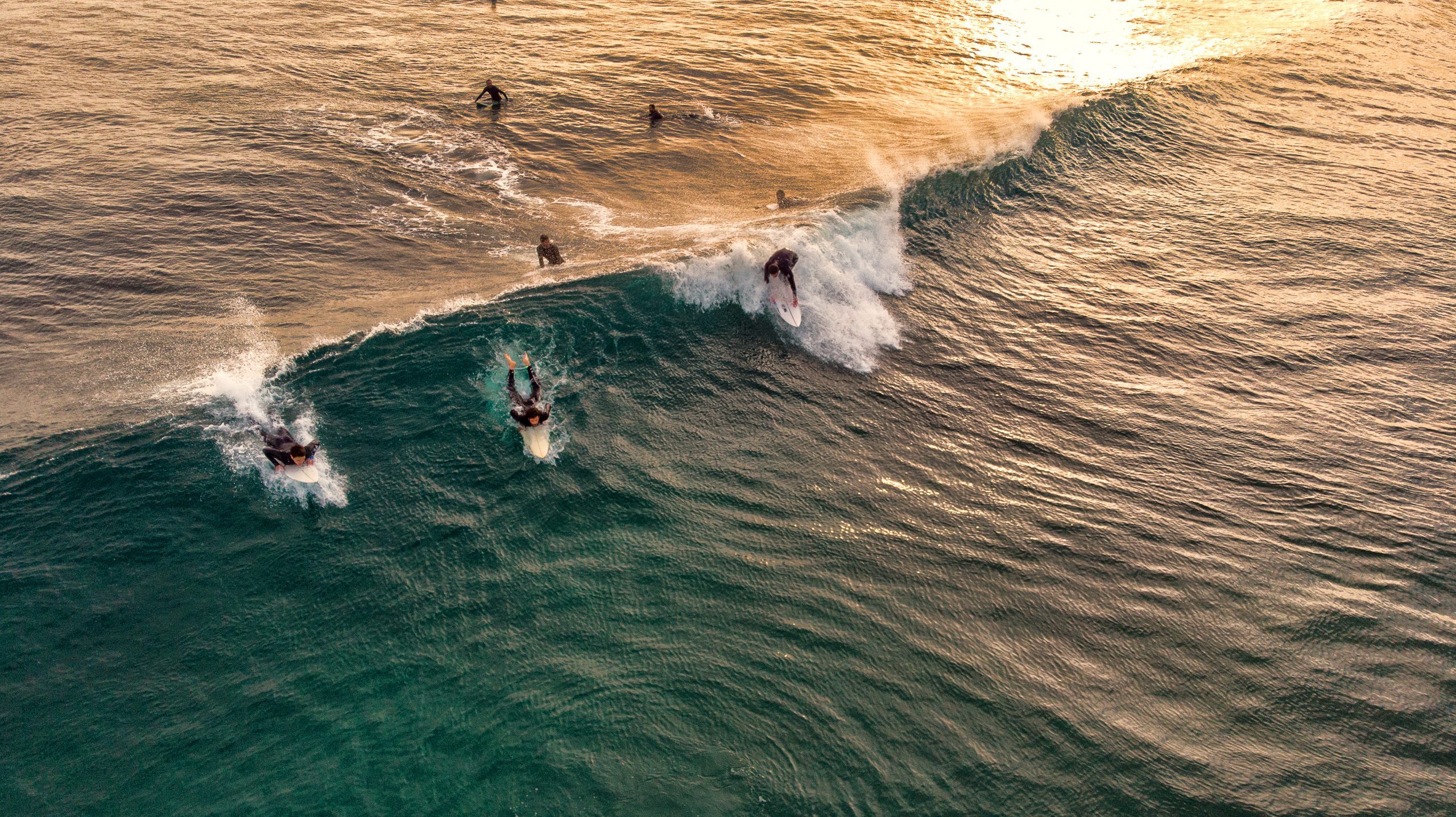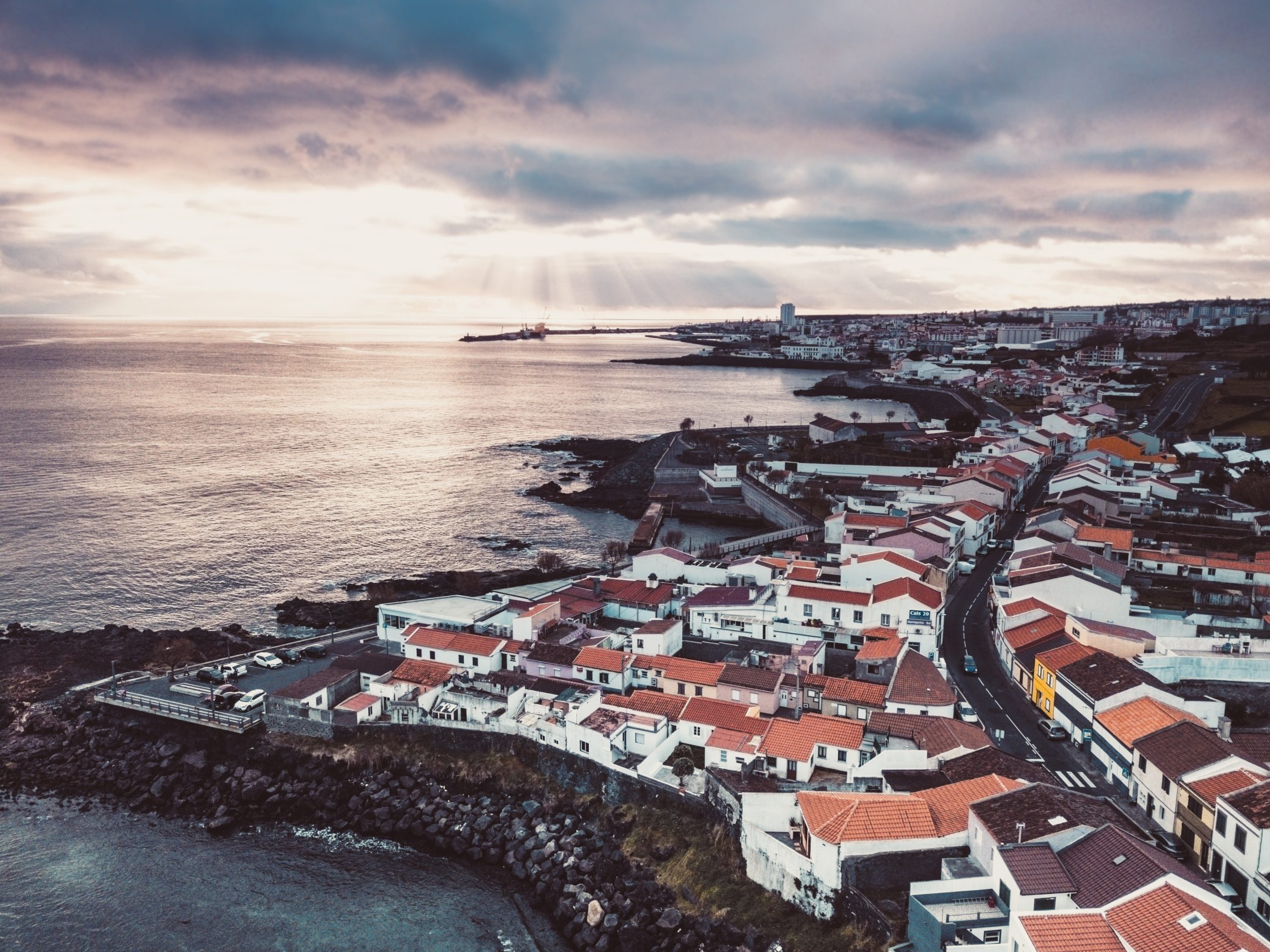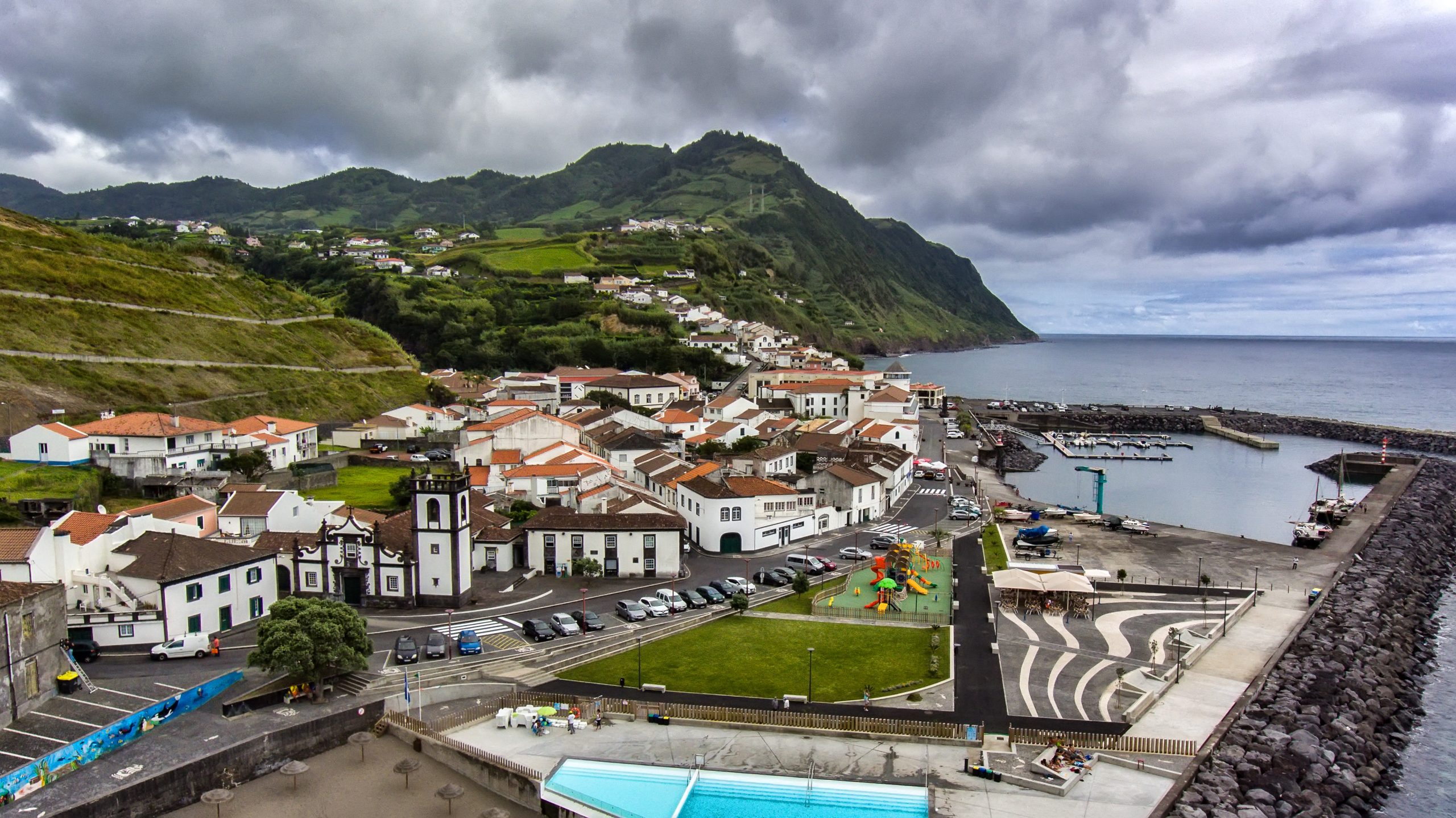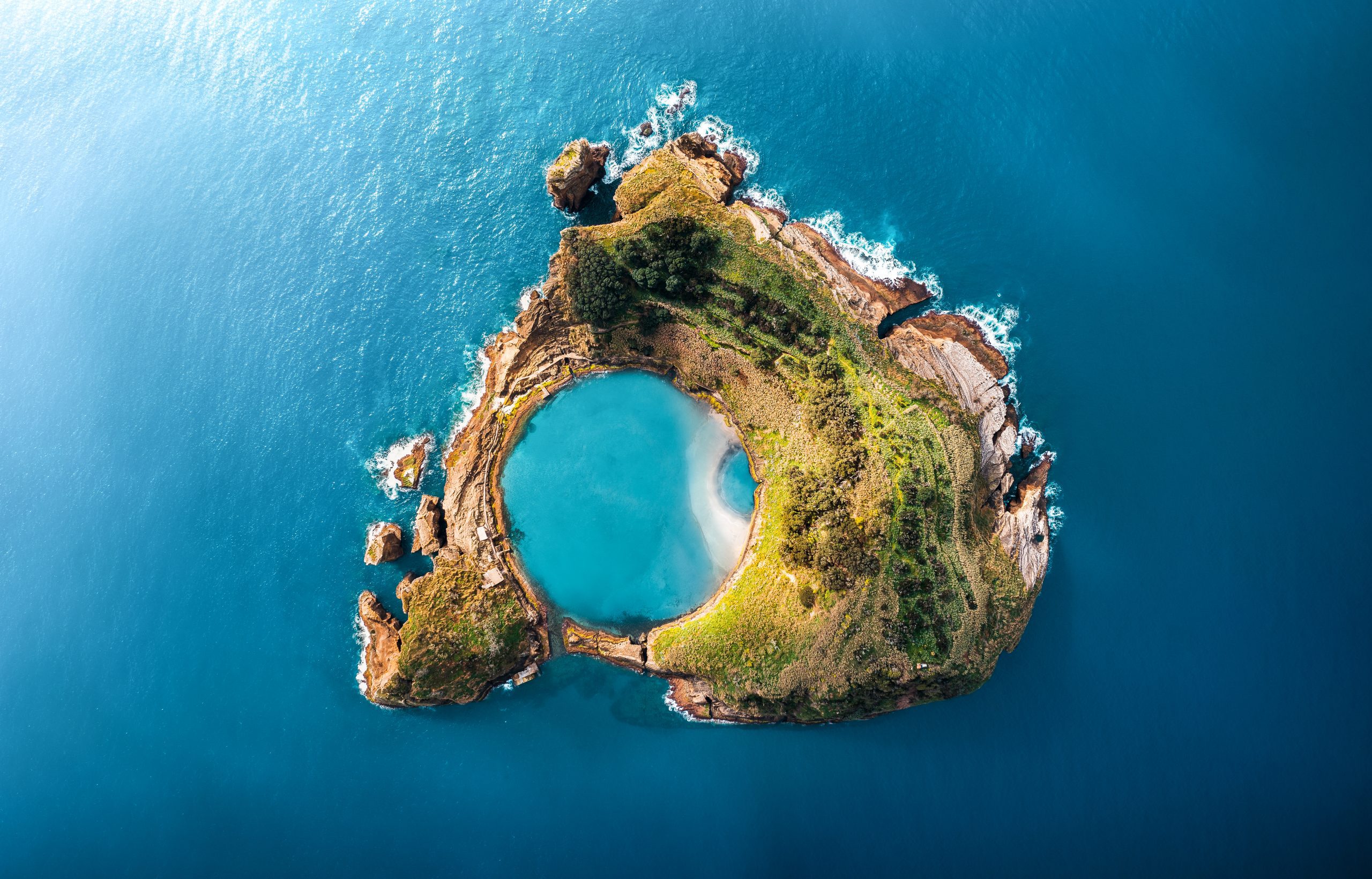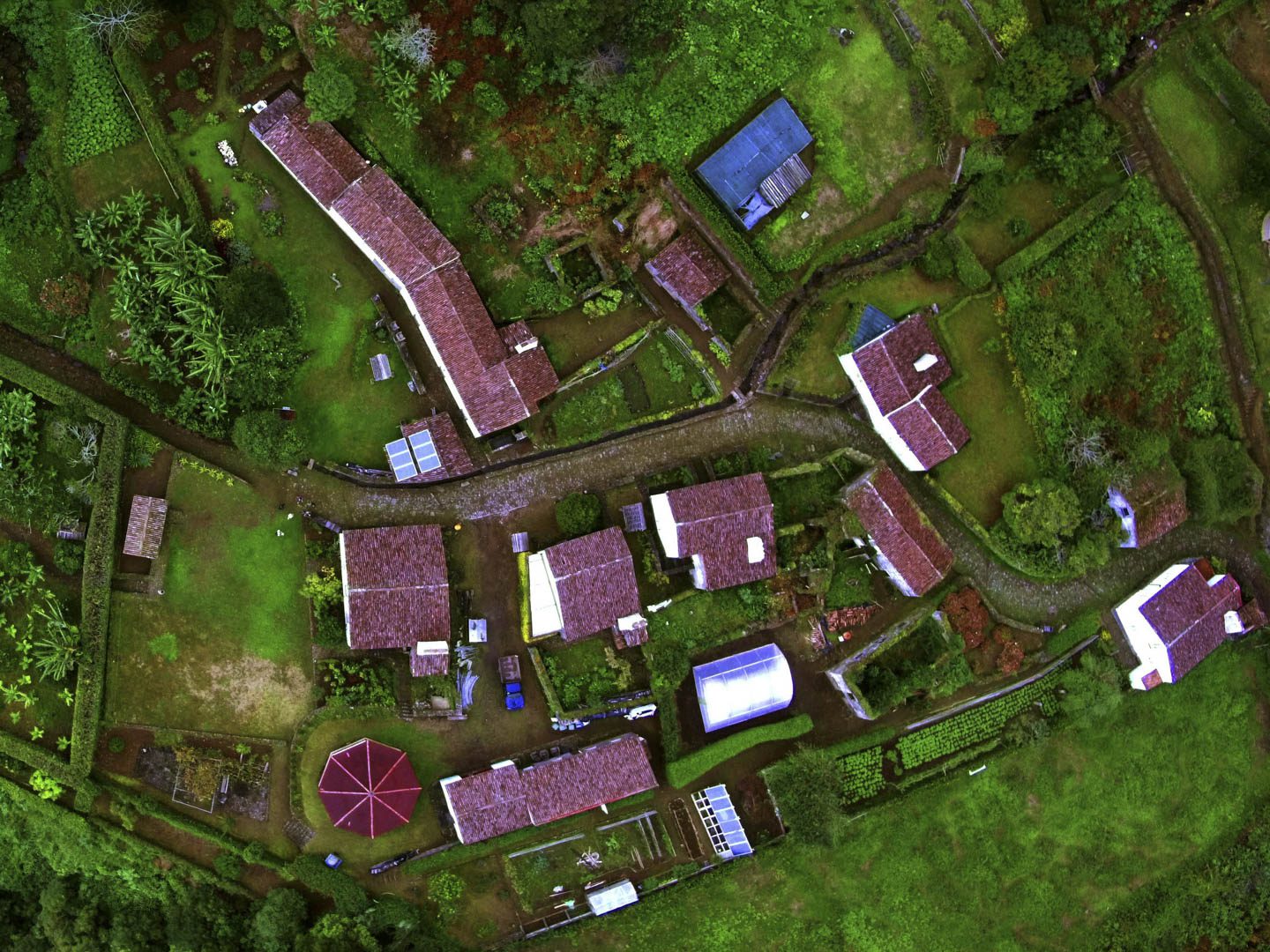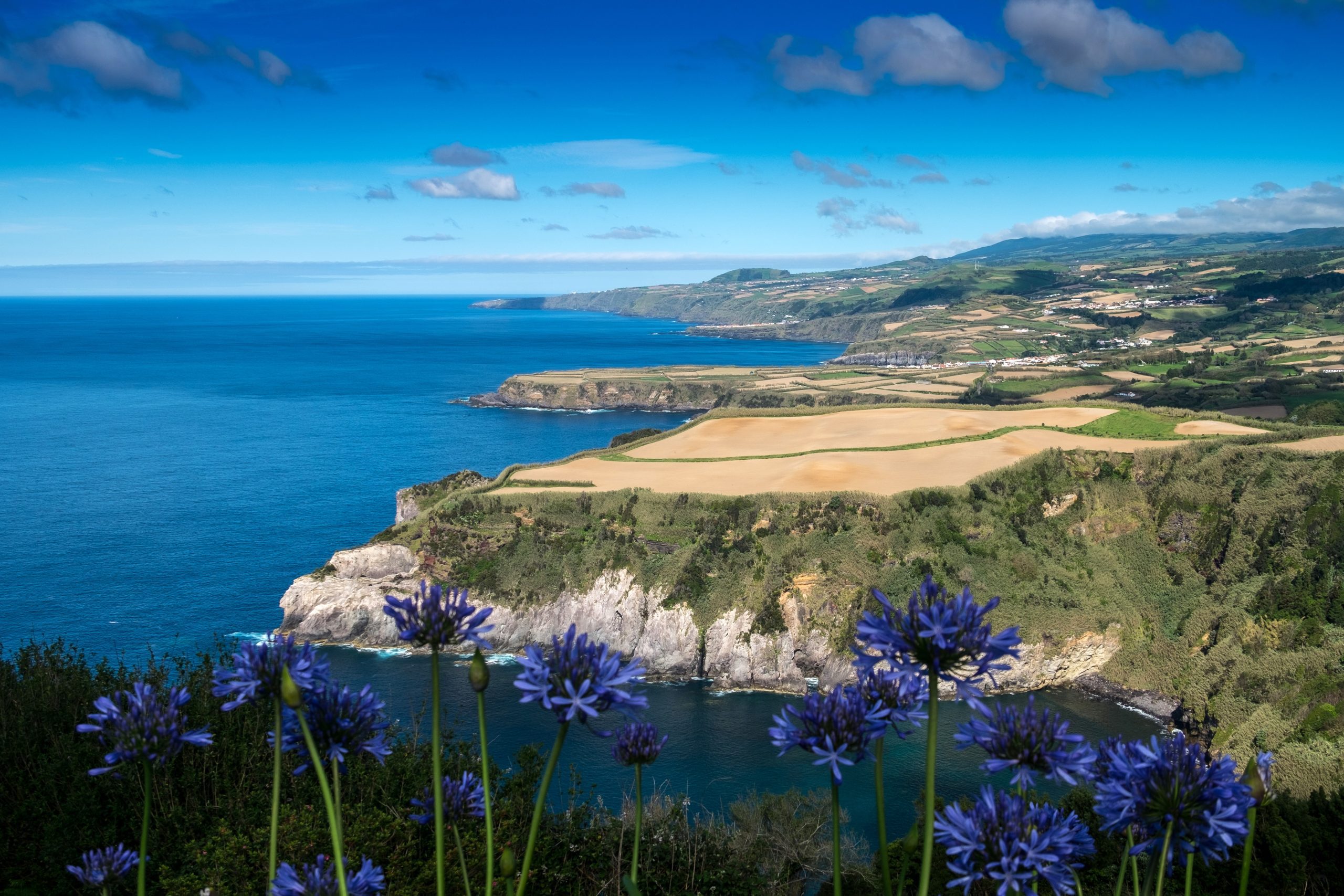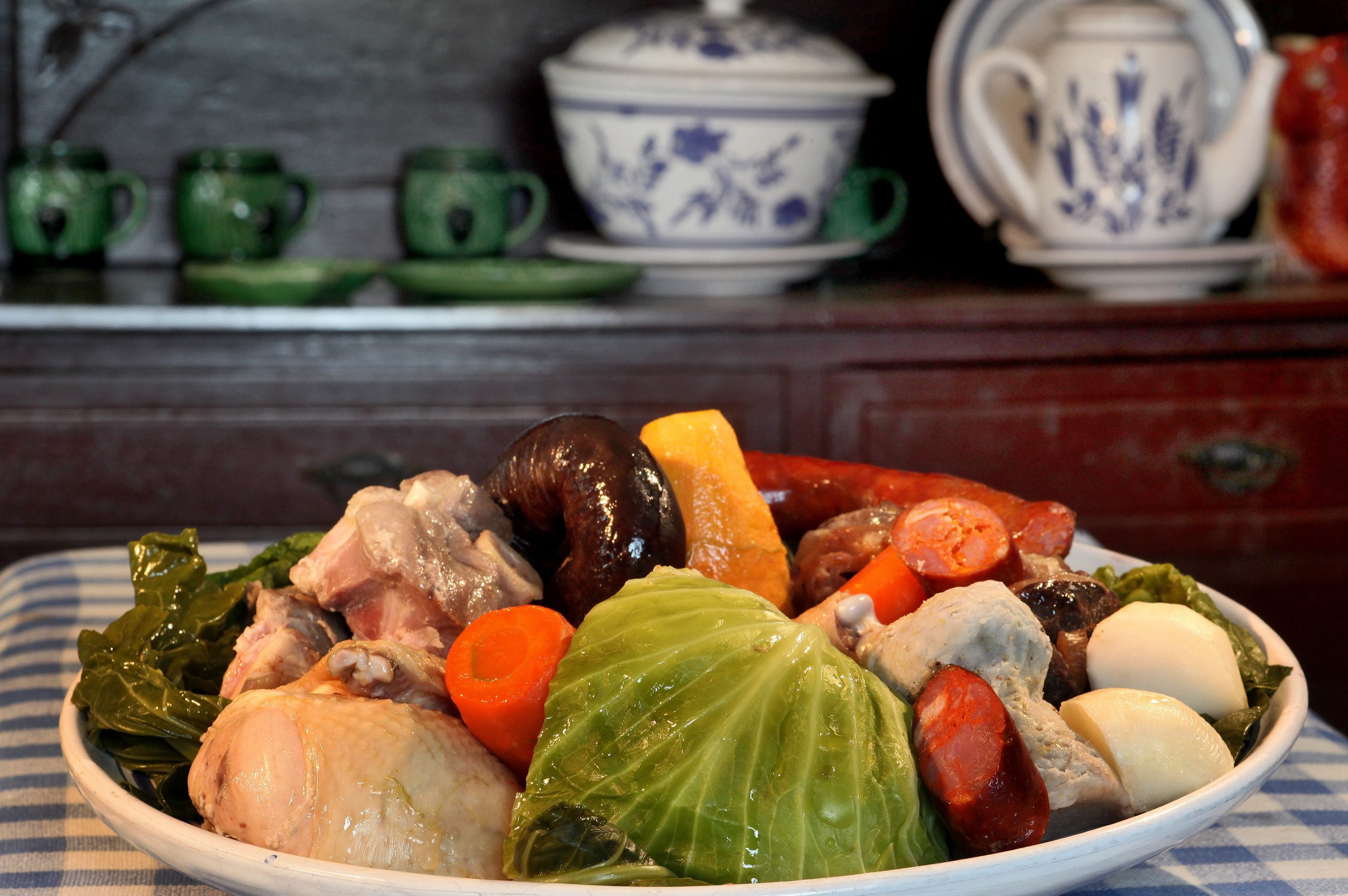Perched high above the parish of Faial da Terra, the Aldeia do Sanguinho is a charming, secluded village wrapped in lush tropical vegetation. Once abandoned, this historic gem now welcomes hikers and curious travelers along the trail to the iconic Salto do Prego Waterfall, offering a unique mix of nature, culture, and a step back in time.
What is Aldeia do Sanguinho?

Aldeia do Sanguinho is a small, picturesque, and rural village situated amidst lush tropical vegetation. Nestled along the trail to Salto do Prego Waterfall, this tranquil village reveals glimpses of São Miguel’s historical past.
Explore this serene village and immerse yourself in its blend of history, nature, and renewed vibrancy!
Brief History
Built centuries ago, Aldeia do Sanguinho served as a haven for its inhabitants. Farmers and emigrants seeking better living conditions strategically positioned to protect homes, land, and farms from severe storms. However, the village was abandoned about 40 years ago after devastating floods in Faial da Terra. At its peak, it had over 200 residents living in around 20 houses.
Did you know
Its name “Sanguinho” originates from the abundant presence of the sanguinho shrub species in the area.
Today, a revitalization project breathes new life into this historic settlement. People have restored some houses, making them available for stays. A café has also opened, offering a warm and welcoming stop for those exploring the region.
Plan Your Visit to Sanguinho

Best Time to Visit
The best time to visit Aldeia do Sanguinho is from May to September. During these warmer months, the lush vegetation surrounding the village is at its most vibrant, and the nearby Salto do Prego Waterfall offers the perfect spot for a refreshing dip after your hike. The trails are also safer and less slippery, making it easier to fully enjoy the scenery, local flora, and historical charm of the village.
For those seeking a more adventurous experience, visiting on cooler or rainier days adds a special atmosphere. Although the paths can be more challenging, the sight of raindrops filtering through the treetops creates a magical setting, enhancing the village’s secluded and timeless beauty.
Check all our articles about the weather in the Azores throughout the year 🌤️ ☔️: January | February | March | April | May | June | July | August | September | October | November | December
How to Get to Sanguinho
Aldeia do Sanguinho, located in the parish of Faial da Terra, is easily accessible and offers several amenities for visitors.
The journey from Povoação to the village is approximately 9 km. You can travel by car, motorcycle, taxi, or bicycle. Following the EN1-1A, which Google Maps considers to be the best route, takes about 16 minutes by car or 56 minutes by bike.
Where to Eat
Click on the following link to find a place to eat near Povoação. It will take you to TripAdvisor, where you can review the 10 best restaurants.
Where to Stay
Searching for the perfect place to stay? We’ve made it easy by filtering top accommodation options from Airbnb and Booking. Here, you’ll find the ideal place to stay and enjoy your visit!
Nearby Attractions
Povoação

The stunning county of Povoação, located about one hour from Ponta Delgada by car, offers a captivating blend of history and nature. Known as the first place settled on São Miguel Island, it boasts diverse landscapes — from lush green mountains to the vast Atlantic coastline — that invite visitors to connect with the natural world. Its charming gardens, traditional architecture, and rich cultural traditions, such as the Festas do Espírito Santo, make Povoação a must-visit for anyone exploring the Azores.
Check all our articles about each one of the most relevant points of interest in Povoação: Povoação | Aldeia do Sanguinho | Faial da Terra | Salto do Cagarrão | Salto do Prego | Ribeira Quente Waterfall | Praia do Fogo | Miradouro do Pico dos Bodes | Miradouro Vigia da Baleia
Faial da Terra

Faial da Terra, also known locally as the “Nativity Scene of the Island”, is a picturesque parish on São Miguel with around 350 inhabitants, whose lives revolve mainly around agriculture. This charming place stands out for its fertile lands, its proximity to the sea, and its easy access to some of the island’s main bathing areas.
Did you know
Faial da Terra is believed to have been one of the first places to be settled on São Miguel in the early 16th century. The name comes from the abundance of the Faya-da-terra (Morella faya), a tree native to Macaronesia that once dominated the island’s lowland forests.
Salto do Prego Hiking Trail

The Salto do Prego Trail immerses you in an untouched forest rich in dense vegetation and unique species typical of the Azores. As you walk this scenic path, you’ll pass:
- Family orchards nestled along the route.
- Trickling streams feed the main river.
- Local wildlife is thriving in its natural habitat.
- The breathtaking Salto do Prego Waterfall.
This circular trail stretches 4.5 km and combines gentle slopes, wooden bridges, and a few steps. The journey typically takes around two hours at a moderate pace, excluding time spent marveling at the waterfall.
Two paths lead to the cascade: a shorter, easier route and a longer, more challenging one. The trail continues beyond the waterfall, looping back to where it began.
Your adventure starts in Faial da Terra, a picturesque parish in a verdant valley. The Ribeira do Faial da Terra flows through lush landscapes before meeting the sea, offering a serene backdrop to this unforgettable hike.
Salto do Prego Waterfall

After completing the Salto do Prego Trail, you’ll arrive at this stunning natural gem. A true highlight of São Miguel, the waterfall rewards every visitor who makes the effort to reach it.
Although the Salto do Prego Waterfall is relatively small, its mighty cascade and serene surroundings make it unforgettable. The icy waters plunge into a shallow pool framed by rugged rocks, offering an ideal spot to unwind and connect with nature.
Take a moment to relax, have a picnic with family or friends, and bask in the tranquility. Whether soaking in the refreshing water or exploring the top of the waterfall, visitors often describe the experience as revitalizing for both body and mind.

Complementary Information
Best Season to Visit the Azores
The Azores Archipelago boasts a unique climate that shapes its lush landscapes, making it a splendid year-round destination. With mild temperatures and minimal fluctuations, each season offers something unique. Spring averages 16 °C, summer reaches 21 °C, autumn cools to 18 °C, and winter remains mild at 14 °C.
→ For a detailed breakdown of the weather by month, check the following links 🌤️☔️: January | February | March | April | May | June | July | August | September | October | November | December
How to Get to the Azores
The Azorean Archipelago is easily accessible through numerous flight routes. Lisbon and Porto are the main entry points to the continent, with direct flights available to São Miguel (PDL), Terceira (TER), Faial (HOR), Pico (PIX), and Santa Maria (SMA). To find the best flight, use search engines like eDreams or Skyscanner. These platforms enable you to compare prices and schedules from various airlines in one convenient location.
For more details on how to get to the Azores, take a look at our complete guide. But what if you want to explore beyond your arrival island? We’ve got you covered!
- Azores airports 🛬
- Flights between islands ✈️
- Ferries between islands ⛴️
- Which island to choose? 🏝️
- What airlines fly to the Azores? 🛩️
→ Once you’ve found the perfect route, book your tickets and get ready to experience one of the world’s most stunning island groups!
Travel Essentials
Essential Information for your Azores trip: Azorean Language & Phrases 🗣️ | Currency & Banks 💵 | Credit Cards & Traveler’s Cheques 🏧 | Driving in the Azores 🚗 | Electricity 🔌 | Experiences & Tours 🗺️ | Health & Safety 🩺 | Internet & Wi-Fi Access 🛜 | Phones & Mobile Service 📞 | Post Offices & Buying Stamps ✉️ | Public Holidays 🏖️ | Shopping 🛒 | Time & Daylight 🕒 | Whale Watching Guide 🐳 | Best Island to Visit 🏞️
Useful Tools & Apps
The weather in the Azores can be variable, so it’s helpful to use some apps before visiting the islands. Spotazores provides live camera feeds from the main tourist attractions, allowing you to check the weather and plan your visit. For accurate weather predictions, use Windy or Windguru — they provide the most reliable predictions.
Video
Conclusion
Aldeia do Sanguinho is more than just a stop on the way to Salto do Prego — it’s a living piece of Azorean history brought back to life. Whether you visit for the hiking trails, the lush tropical landscapes, or the charm of a restored traditional village, this hidden gem offers a rare chance to step back in time while surrounded by nature at its finest.
From its abandoned past to its vibrant present, Sanguinho is a reminder of the resilience and beauty of São Miguel’s rural communities. If you’re exploring the island’s southeast, make sure this magical spot is on your list — the journey is just as rewarding as the destination.
Authors’ Note
I am pleased to inform you that all the recommendations in this article are based on my personal experience and observations. As the author, I have personally visited each attraction mentioned, ensuring that every suggestion is grounded in first-hand knowledge and genuine enthusiasm.
FAQs
Aldeia do Sanguinho is located above the parish of Faial da Terra, in the municipality of Povoação, on São Miguel Island, Azores.
The village is accessible only on foot via a trail starting in the center of Faial da Terra and going uphill. This path is also the route to the Salto do Prego Waterfall.
The name comes from the abundance of the sanguinho shrub (Frangula azorica), an endemic plant species found in the area.
The village was abandoned around 40 years ago, but today some houses have been restored for accommodation and tourism. There is also a café welcoming visitors.
Photo Gallery

















